Sept 2021
“However orderly your excursions or aimless, again and again amid the calmest, stillest scenery you will be brought to a standstill hushed and awe-stricken before phenomena wholly new to you. Boiling springs and huge deep pools of purest green and azure water, thousands of them, are plashing and heaving in these high, cool mountains as if a fierce furnace fire were burning beneath each one of them; and a hundred geysers, white torrents of boiling water and steam, like inverted waterfalls, are ever and anon rushing up out of the hot, black underworld.” John Muir, 1898
I don’t usually start my posts with a quote. But John Muir got it exactly right. “…hushed and awe-stricken…” “…huge deep pools of purest greens and azure water…” “…plashing and heaving in these high, cool mountains…” “…a hundred geysers…” “…boiling water and steam..” That is exactly Yellowstone.
In September of 2021, I was just beginning to travel again after almost two years of “being grounded” due to the COVID pandemic. This trip was somewhat unexpected as my friend Debby and I were on the waiting list and lo and behold, someone canceled, and we got to go. So with my trusty Olympus E-Mi Mark III and my Olympus 100-400, and 12-100 mm lenses, we were off on our adventure.
As anyone that has been following my blog knows, I have traveled the world. But I was embarrassed to say that I had never been to Yellowstone or Grand Teton National Park. So it was about time. This is one of three posts from this trip. The other two will cover wildlife and the Grand Tetons. But this post is all about Yellowstone and the the views, the geysers, the colors, the hot springs, the waterfalls, the lakes, the landscape.
The First Leg
We were traveling with Natural Habitat, a travel organization which describes itself as an “adventure travel outfitter devoted to conservation through exploration.” I had traveled with them before (and have quite a few other trips booked with them). Their groups are small, the guides fantastic, and their itineraries pretty perfect. They had requested that we arrive by 4:00 that day so Debby and I flew to Seattle on a very early morning flight, arriving there right on time. But our flight into Bozeman was delayed – why? One of the lavatories was not working. They worked on it for a while to no avail. We all decided it was OK to fly with only one lavatory. Then as we started to leave the gate, we were blocked by a stuck plane. We had to wait for that plane to get towed. Over an hour later, we were finally on our way.
But no worries. The Nat Hab (as everyone calls Natural Habitat) crew was on top of things, texting me so we were all in the loop. They arranged for someone from the hotel to pick us up.
Our first stop – Bozeman
I am usually an aisle kind of gal, but I chose to sit by the window on the flight into Bozeman. The ground looked marbled, primarily brown and tan with a plot of green now and then with a meandering river. The mountains creeped up on us with white clouds covering the peaks. The sky was dark and the ground covered by shadows except for one patch of sunlight. And then landscape broke into farmland dotted with little white houses here and there, still surrounded by the mountains. We flew lower and lower as if we would land on a field. And suddenly there was the runway.
The Bozeman airport is charming. That is truly the best word to describe it. As you can imagine, it is relatively small and almost all wood. As we walked into the baggage area there was a large bison statute and in the baggage claim area there were animal statues of all sorts – all the wildlife we were hoping to see in person.
Our driver was waiting for us and we were quickly taken to the Element Hotel by Marriot where Kurt Johnson, our guide and leader for the next week, was waiting for us, gifts in hand. Gifts? Yes, Nat Hab always supplies us with metal water bottles to refill throughout the trip.
Kurt Johnson
A word about Kurt Johnson. Kurt is a naturalist, a photographer and the author of several books, including a Field Guide to Yellowstone and Grand Tetons National Parks, THE guide to have on this trip. Kurt also has “cheat sheets” with pictures and descriptions of all the mammals and birds you might see in Yellowstone and the Grand Tetons. Check out ‘Wild Things of Wyoming” at www.wildthingsof wyoming.com. How lucky were we to have him as our guide!
Element Hotel
We settled into our room, not really unpacking as we were only here for one night. And then it was off to the welcome dinner where the menu included elk and where we would meet our fellow travel companions, David and Joan and their daughter Erin, all physicians, and Chet and his son, Travis, and us. We were a small group of only seven people, a perfect size. This was a photography group and having a small group meant there would be plenty of room for all our camera gear.
The next morning, after putting our luggage outside our door to be picked up, we headed to breakfast. Breakfast here was probably once a lovely buffet. But today, with all the new pandemic fears and restrictions, it was prepacked eggs, yogurt and anything else that could be wrapped up and eaten with plastic. But the beds had been comfortable, the rain shower a great waker-upper, and we were so ready to hit the road in Moose, our transportation for the next 6 days.
- Moose
- Moose in our Moose car
Yellowstone History
You can’t visit Yellowstone (either in person or vicariously by reading my post) without understanding its history. I actually believe that about everything. You have to know the past to understand the present.
Let’s start with where one finds Yellowstone. It is located in the western part of the US with 96% in Wyoming, 3% in Montana and remaining 1% in Idaho. We would be visiting the parts in Wyoming and Montana, but would not make it into Idaho. And it is big, really big. The park is 63 miles from north to south and 54 miles east to west. It is larger than either Rhode Island or Delaware at 2,219,798 acres which is about 3468 square miles. There are rivers and lakes over 5% of the park with the largest being the Yellowstone Lake (136 square miles) with 110 miles of shoreline and 400 feet deep. Forests take up 80% and grasslands the other 15%.
Yellowstone has been an attraction for its unique hydrothermal wonders, geologic wonders and of course, the wildlife. It was the geysers that first attracted tourists, but now it is the wildlife that brings people back again and again. Each year there are millions of people that visit. Luckily, we were here after the main tourist season, so it wasn’t too crowded.
A National Park
And why a national park? In March of 1872, then President Ulysses S. Grant signed a law passed by congress that established Yellowstone as the first national park in the US. Some also believe that it was the first national park in the world. And why declare it a national park? To protect the geothermal features (including the famous Old Faithful geyser – more on that later), the geologic wonders and of course, the wildlife. And in 1978 it was named a UNESCO World Heritage Site.
Yellowstone was inhabited by Native Americans for over 10,000 years. But others had not discovered it until exploration began in the 1860s. And there was a lot to explore. Yellowstone is made up of almost 3500 square miles and is filled with lakes, rivers, canyons, and mountains. Yellowstone Caldera, the largest supervolcano on the continent, is here. What is a caldera? It is a dormant volcano, luckily dormant, although it has erupted with tremendous force several times in the last two million years. Kurt kept reminding us that we may be due for another eruption. Luckily, there are plenty of experts watching out for that. The park therefore is made up of lava flows and rocks and lots of obsidian.
Roche Jaune
And why is the park called Yellowstone? Well, for one reason, the Yellowstone River runs through it. But why “yellow stone?” French trappers, visiting in the late 1700s, named the river Roche Jaune which was likely a translation of the Native American name ‘Mi tsi a-da-zi’ which in English means ‘yellow stone.’ And why yellow? Because many of the rocks in the Grand Canyon of Yellowstone (more on this later) are yellow.
Yellowstone River
A few words about this river. It is the only one in the US that have no dam, so it really a wild river. It is just under 700 miles long and is a tributary of the Missouri River. But it is such a strong presence in Yellowstone Park and we crossed it and drove alongside it our entire trip.
Who were these first explorers?
The first documentation of an explorer “finding” Yellowstone is from 1806 when John Colter, a fur trapper, passed through the area. He noticed at least one geothermal area which he lived to tell about. I say “lived to tell” because the story tells us that he survived wounds received from battling with members of the Crow and Blackfoot tribes. When he got back to ‘civilization,’ Colter described this place he had found as being of “fire and brimstone.” No one believed him, thinking he was delirious, and people named this mystical place “Colter’s Hell.” But over the next 40 years, more and more reports came from mountain men and trappers who told of boiling mud, steaming rivers and petrified trees. But people still thought these were all myths.
The story goes on and on. There were more explorers. There were more tales. The US Army sent surveyors. But it was Cornelius Hedges, a lawyer and writer from Montana, who first proposed that the area should be set aside and protected as a national park to keep it from being destroyed. Despite his pleas, the land was actually put up for auction. But art prevailed. A painting by Thomas Moran helped convince Congress that this land was a thing of beauty. And that is when it was removed from auction and the national park was born.
The most enthusiastic advocate was Ferdinand Vandeveer Heyden, who wrote that Yellowstone needed to be set aside “as a pleasure ground for the benefit and enjoyment of the people” warning that there were those who would come and “make merchandise of these beautiful specimens”. He continued on to say that if Yellowstone was not protected, “the vandals who are now waiting to enter into this wonderland, will in a single season despoil, beyond recovery, these remarkable curiosities, which have required all the cunning skill of nature thousands of years to prepare.”
Although it was declared a national park, there was still a lot of poaching going on. In 1894, Theodore Roosevelt and others created the Park Protection Act, thus saving Yellowstone…and saving the wildlife. And in 1903 Roosevelt got to lay down the cornerstone of the Roosevelt Arch, a ceremonial arch made of large, rough blocks of stone at the north entrance to the park in Gardiner, Montana.
Only you can prevent forest fires….
Fires happen. Sometimes it is due to lightning strikes. Sometimes it is an accident due to a stupid person tossing cigarette or a camp fire gone rogue. Forest fires occur in Yellowstone every year, but the largest and most devasting one was on “Black Sunday,” in August of 1988 due to a drought and high heat in mid-July. Strong winds spread the fires faster than anyone could respond and more than one-third of the park, 793,800 acres (1240 square miles), were burnt. There have been other fires since, and as we drove through the park, we saw evidence of this loss over and over again.
But nature is an amazing force. There are indigenous plants in Yellowstone that have adapted to the wildfires that are part of the natural ecosystem. Douglas fir trees have a thick bark which protects the inner parts of the tree from most fires. Lodgepole Pines have cones that only open when the heat from a fire melts the resin holding it together and thus seeds are dispersed. Other trees, like the Subalpine fir, Engelmann spruce and whitebark pine grow higher up in the colder, moister areas thus avoiding fires. And the Aspen tree, which we saw all over the park, sprouts new growth from its roots so even if the fire kills the tree, the roots will still survive.
Geology and Landscape
You can’t talk about Yellowstone without talking about the geology of the area. And yes, the geysers. I will get to them. But first more basic information.
The park sits on top of the Yellowstone Plateau, with an average elevation of 8,000 feet above sea level. It is surrounded on all sides by mountain ranges. The highest point in the park, which we did not visit, is Eagle Peak at 11,358 feet. The lowest point, which we also did not visit, is Reese Creek at 5282 feet.
Yellowstone is also one of the world’s largest petrified forests. Trees from long ago were buried by ash and soil and transformed from wood into mineral. It is believed that this ash came from the central part of Yellowstone where there is a massive caldera from a supervolcano.
Yellowstone Caldera
Perhaps one of the things that really brings visitors to Yellowstone, besides the wildlife and the geysers (and yes, I will get to the geysers….), is the Yellowstone caldera. This is the largest volcanic system in North America. It has been called a supervolcano because it was formed by some very exceptionally large explosive eruptions, the last about 640,000 years ago. And yes, it may blow again, and if it did, it could spew ash for thousands of miles around the US, damaging buildings, smothering crops and shutting down power plants. It would be hard to breath and hard to survive. But it is not expected that there will be another eruption anytime soon. The odds of it happening are considered very low as there have only been three enormous eruptions in history, 2 million years ago, 1 million years ago and, as mentioned, 664,000 years ago. There seem to be millions of years between explosions so for now it seems we are safe.
How were the Mammoth Hot Springs formed?
The cold rain and melted snow in Yellowstone seep into the ground and are immediately warmed by the heat from the molten magna chamber found underground. The water gets hot, moves throughout the underground system and then rises up through small fissures that have developed over thousands of years. The hot water interacts with the hot gasses being emitted from the magna chamber as well and these hot gasses are charged with carbon dioxide. As the carbon dioxide dissolves in the hot water, a weak, carbonic acid solution is formed. This hot, acidic solution then dissolves much of the limestone found in this area starting underground and making its way to the surface. Once exposed to air, the carbon dioxide escapes from the solution and the limestone hardens, forming a white, chalky mineral deposit on the travertine that forms the terraces. Since the limestone is soft, the travertine formations here grow much faster than other formations.
Some describe this area as a cave turned inside-out. Unlike other hot springs, whether in Yellowstone or elsewhere, to me these looked like a tiered travertine wedding cake with the water cascading down.
Mammoth Hot Springs
Our first view of the caldera and the thermal activity was in the Mammoth area. The Mammoth Hot Springs are just south of the North entrance, near Gardiner, Montana. The good news is that unlike many parts of Yellowstone, it is accessible all year round. We stopped first to observe the elk walking among the tourists (at a safe distance) and cars, as described in the wildlife post. Kurt then drove us to the top of the viewing area, dropped us off to walk down and meet him at the bottom. And there was a lot to see as there is little else like the Mammoth Hot Springs, as they are called. And no, you can not soak in them as most of the hot springs here are 200 degrees F or more.
There are different levels of the hot springs here and two boardwalks to take you around, an upper and a lower. And between them you can see about 50 hot springs. As I mentioned, we started at the top. We stepped onto the Upper boardwalk to make our way down. But of course, we had to stop every few steps to admire the colors, the steam, the view, the shapes and the forms.
Prospect Terrace
Our first stop, which happened as soon as we stepped onto the boardwalk, was Prospect Terrace. I immediately thought that at this rate, we will never make it to the bottom. This area looked just like what I imagine the moon to look like. Barren. White. Spots of steam. Yellow rings. Desolate. But oh, so beautiful.
Looking down we could see the boardwalk snaking its way towards the bottom and we began our decent. I was stopping so often to gaze and to take pictures that Debby went ahead, and I was left with just my thoughts and the beauty of the place.
New Highland Terrace
In the near distance I noticed some dead trees. Now, while some might think of dead trees as a sad reminder of loss, of fire, of age, I see the dead trees as necessary for new growth. And I must admit I loved the starkness of the black bark against the white limestone and the blue sky. The skeletons, as they are called, are left over from the 1950s when this terrace was created, being active until the 1980s. Now it is just stark white with a reminder of what once was here. And given how everything here is fluid, I imagine that when I return (and I will return), it will look different again.
Orange Spring Mound
As I kept walking down I came upon huge mounds of orange. This was Orange Spring Mound. Why orange? There are thermophiles (a bacteria that thrives in heat) living in the hot water under the vents.
At this point I was reaching the Lower Boardwalk. But then I came upon the more breathtaking, beautiful sight. The Minerva Spring.
Minerva Spring
I didn’t know which side of the boardwalk to look at first. On my left was a yellow/orange area – no, it was actually more like gold – that looked almost like a lake with big water lilies, except it wasn’t a flower but rather a set of ridges. The sun was at just the right angle that the boardwalk was reflected in the water, as was I. And then I saw life. A small bird, making its way around the edges. I am not sure how it could stand the very, very hot water. Nature!
And then I turned to my right as was taken aback by the colors and the very intricate formations made by the travertine. It looked like a sculpture of steps or ledges which were further sculpted into shapes within shapes. Some were brown. Some were white. And the water cascaded down, glistening, shining like diamonds in the bright sun. The water has ebbed and flowed here since the 1890s, dried up in the early 1900s and then began flowing again in the early 1950s. Ever changing, ever beautiful.
Mound Terrace
And right next to Minerva Terrace was Mound Terrace, also quite breathtaking. Although missing the yellows and oranges and browns, the mounds had shapes that still enthralled me. The travertine here looked more weathered, in shades of gray and still there were patterns that only Nature could make.
Lower Boardwalk
By now I was on the Lower Boardwalk and getting close to where Moose was parked (if you read the chapter on Wildlife, you know Moose was the name of our van). But there were still sights to see.
Liberty Cap
Liberty Cap looks like a huge cone coming up from the ground. It stand 37 feet high but really was a hot spring. It was named Liberty Cap after the peaked caps worn during the French Revolution. The cone shape arose from the continuous flow over hundreds of years with an internal pressure that pushed the water to great heights, thus allowing mineral deposits to build up.
Palette Spring
There wasn’t enough time to keep walking on the Lower Boardwalk, but in the distance, I could see Palette Spring with its white and brown mounds and steps and formations, almost like a combination of many of the other hot springs. Each spring had its own beauty to it.
And all this was just on our first day!
Fountain Paint Pots
But since I’m not giving a day-by-day story, the way I often do, but rather writing by content, I have to tell you what we saw on our third day, the last in Yellowstone before heading to the Grand Tetons. The Fountain Paint Pots are in the Lower Geyser Basin and are named, yes you guessed it, for the amazing colors of red, yellow and brown mud and brilliant blue water. The colors of the mud come from different states of iron and like above, the heat in the caldera forces pressurized water up through the ground. The bubbles we saw were from the gasses rising up.
Although I will describe geysers more below, I have to mention that there are several geysers here including Fountain Geyser, Clepsydra Geyser and Morning Geyser. And that is one of the amazing things about the Fountain Paint Pots – you can find hot springs, mud pots (thermal areas where water-saturated sediment, similar to clay, is affected by super-heated steam below. Rising steam forces its way upwards through the mud and ground water, bursting upwards sending showers of mud into the air, as if in a small explosion), fumaroles (steam vent, like a hot spring but with no water) and geysers all in the half-mile loop.
We got onto the boardwalk here and began our loop. The first sight reminded me of Sossusvlei in Namibia (please see that post). It was a large white, barren area with dead, black skeleton trees poking up into the blue sky. Similar to the Mammoth Hot Springs area I described above, it was barren and eerie and gorgeous.
We kept walking and came across an area labeled Bacteria Mat. It looked like someone had dropped spoonful’s of oil into water to make these shapes of orange and brown and yellow. And then, as if the surface had been broken like an egg, there was a beautiful vibrant blue pond. The colors formed by the bacteria were just spectacular. It was almost hard to fathom that this was real and not a painting.
Then there was the actual Fountain Paint Pot which was a classic mud pot with mounds of steam (you can hear Kurt explaining it on the video). And Red Spouter which is a spring that began during the Hebgen Lake earthquake and looks different in different seasons with it being a hissing furmarole in the summer and fall (like when I was here) but spouting red water and mud in the spring and summer. There was Leather Pool which was a deep blue lake. And then there was Fountain Geyser which erupted as we were walking away. The loop ended at the Celestine Pool. Each was beautiful. Each was different. Each was a display of Mother Nature at her best.
But this day was not over yet. We headed next to the Midway Geyser Basin for more breathtaking sights.
Midway Geyser Basin
You have seen the picture. The one of the blue pool surrounded by bright yellow and orange and red. That is the Grand Prismatic and it is part of the Midway Geyser Basin. The basin is made up of four major huge, and some smaller, springs. It is famous for all these sights, but was also immortalized by Rudyard Kipling, who in 1889, called it, “Hell’s Half Acre.” It may be a small area, easy to walk around on the boardwalk, but it contains two of the largest hot springs in the world. In the world!!!
Even as we approached, we could see the steam rising from the Firehole River surrounding the basin. The shore was brown with streaks of orange running through it. We walked up a small incline and our first sight was the Grand Prismatic Spring.
Grand Prismatic Spring
The Grand Prismatic Spring sits on a large mound and is surrounded by small terraces which look like steps with the water flowing evenly on all sides. It measures at 250×380 feet (bigger than a football field) and is the largest hot spring in Yellowstone and the third largest in the world (the other two are both in New Zealand). It too is dormant and as a hot spring, discharges about 560 gallons of water per minute. As I mentioned above, this is one of the most photographed and most famous hot springs. And it is even more beautiful than any of the photographs you have seen. It has been described as the center being a deep blue surrounded by a pale blue, with green algae around the shallow edge, and a band of yellow fading into orange and then red surrounding the whole thing. As with the Excelsior, there is often steam covering the spring but the reflection of the colors on the steam adds to the beauty. As with all hot springs, they are different each day. What we saw was a large white mound trimmed in yellow and surrounded by a thin stream of blue. Right next to it was the rest of the pool, but we saw little blue. It was mostly yellow and orange and red and brown. And yes, breathtaking.
And the temperature of the spring? 147-188°F. Kurt gave us a thermometer to point at each pool, teaching us that the temperature will be cooler at the brown areas, then orange, then yellow, with blue being the highest temperature. Joan took the thermometer and measured at each of our stops. And of course, Kurt was right.
You may be wondering where these colors come from. The different colors come from different species of thermophiles, mentioned above. A thermophile, from “thermo” for heat and “phile” for lover, is a heat loving bacteria which lives in the progressively cooler water around the springs. The deep blue of the waters occur because water scatters the blue wavelengths of light more than the other colors so the blue is reflected back into our eyes.
Excelsior Geyser Crater
We kept going around the boardwalk and in the distance the steam was rising and the figures of the people were in the shadows. It looked like a painting. It was the Excelsior Geyser Crater.
The Excelsior was once the very largest geyser in the world at 276 x 328 feet, and has not erupted since the 1880s. When it was erupting, it would go 300 feet into the sky. Now it is a “productive” thermal spring discharging about 4050 gallons of water per minute. There is almost always a dense layer of steam covering it from the many vents where the water is boiling and churning. And the temperature? 199°F.
And as we approached, the colors on both sides of the boardwalk looked like someone had thrown paint all around. On the right was a large, large pool (although very shallow) with the sun reflecting on the water. Although you are not allowed to walk out there or touch the pool or throw anything into it, there were a few baseball caps sitting out there. Not everyone obeys the rules.
On the left side the pool was orange and gold with designs in it that looked like it had been carved. The trees from the surrounding mountains were reflected on the water. Joan and her daughter Erin began to dance, which was really one way to express the emotion elicited by all that beauty.
Turquoise Pool
The last stop was the Turquoise pool. Looking like a swimming pool, the Turquoise Pool, at 100×110 feet, has a milky white bottom filled with water the color of turquoise. Because of the many minerals suspended in the water, there is an opalescent iridescence to the whole pool. And the temperature? 142-160°F. The blue was like no other blue I’ve ever seen. Vibrant. Deep. Rich. Beautiful.
We had to be torn away but it was time to move on. We were on our way to see Old Faithful.
Geysers
We have been talking about hot springs. Geysers are hot springs that erupt. The eruptions are caused by the super-hot water which has become trapped in the channels which lead to the surface. The hottest temperature is at the bottom of the channels but because of the weight of the water above it, the deeper water can’t vaporize. So the steam makes its way up in bubbles until the channels are totally blocked. The bubbles lift the water above it which causes the geyser to overflow. The pressure below then decreases until the suddenly violent boiling occurs which produces a huge amount of steam forcing the water out of the vent. This is the eruption.
Old Faithful, Part 1
We were going to drive to the hotel, but, since we knew that Old Faithful erupts about every 90 minutes, and Kurt checked, we realized we had just enough time to park and walk over to see the eruption. And just as we began to approach it, off it went. Steam high into the sky.
I have seen many geysers around the world, so I must admit Old Faithful just felt like one more geyser. But the surroundings were beautiful and there were several other geysers in the vicinity also erupting and that made it special.
Old Faithfull Snow Lodge
We finally drove to our hotel, the Old Faithful Snow Lodge, which was on the property of Old Faithful Inn. The hotel lobby was beautiful, all in wood. There were sitting areas with fireplaces, although no one wants to sit around during COVID. Like all the hotels here, there was an “eruption clock” that estimates when the next eruption will occur. Since we are still in times of Covid safety, the restaurants were not really open. We ordered take out at the window of the restaurant and took it outside to eat. It was a bit chilly so we ate quickly. There were also plenty of crows around eyeing our food which also encouraged us to eat fast.
We also toured the lobby of the The Old Faithful Inn which was even more beautiful and had a more traditional looking “eruption clock.”
It was too late to walk back to see the geyser at sunset. So we settled in for the night, ready to face tomorrow and the sights it would bring.
Old Faithful, Part 2
While I did not get to watch the sun set with Old Faithful, I did get to watch the sun rise. We arose early, got dressed very warmly and walked over to the geyser viewing site. At first we were the only ones there so we could set up tripods and stand at our favorite spot. Slowly, slowly, a few other intrepid folks joined us. It was still dark and it was cold.
And then the sky started to lighten just a bit on the horizon, and the clouds turned a light pink and then a vibrant pink and then yellow. And the sun began to peek over the mountain. We decided, and when I say we, I mean Kurt, that we should move so the sun would be directly behind the geyser. So we repositioned and waited for the eruption. And we were not disappointed. Seeing the steam backlit by the sun made it look like it was on fire.
Debby and I walked over to the only open cafeteria to get some breakfast, and were treated to another two eruptions.
Color – so much color
We were lucky to be here in the fall when the trees, particularly the Aspen trees, turned from green to sparkling yellow and orange. The landscape was draped with golden color which sparkled in the rays of the sun. It looked like a plush carpet of yellow Aspen. The grasses were tall and yellow. Shrubs were covered in red leaves. Wherever we looked, there was radiant color. I am sure Yellowstone is gorgeous in every season. I hope to return one day in the winter when everything is white. But for now, for this trip, the fall colors took my breath away.
And then there was the sound. The sound of the leaves rustling as they shimmered in the wind. A quiet sound. A soothing sound. The sound of nature.
As this was a photography trip, after all, Kurt taught us how to make abstract photographs by zooming in and out as we took the photographs. They came out quite interesting.
Yellowstone Lake
 One morning, we made a stop at Yellowstone Lake, the largest body of water in the park, at 136 square miles and an altitude of 7732 feet. It is also the largest freshwater lake in all of North America. It was clear from the canoes on the shore that people enjoy boating and fishing here. We just enjoyed the views and stretching our legs as we walked along the shore.
One morning, we made a stop at Yellowstone Lake, the largest body of water in the park, at 136 square miles and an altitude of 7732 feet. It is also the largest freshwater lake in all of North America. It was clear from the canoes on the shore that people enjoy boating and fishing here. We just enjoyed the views and stretching our legs as we walked along the shore.
Grand Canyon of Yellowstone
The Grand Canyon of Yellowstone is located in the northeast part of the park, where the waters of the Yellowstone River plunge over the Upper Falls and the Lower Falls. Standing here, I could see so much of Yellowstone’s geological history. The colors – brown, dark orange, green – and shapes – all spoke to the evolution of the place. And as in so much of Yellowstone, I could see puffs of steam in the walls of the canyon, coming from the hydrothermal areas.
We stood where the canyon first begins, at Lookout Point where we could gaze at the 308 foot Lower Falls. It is believed that the Lower Falls formed from the river flowing over the volcanic rock which is more resistant to erosion than the hydrothermal rocks downstream. Turns out that the Lower Falls are the largest volume waterfall in the Rocky Mountains, almost twice as high as Niagara Falls, although the flow rate is much smaller.
We did not go to the Upper Falls, which cascade down 109 feet at the head of the Grand Canyon. Seems the Upper Falls are often overlooked since they are so much smaller than the Lower Falls.
Waterfalls
During this trip, we also stopped at two other of the 290 waterfalls in the park. One was the Lewis Waterfall.
Moose Falls
The other was Moose Falls, Kurt’s favorite, a smaller waterfall at 30 feet high. It is just inside the South entrance of the park. We parked and climbed out of Moose, our van, and headed down a steep path to the bottom of the fall, at Crawfish Creek. I wondered why it was called Moose Falls. In 1885 members of the Arnold Hague Geologic Survey named it after the plentiful moose that were found in this region of the park.
What was peculiar about this fall was that the water appeared to be geothermally heated and there were indeed people swimming in the creek. I walked down to the end of the path and then stopped, a bit nervous of climbing over the rocks to the very bottom. But then Travis, one of our travel buddies took my hand, told me I didn’t want to miss shooting up at the falls, and helped me down. He was right.
Continental Divide
I never realized that the Continental Divide of North America runs diagonally through the southwest portion of Yellowstone with about one third of the park lying on the west side of the divide. We drove over it at three different places. What is the Continental Divide? It is topographical feature that separates the Pacific Ocean and the Atlantic Ocean drainage. The origin of the Yellowstone River and the Snake River are near each other, but on opposite sides of the divide, so one flows into the Pacific and the other into the Gulf of Mexico. We stopped at Isa Lake which straddles the Continental Divide at Craig Pass.
Isa Lake
Isa Lake is at 8262 feet above sea level and is a beautiful, clear lake that was reflecting all the leaves above it. It looked like a painting. Besides being beautiful, Isa Lake is the only natural lake in the world that drains into two oceans, and, the only one to do so backwards! I stood there a while, taking pictures of the reflections in the water and just admiring the beauty and the uniqueness of the place.
Beartooth Range
We often made stops on our journeys, not only to look for wildlife but to see beautiful views of vistas, mountains and valleys. One such stop was the view of Beartooth Mountain. Called “the most scenic drive in America”, the Beartooth Pass on U.S. Highway 212 has dramatic switchbacks traversing the spectacular Beartooth Range. The road climbs up 5000 feet through pine tress up to a view of alpine lakes as well as 20 peaks all of which are close to or over 12.000 feet. The road snakes up in tight zigzags and switchbacks that one can hardly see until you are upon them. And suddenly there is the vista point rest area, Clark’s Fork Overlook, at 9190 feet. We jumped out of the car and walked down the walkway that led to the gorgeous views of the Clarks Fork River Valley and of the mountains beyond. And those mountains were part of the most amazing view of the almost perfect pyramid sticking up between the granite mountains. This is Pilot Peak, at 11,699 feet, carved by the glaciers that carved away the rest of the mountain, leaving just this pyramidal spire.
Barronette Peak
Another beautiful view was of Barronette Peak. At an elevation of over 10,000 feet on the northeast part of Yellowstone, it was stunning, surrounded by trees and the blue sky. Even the road running along side was beautiful as was the view across from the Barronette Peak.
Lily Pad Lake
After the Beartooth Highway, we drove on the South Rim Drive, parked at the very end of the road, and walked down to Lily Pad Lake. It was beautiful with the reflections in the water, the smell of pine, birds everywhere and the peacefulness of the place. It helped that we were the only ones there. It was moments like this that helped put life back into perspective.
Views and views and more views
Where ever we drove, no matter the destination, the views were magnificent. In fact, driving through Yellowstone, you don’t really need a destination. Just open your eyes and your heart and look around.
Picnic lunch by the water
One afternoon Kurt took us to a stream to have our picnic lunch. We sat on logs enjoying the food and the view. Tall green trees, bubbling water, deep blue sky and mountain peaks. Such beauty for a few relaxing moments.
Crossing the 45th Parallel
And as part of this road trip, we passed the 45th Parallel, the exact halfway point between the North Pole and the equator.
Yellowstone Accommodations and Restaurants
We stayed in a few places in the Yellowstone area. Our first two nights were in the quaint town of Cooke City, Montana. Kurt said it was even more remote than Churchill, Canada, where Nat Hab has three different trips (polar bears, borealis aurora and belugas; I was there to see the borealis aurora). Cooke City is an old silver mining town at an elevation of about 10,000 feet. These days the whole town shuts down in the winter when many of the roads in Yellowstone are closed. Only about 140 people live here, but during tourist season, the town fills up, tripling in size. We stayed at the Super 8 motel which was simple but clean and comfortable and met our needs (and I liked that it had special parking for Vets).
We arrived at the hotel early as it already had been a long day, so before dinner, Debby and I went for a walk to explore the few blocks of this town. As we walked out, it began to snow with light flurries, and our hands and ears were cold. So we dashed back inside to get hats and gloves. By the time we got back outside, the flurries had ended, the sun was out and it was warming up again. So we stuck our hats and gloves into our pockets and continued exploring. There was an old log house with a sign that a tuxedo shop would be opening soon. A joke? I can only imagine.
And one of the souvenir shops had a small museum of all the local animals.
We stopped at the Miner’s Saloon for a glass of wine (and I was pleasantly surprised that had my favorite one), and enjoyed the ambience of the place.
General Store
One of the biggest attractions in Cooke City is the general store, which dates back to 1886 and is one of the oldest in Montana. As I walked through the store, I was mesmerized by the floor to ceiling ladder, the old cash register, the large selection of fishing lures, and the general feel of the place which was so inviting as it transported you back to the “olden days.”
Lunch
Twice while in Yellowstone, we stopped in Gardiner for sandwiches at the Tumbleweed Bookstore and Cafe. The Tumbleweed is a small, quaint wood-clad bookstore and sandwich shop where all the sandwiches are named after dogs. And the best part is they had Kurt’s book on Yellowstone for sale. The first day we ate inside amongst the books. The second time we took our sandwiches and picnicked. Both times they were delicious.
Dinner
The first night in Cooke City we dined at the Beartooth Café, a local joint with surprisingly great food. The line to get in was long, but Kurt has been there so many times, they got us in fairly quickly. The next night we got lazy and Kurt brought in pizza from the local pizza joint.
- Kurt Johnson
And then there was the moon
On one of our very early mornings, before the sun had risen, the full moon lit our path.
Prayer of the Woods – A Fitting End
As we drove through Silver Gate, Montana on the way to Cooke City, just at the northeast entrance into Yellowstone, we passed a wooden sign entitled, “Prayer of the Woods.” No one knows who wrote this poem, other than it is signed, “from the Portuguese.”
In case you can’t read the words in the photo, here is the poem:
I am the heat of your hearth on the cold winter nights, the friendly shade screening you from the summer sun, and my fruits are refreshing draughts quenching your thirst as you journey on. I am the beam that holds your house, the board of your table, the bed on which you lie, and the timber that builds your boat. I am the handle of your hoe, the door of your homestead, the wood of your cradle, and the shell of your coffin. I am the bread of kindness and flower of beauty. Ye who pass by, listen to my prayer: Harm me not.
And perhaps that is the best way to end this post. Yellowstone is the “heat of your hearth…the friendly shade…the flower of beauty. I don’t know why it took me so long to come here. But it won’t be long before I am back again.
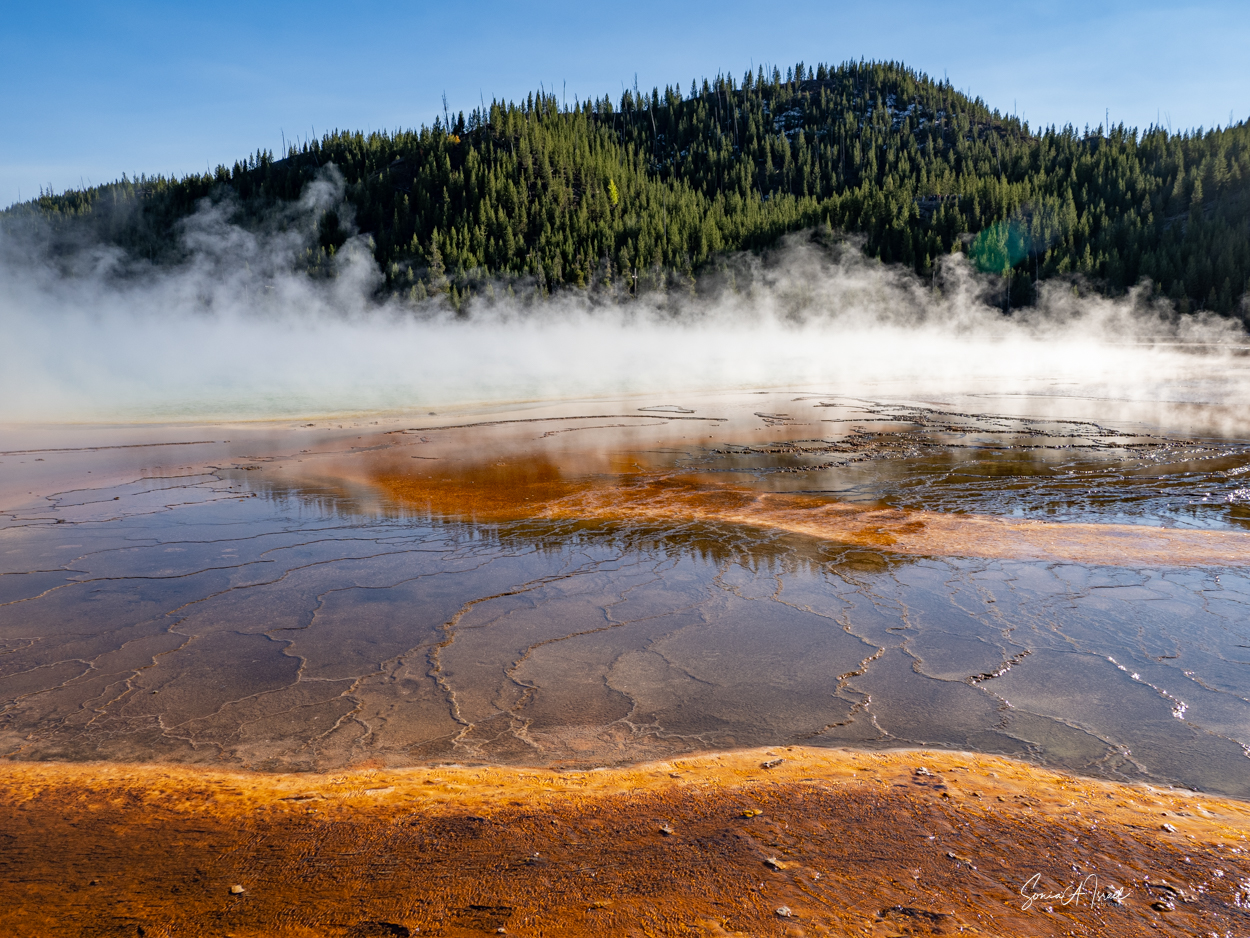
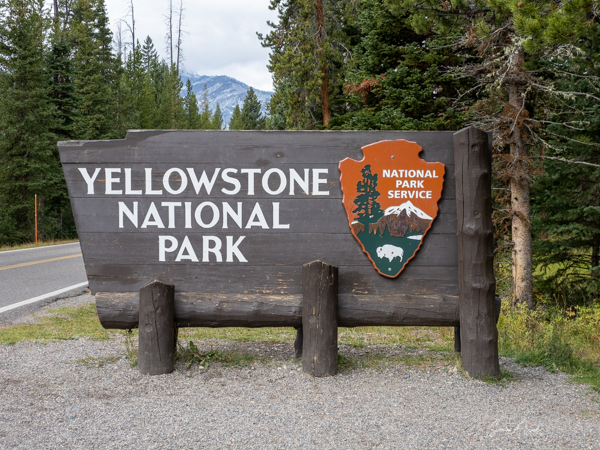
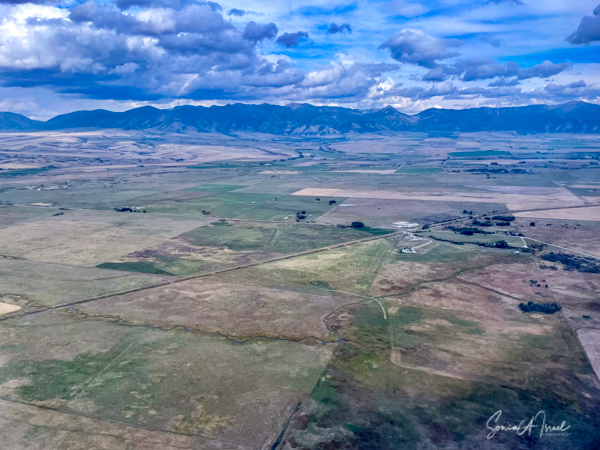








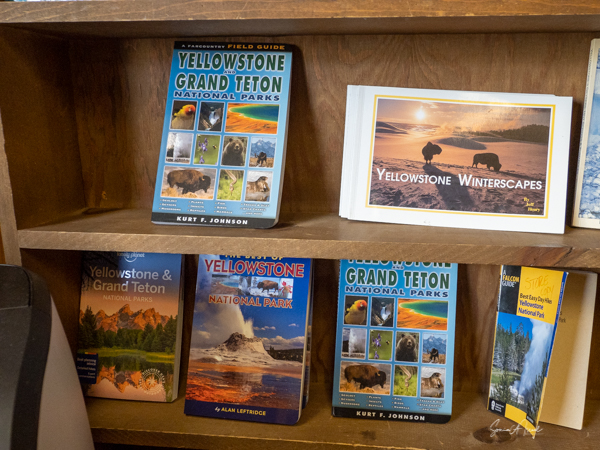
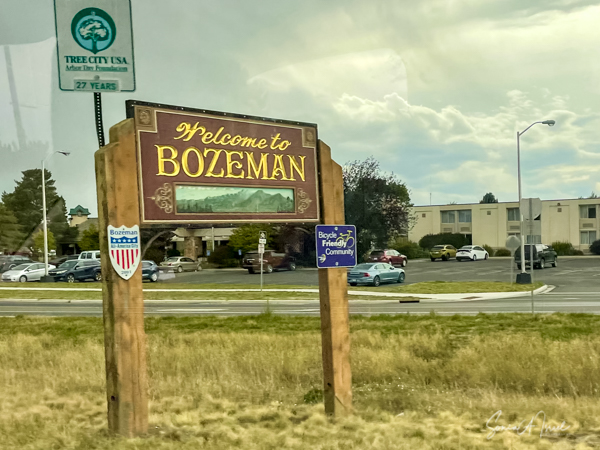







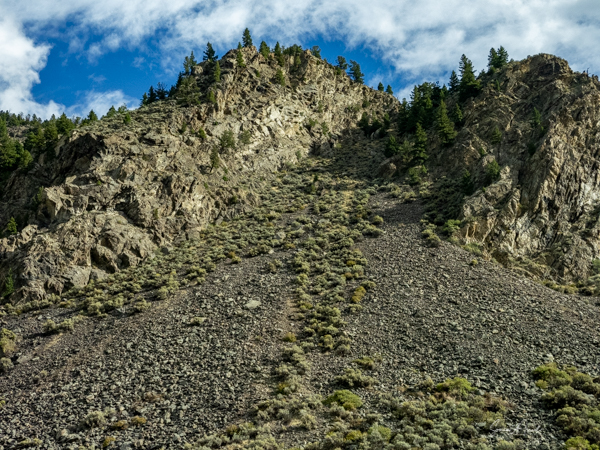
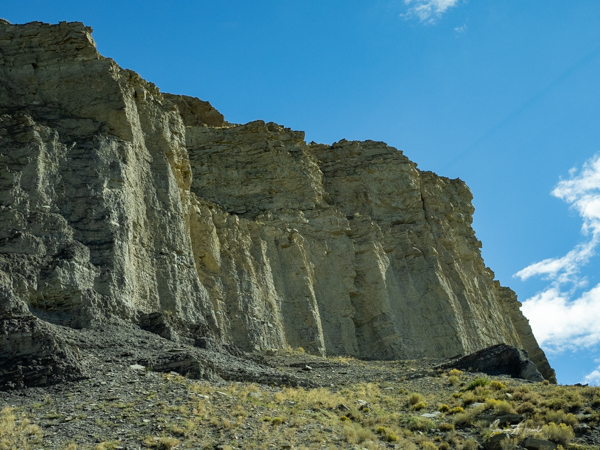
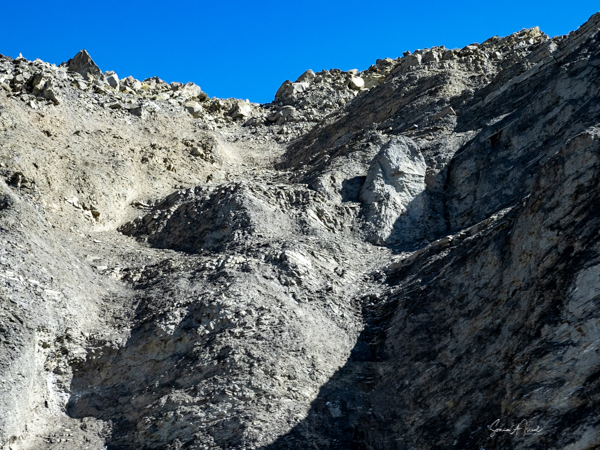
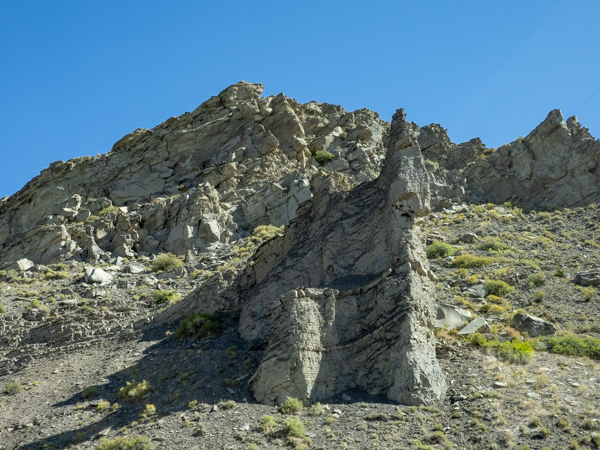

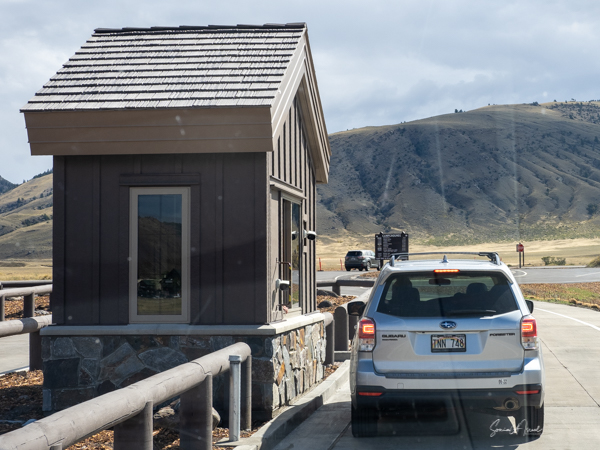

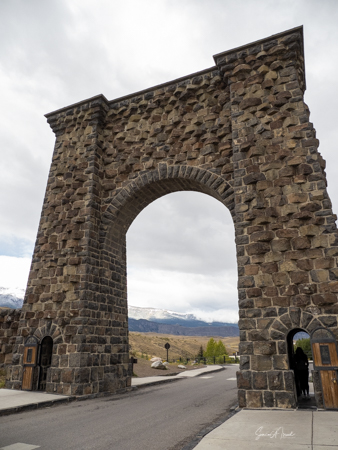
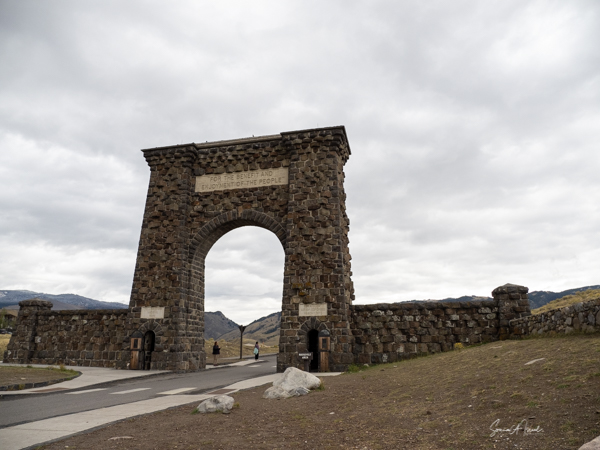
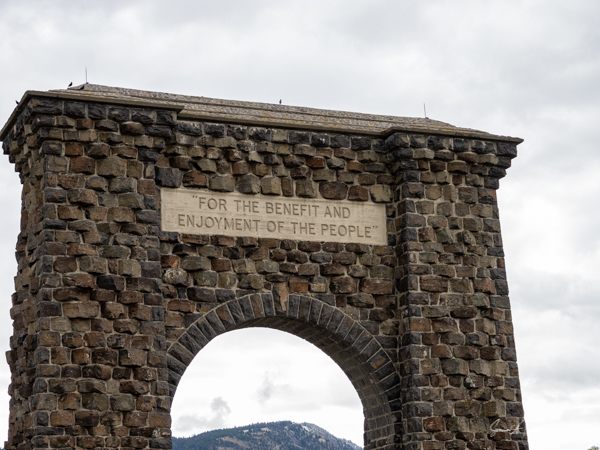
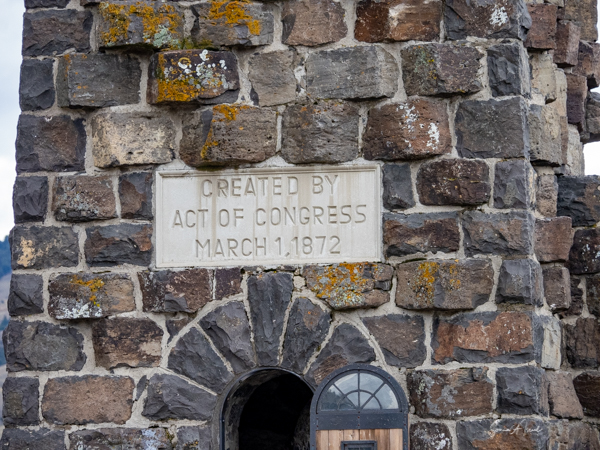
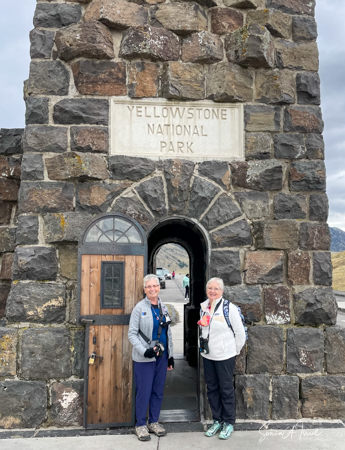

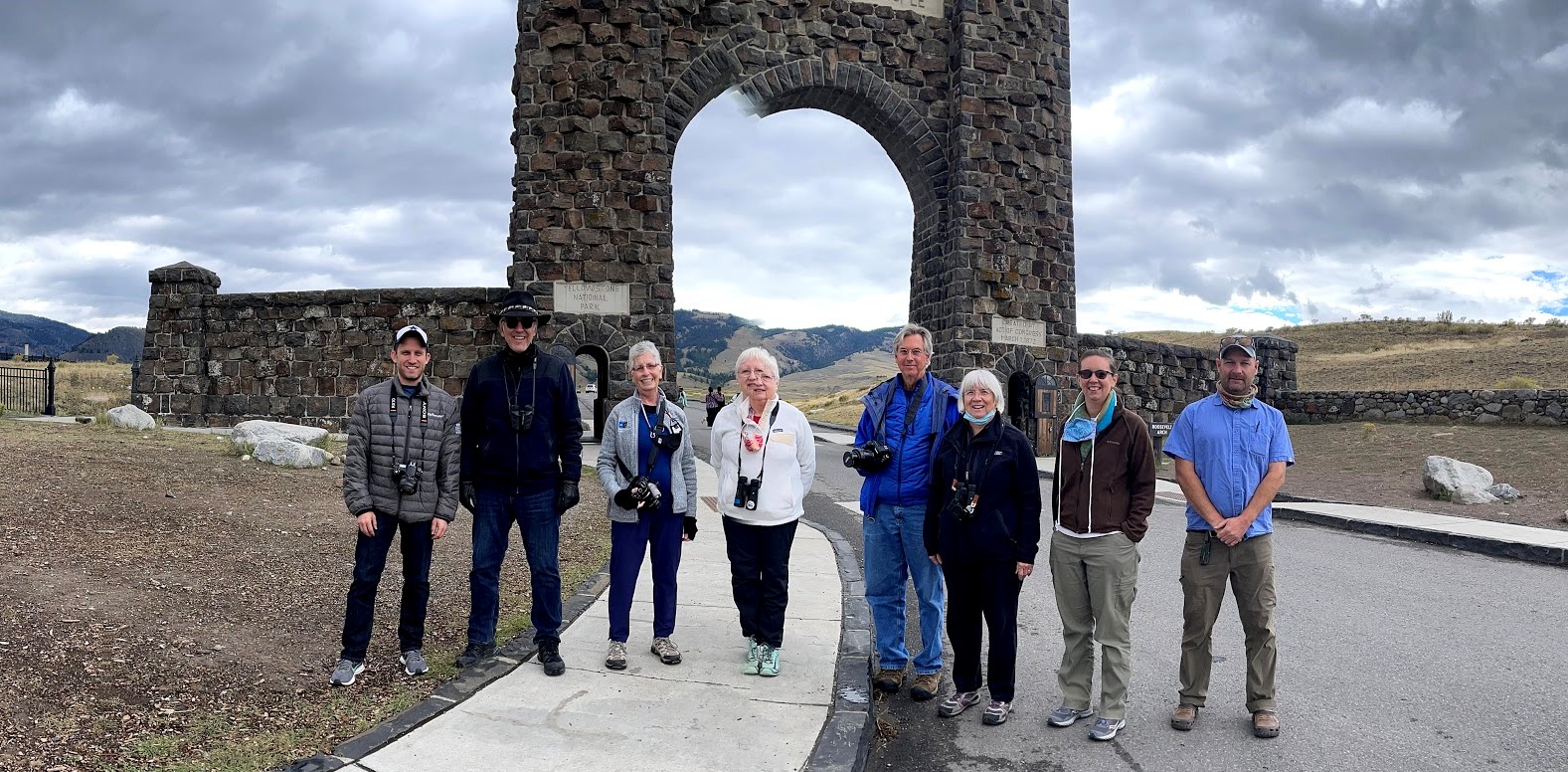

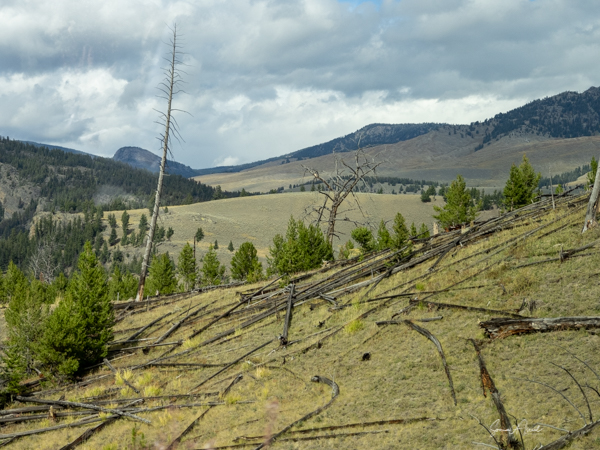
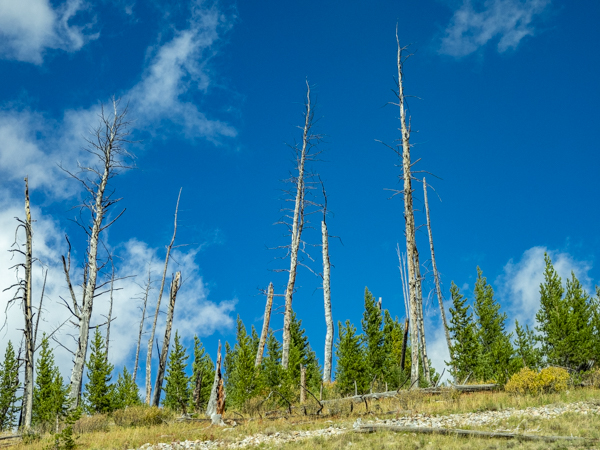
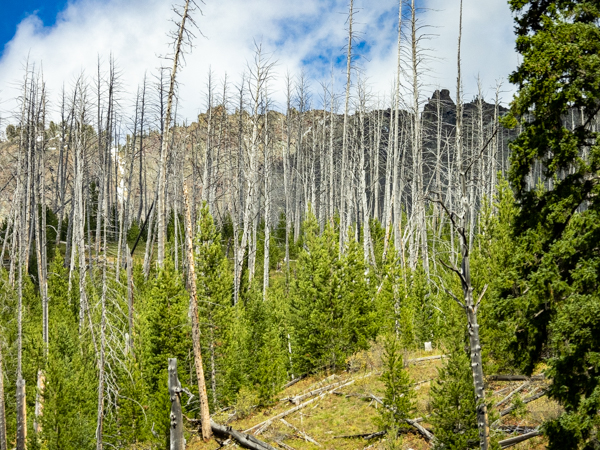
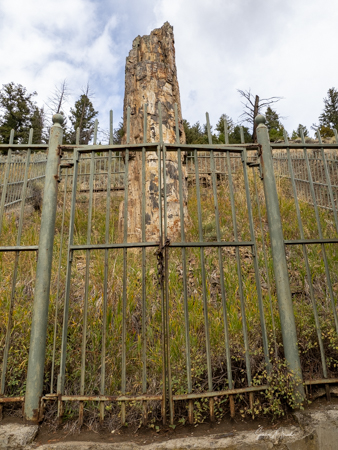
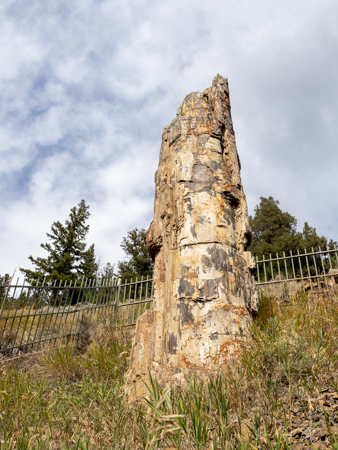
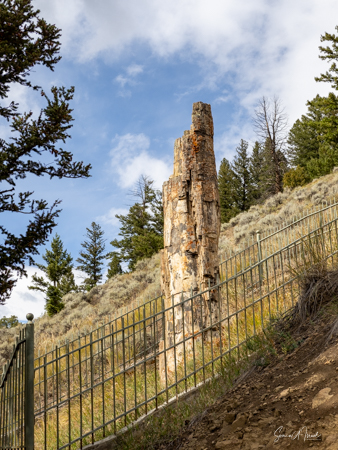
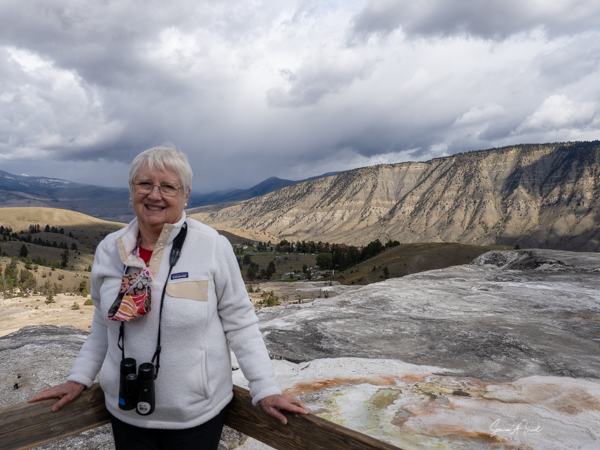


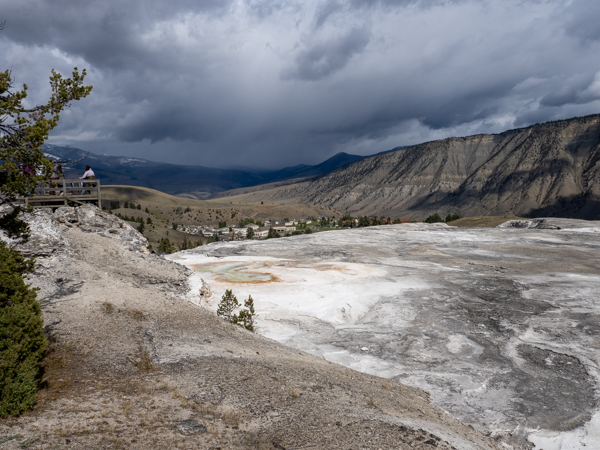
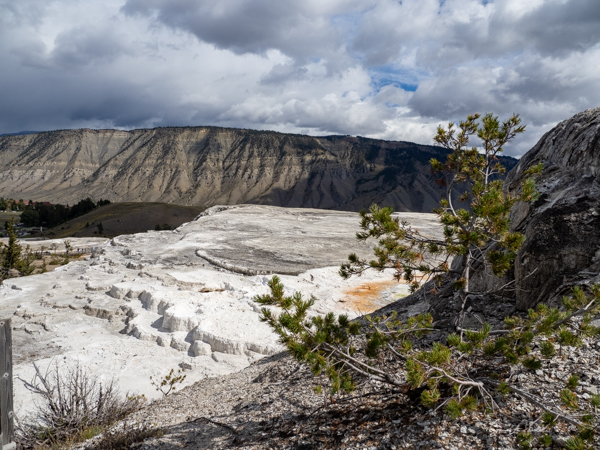
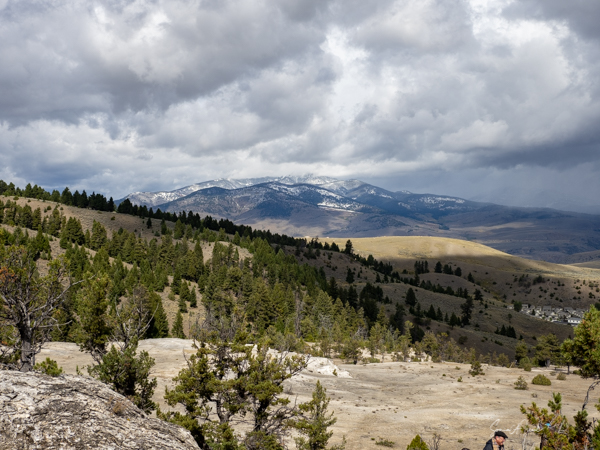
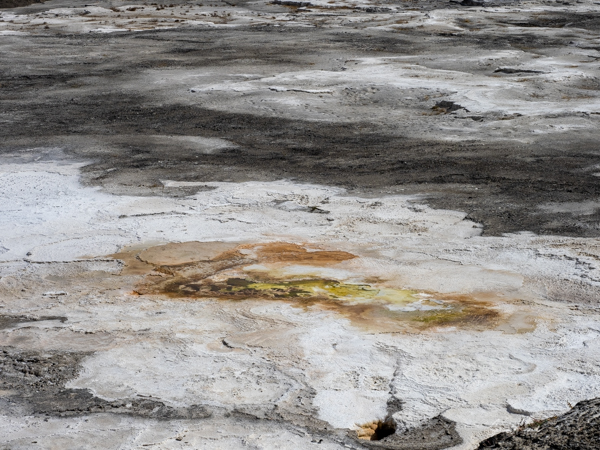

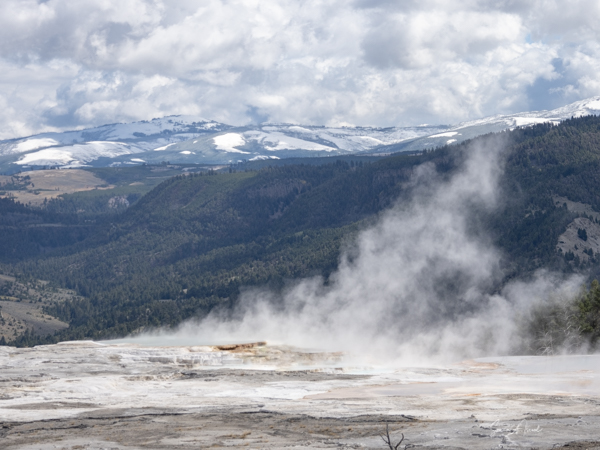
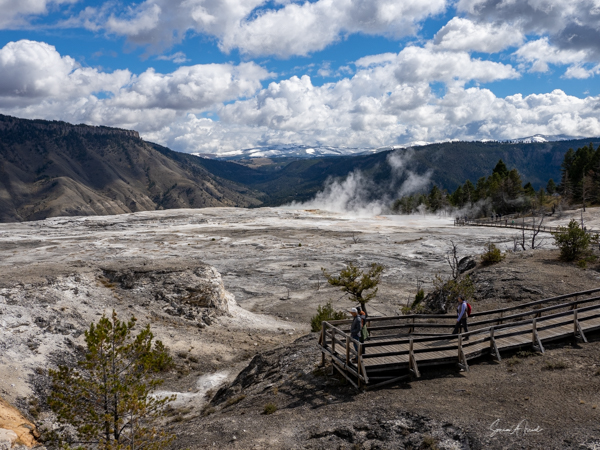

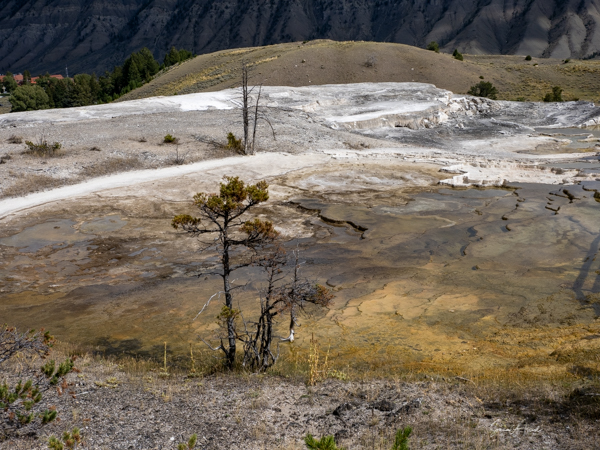
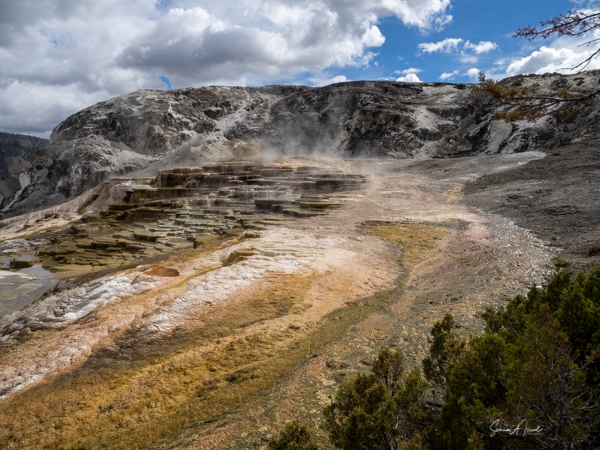
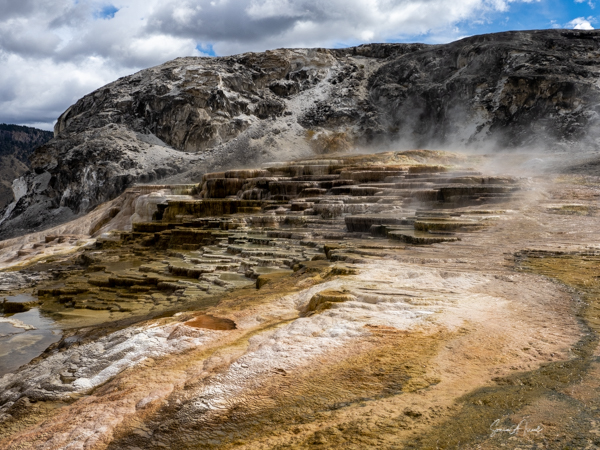

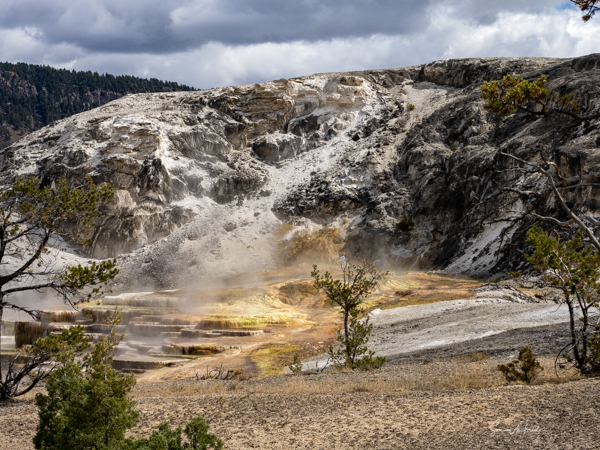
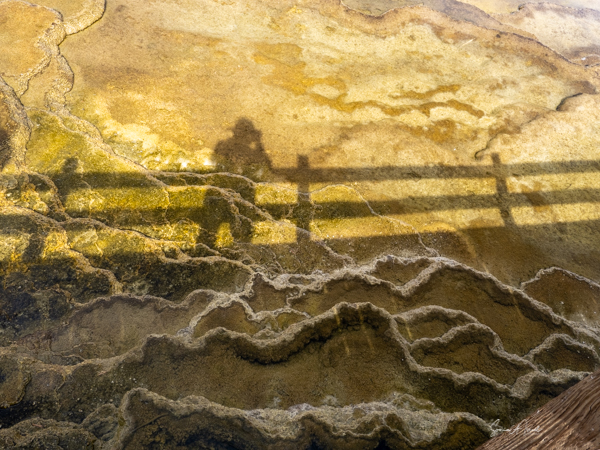
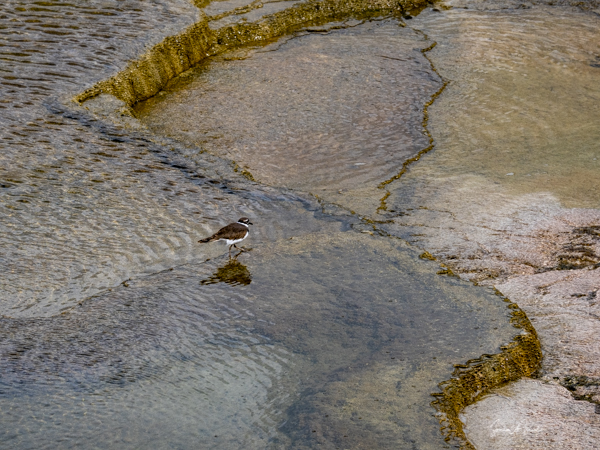
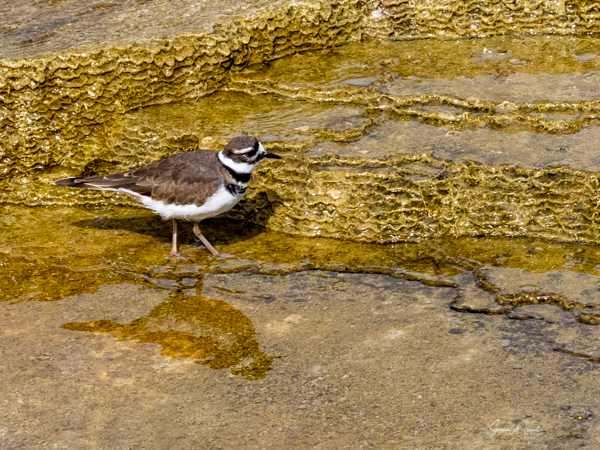
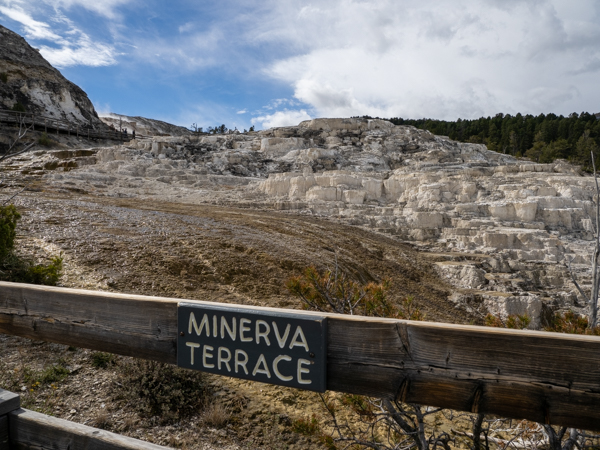
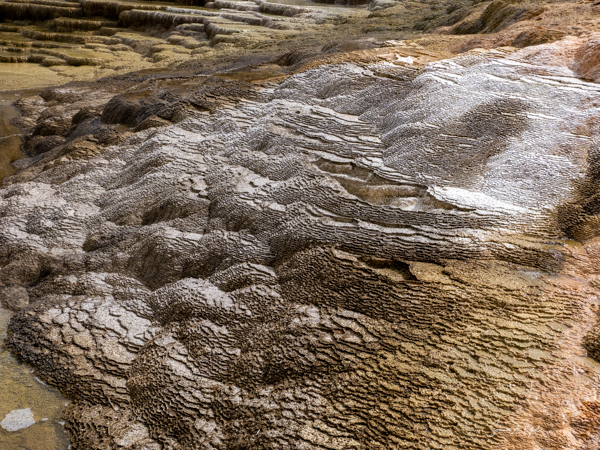
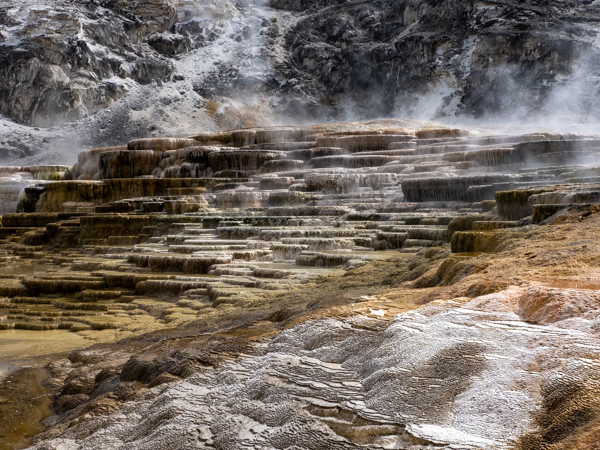
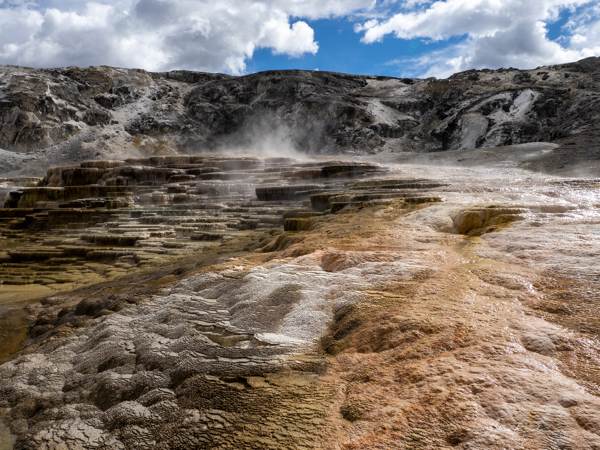
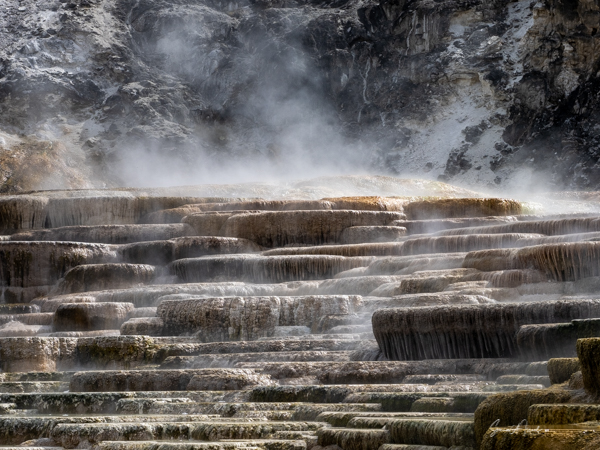
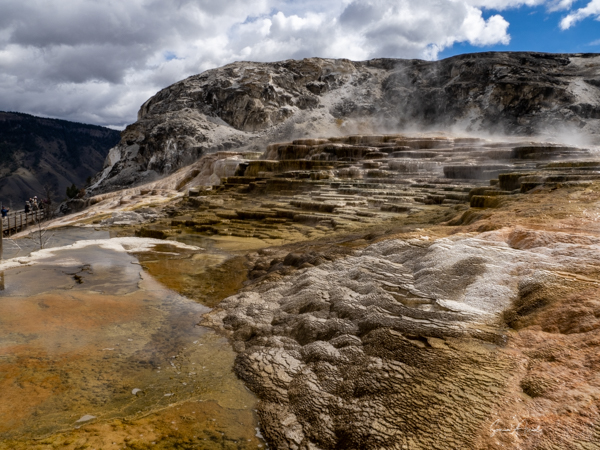
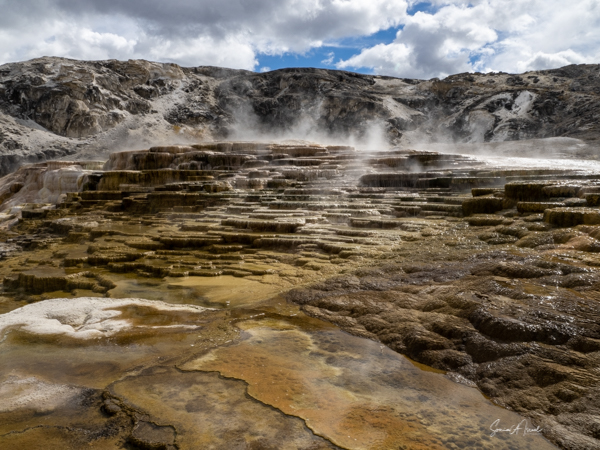
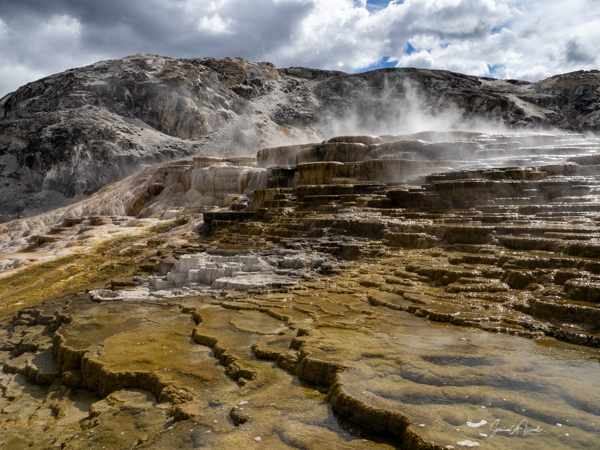
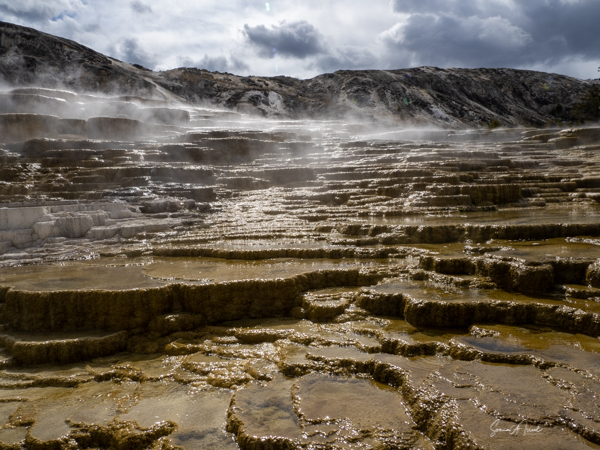
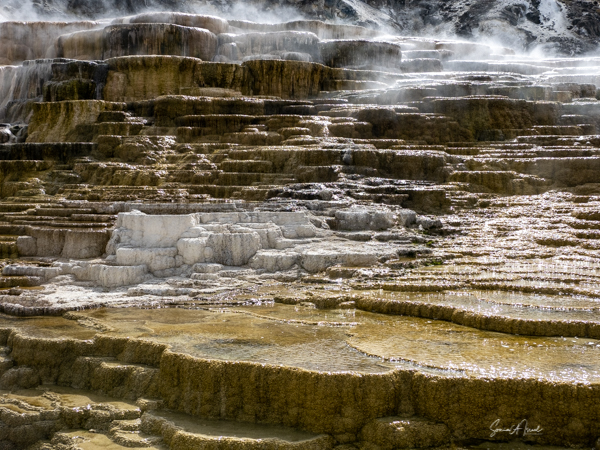
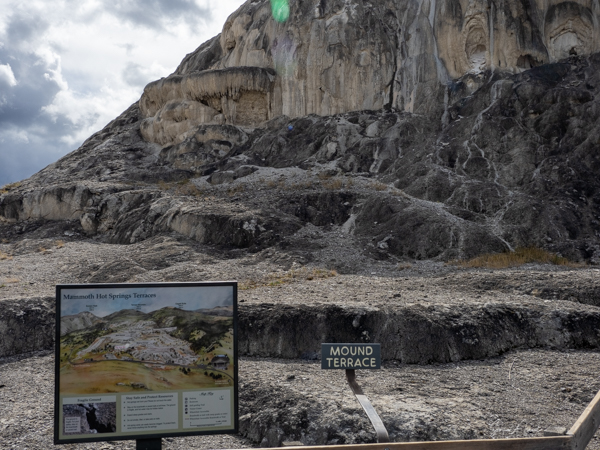
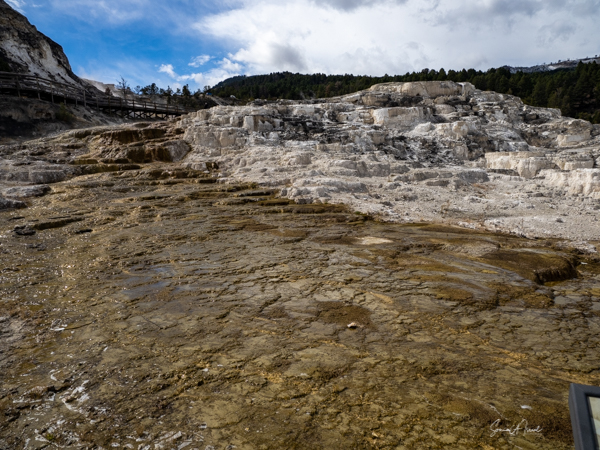
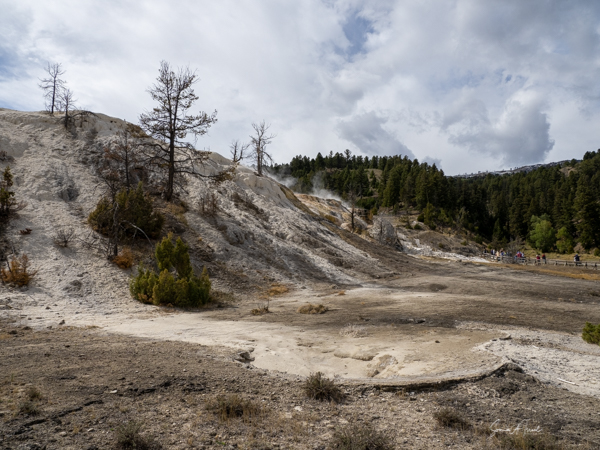
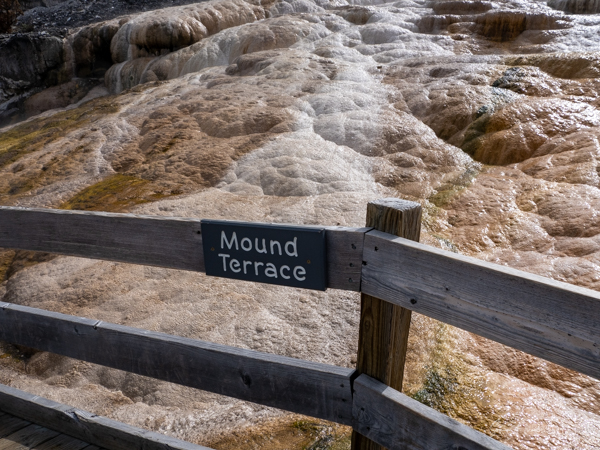
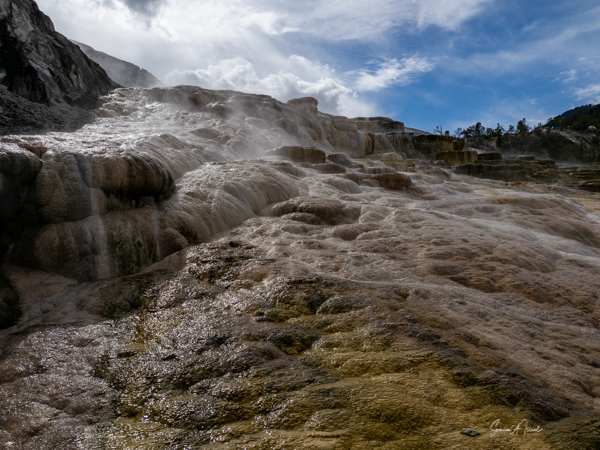
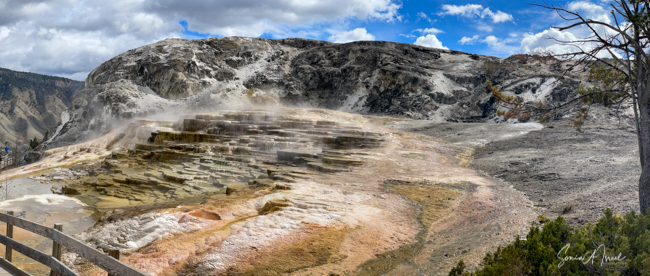
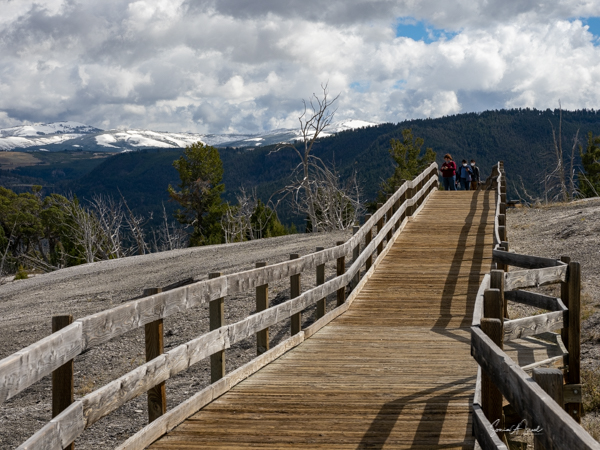
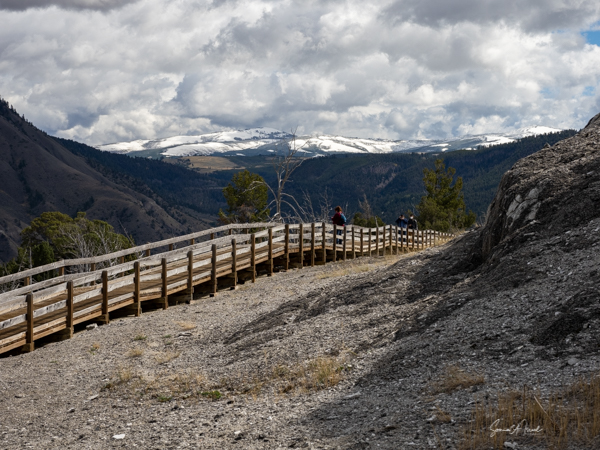
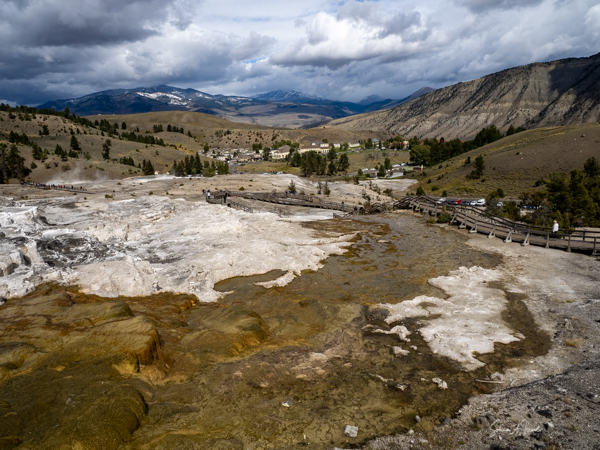
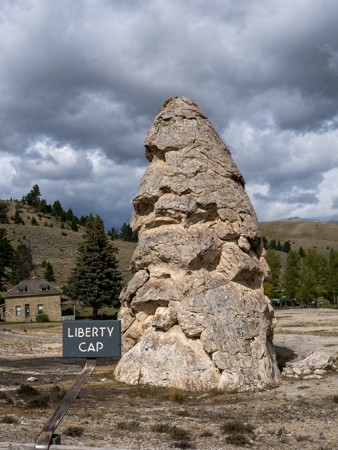

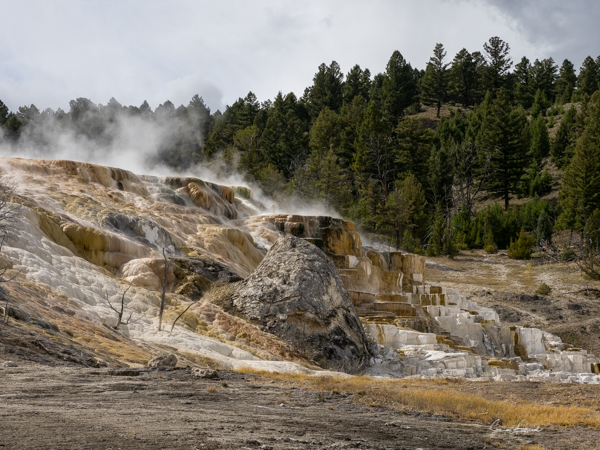



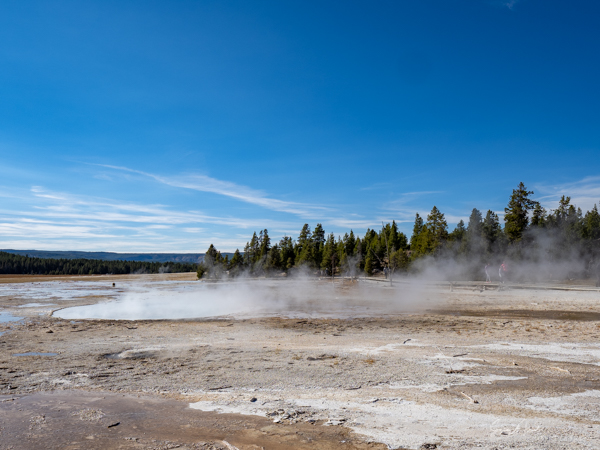
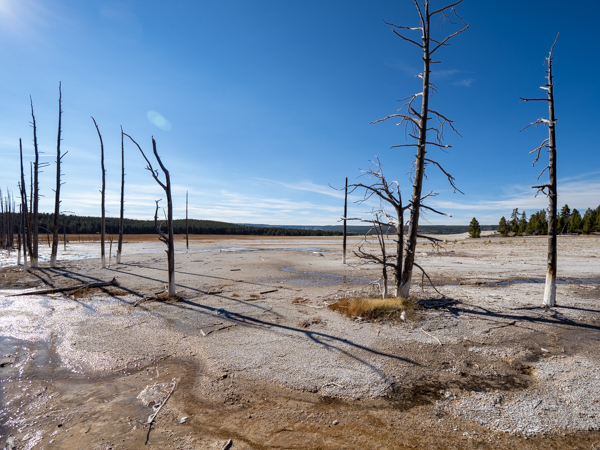
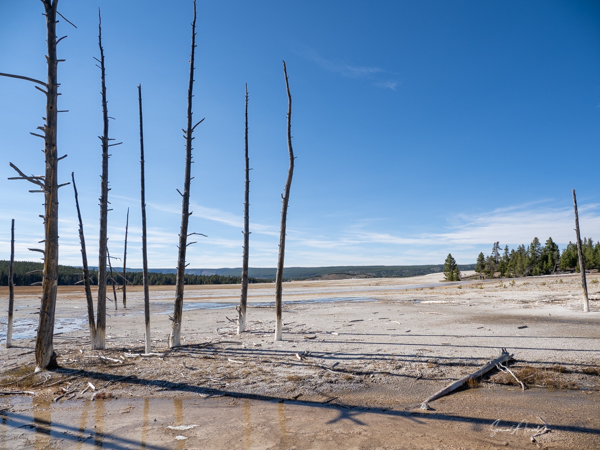
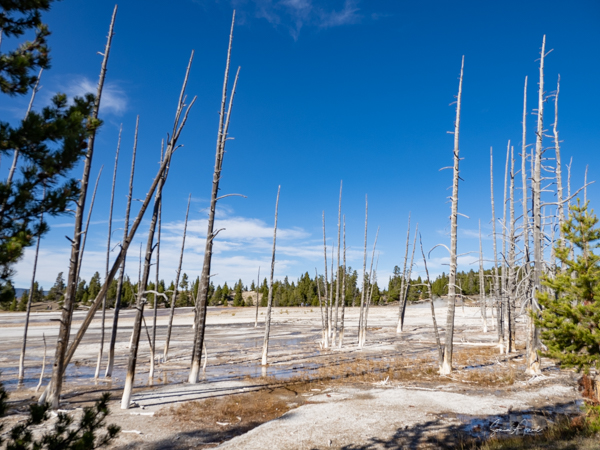
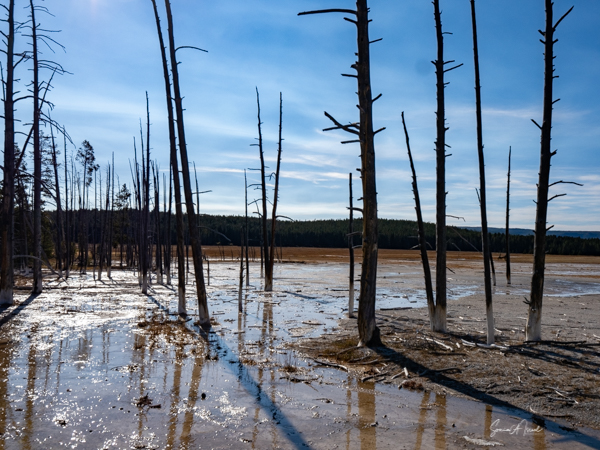
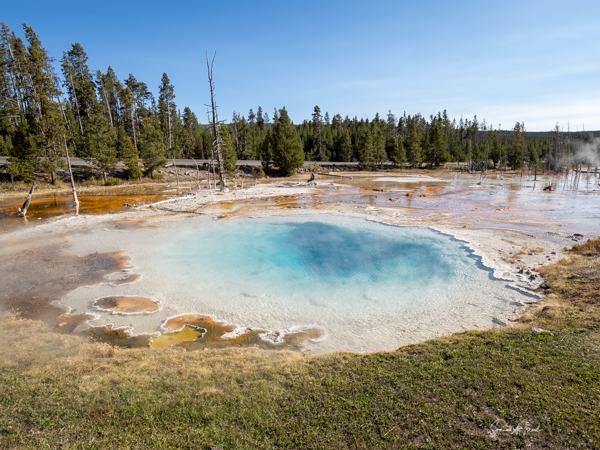
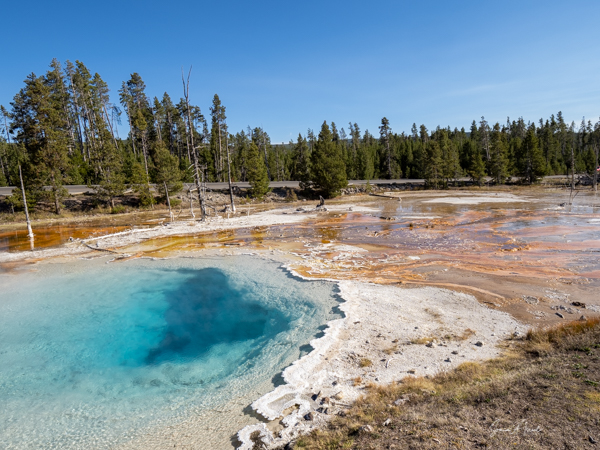
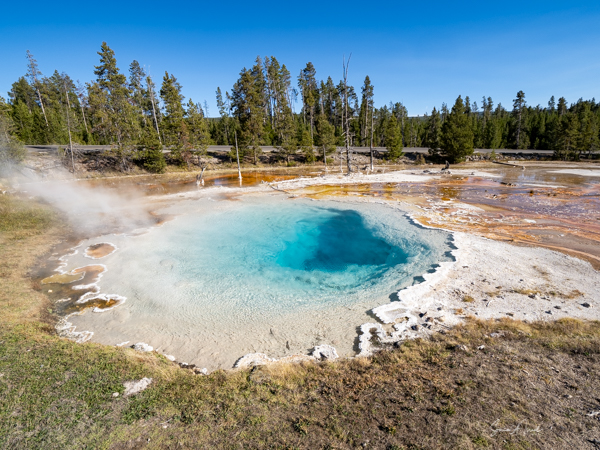
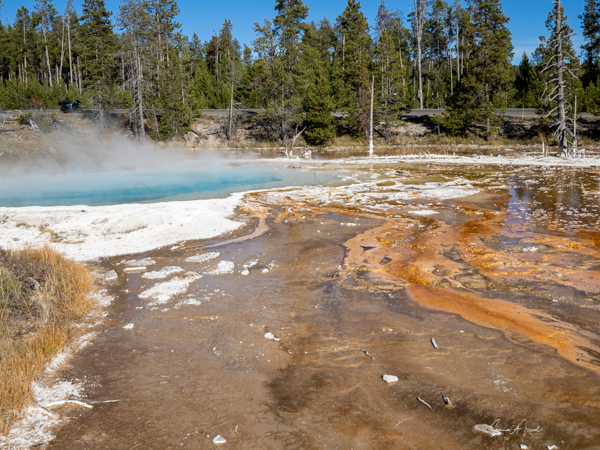
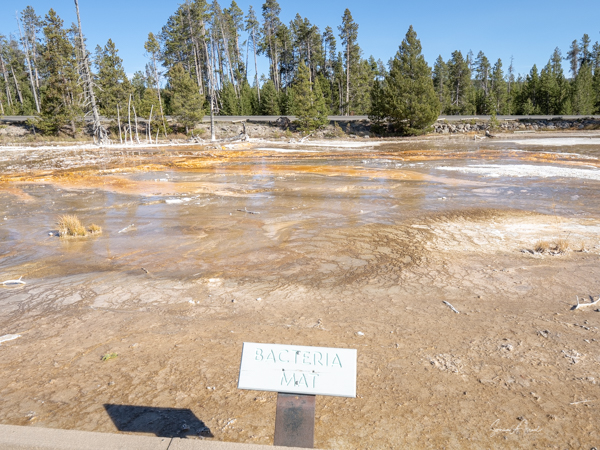
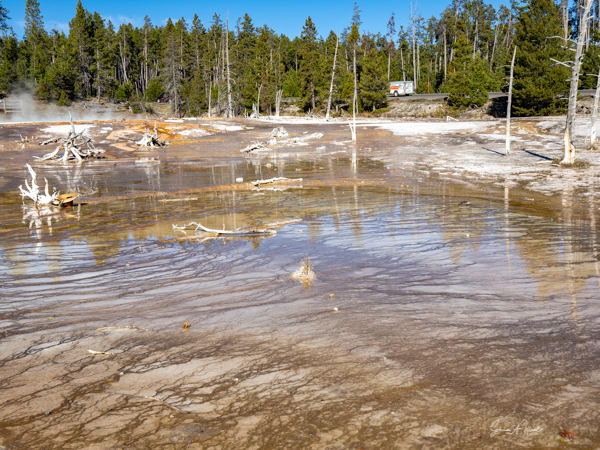
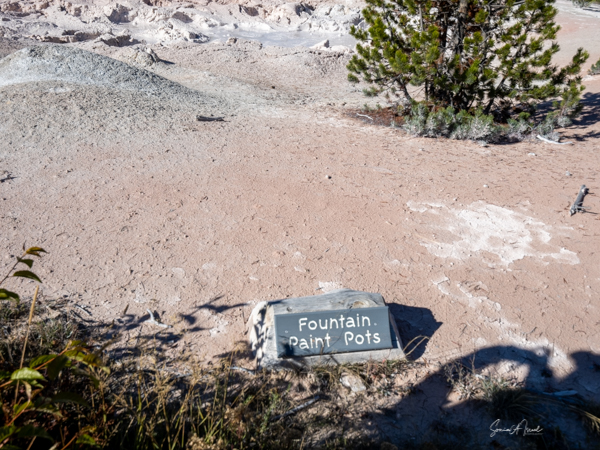
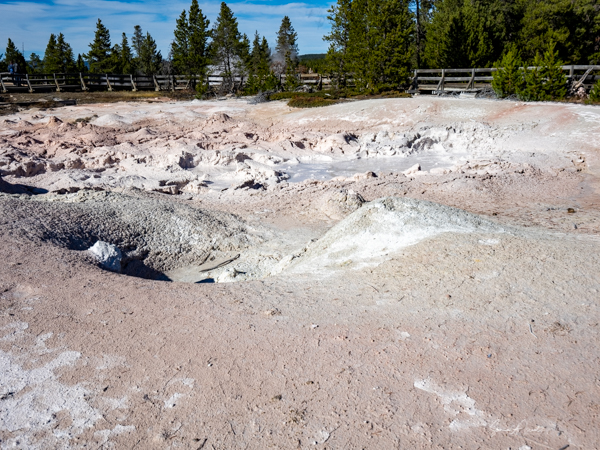
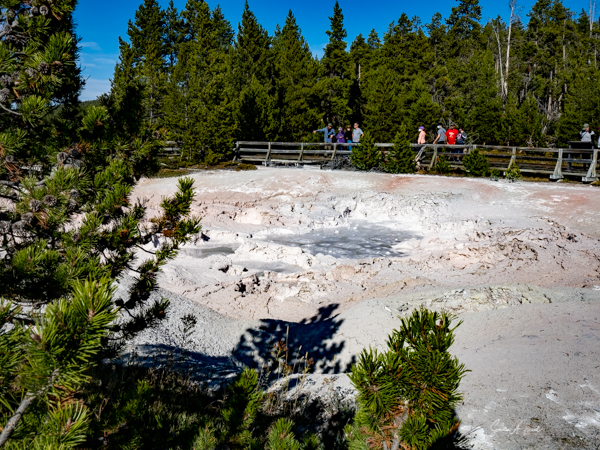
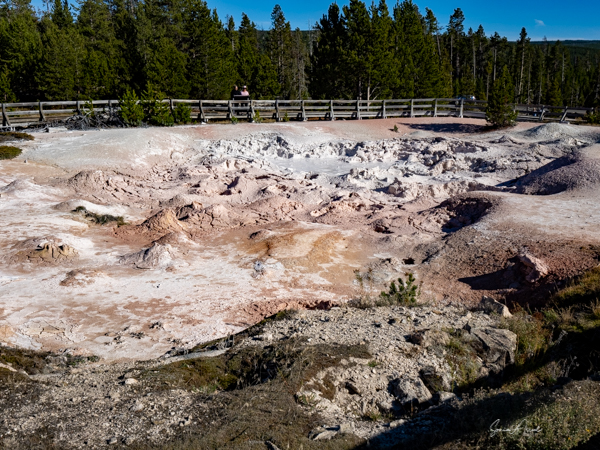
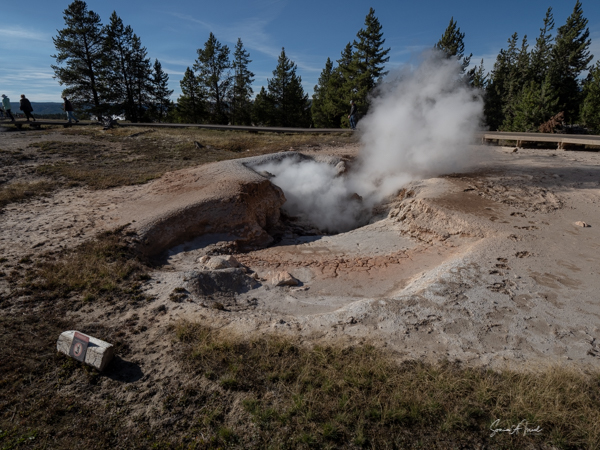
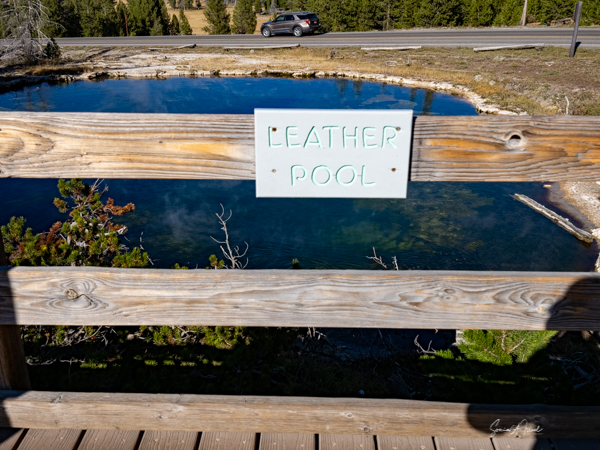
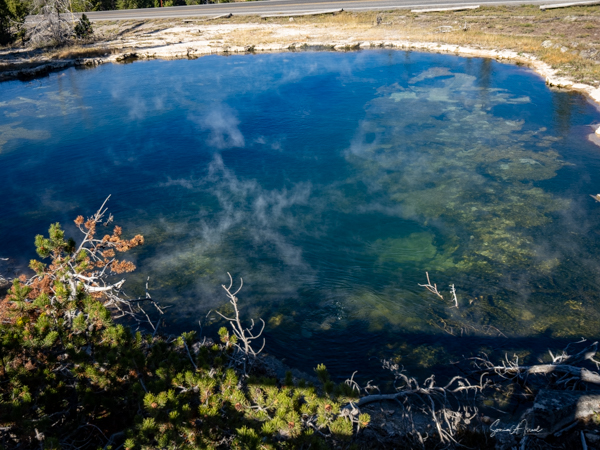
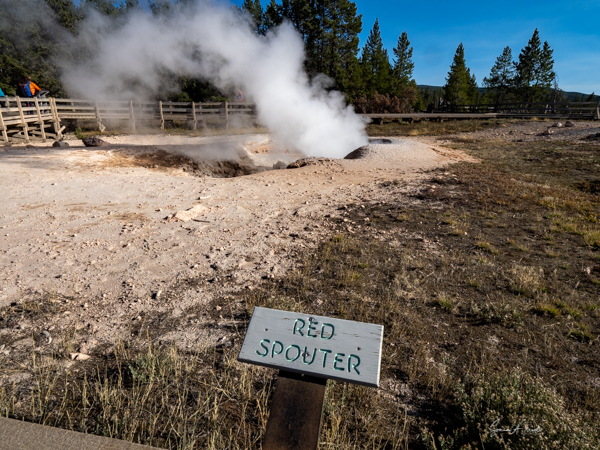
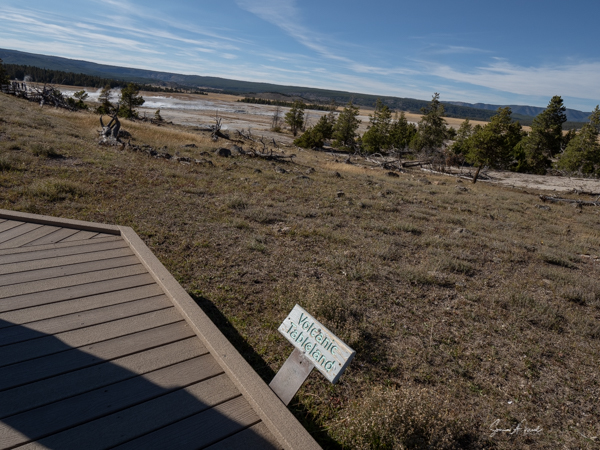

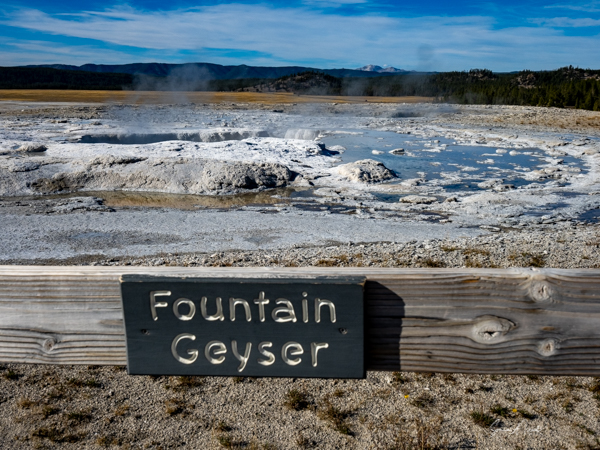
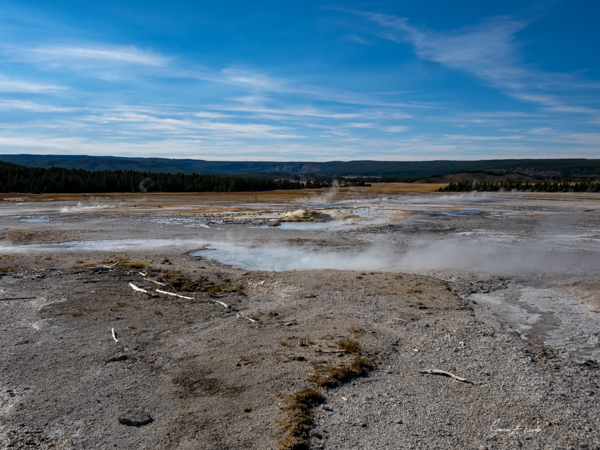
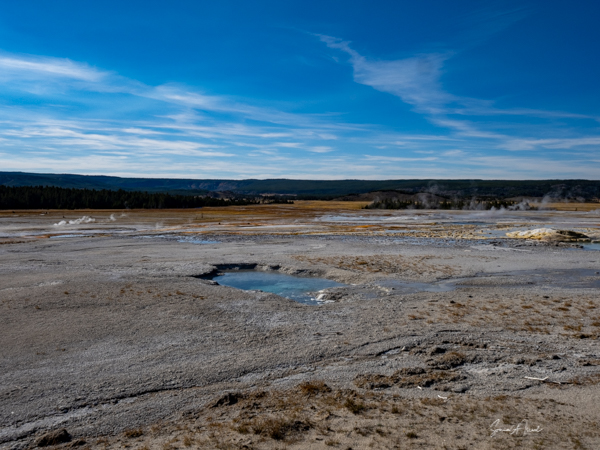
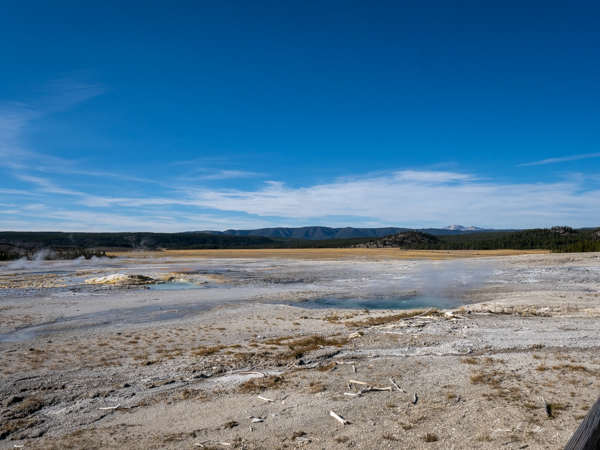
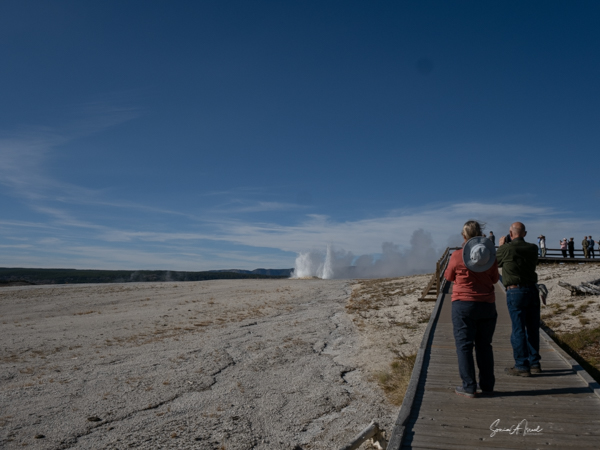
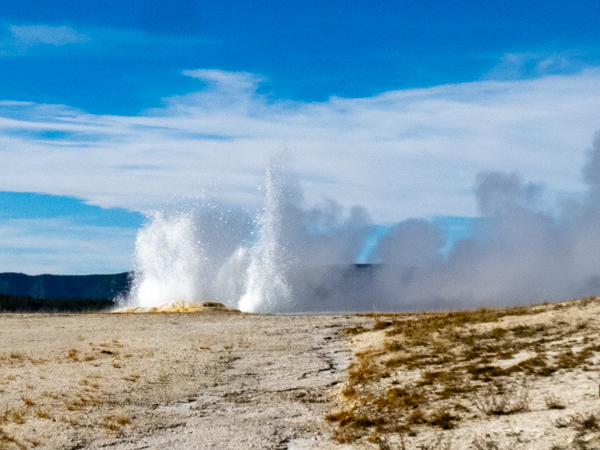
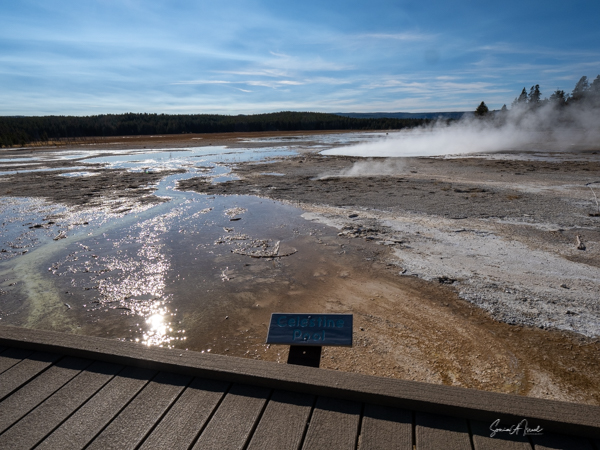
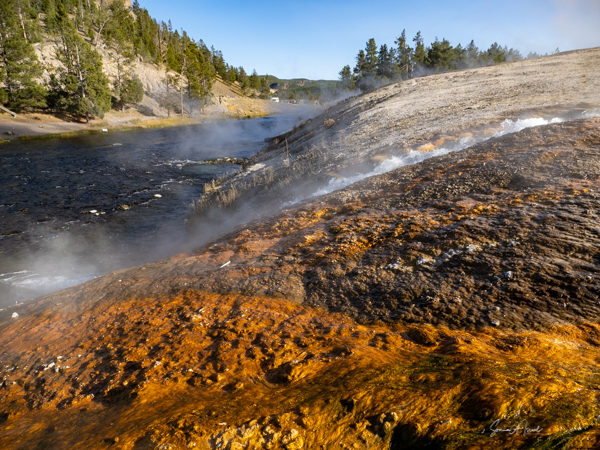
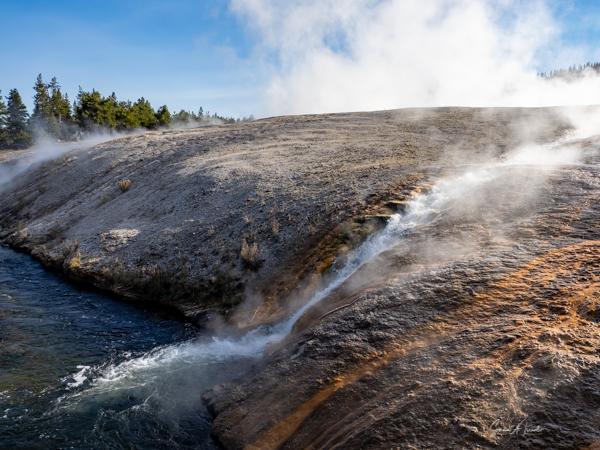
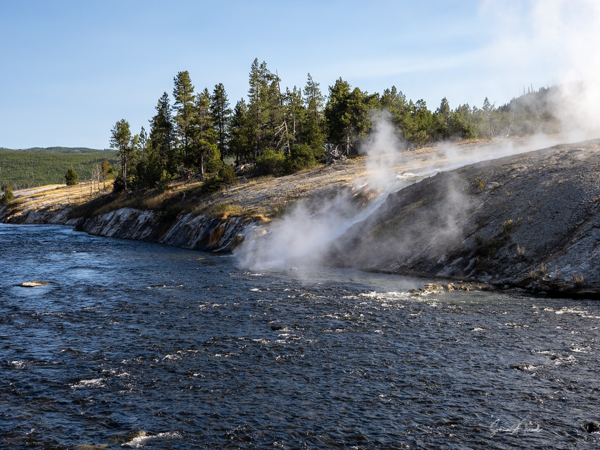

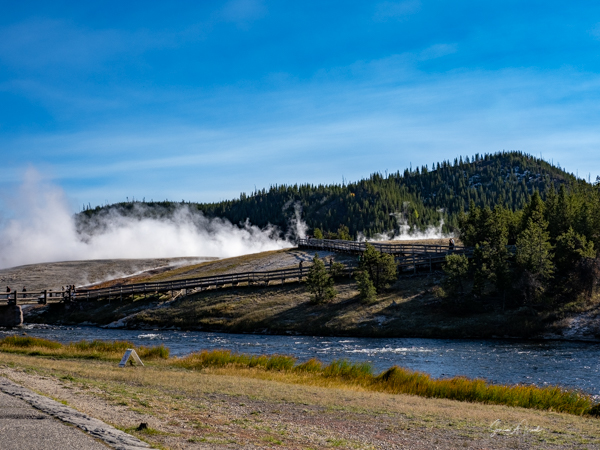
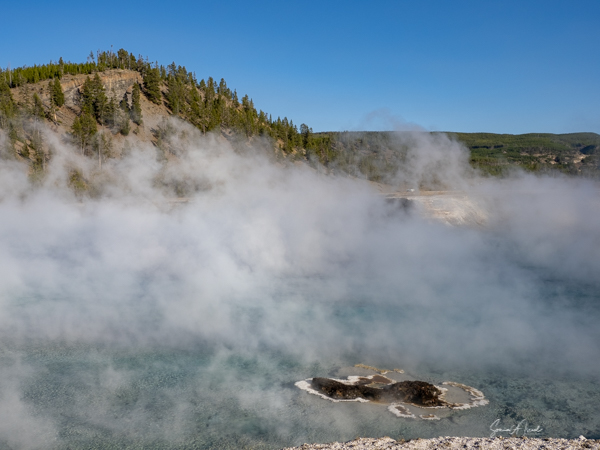
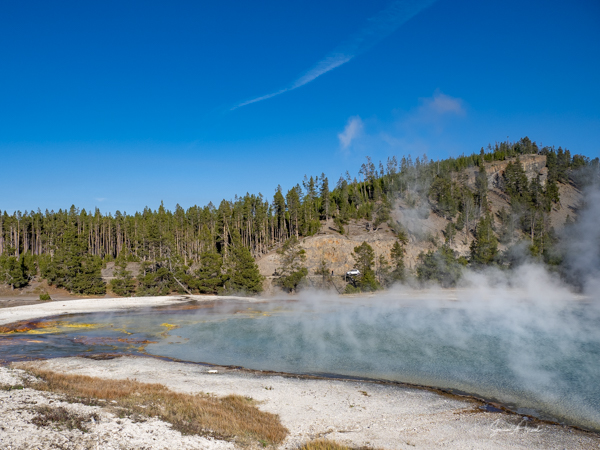
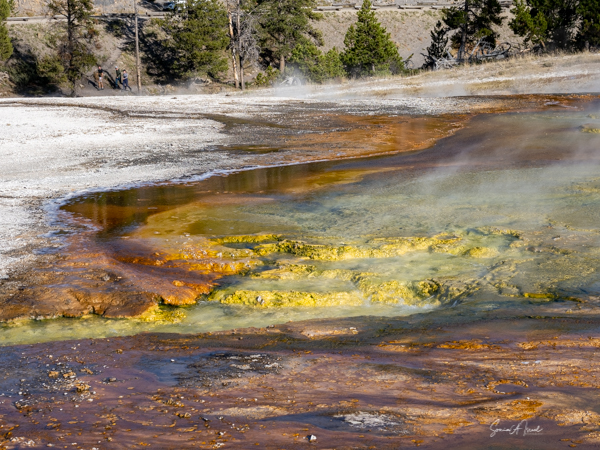
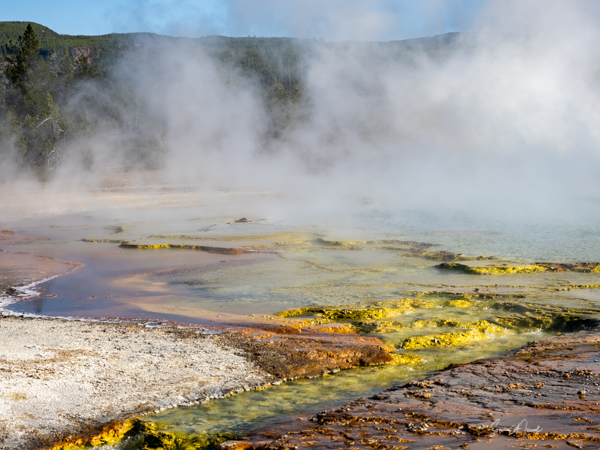


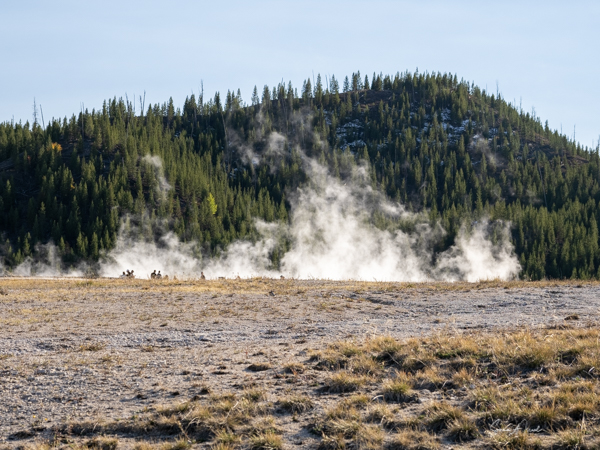
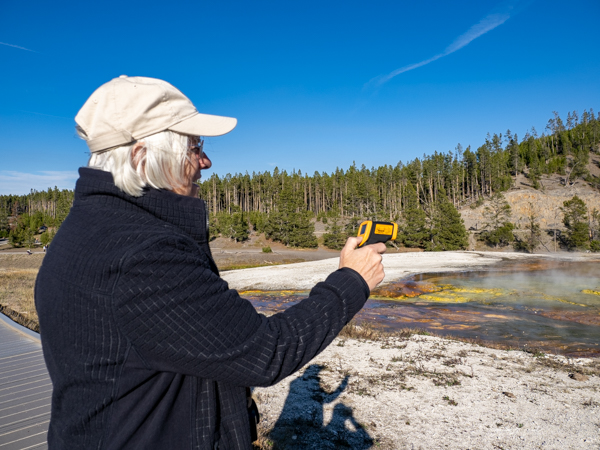

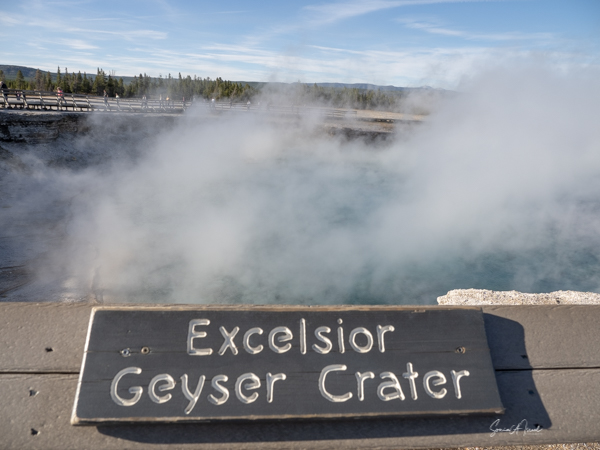
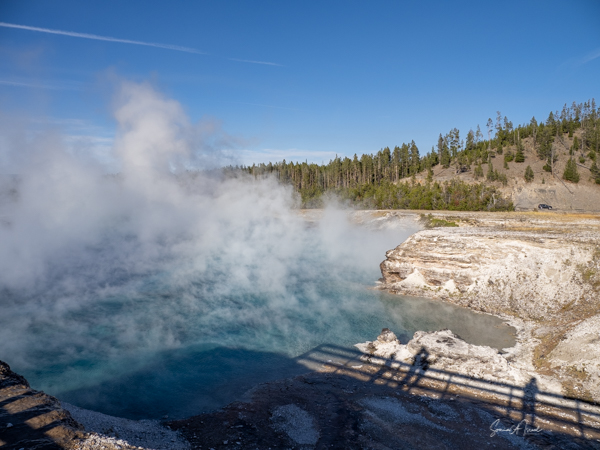
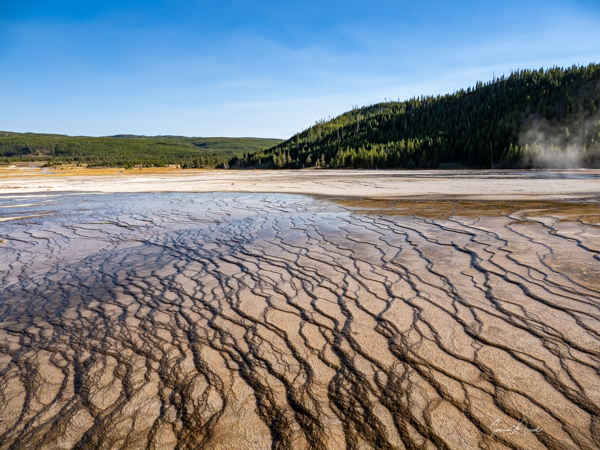
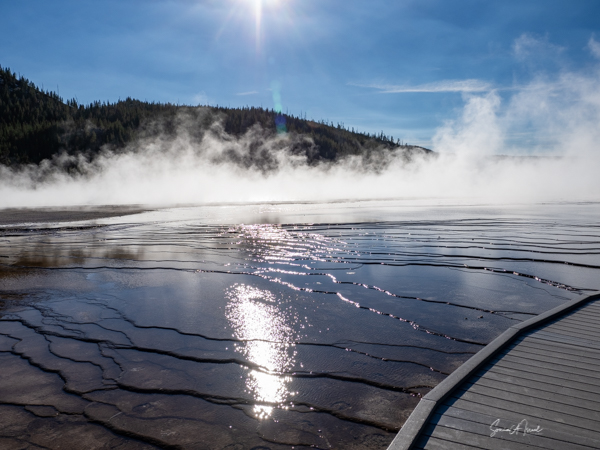
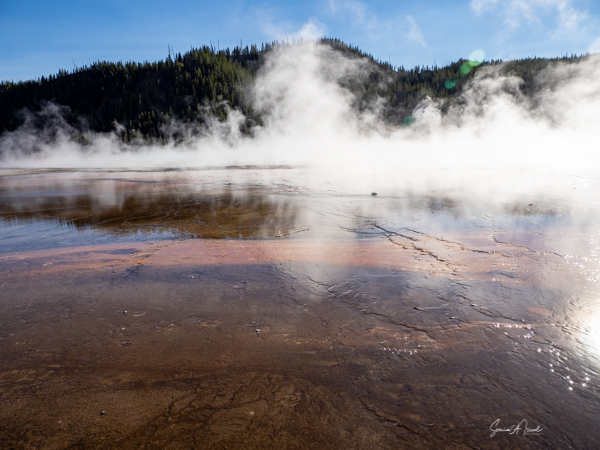

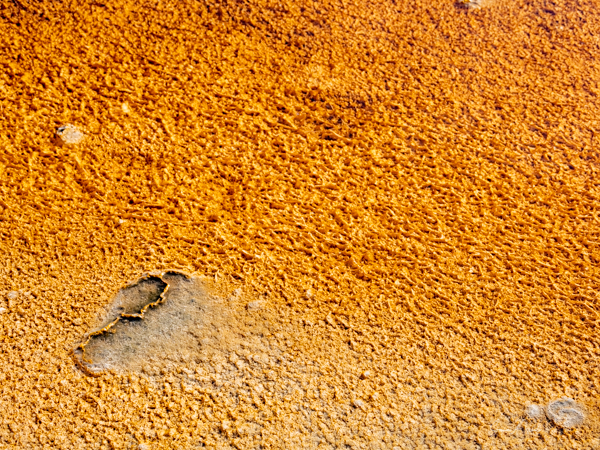
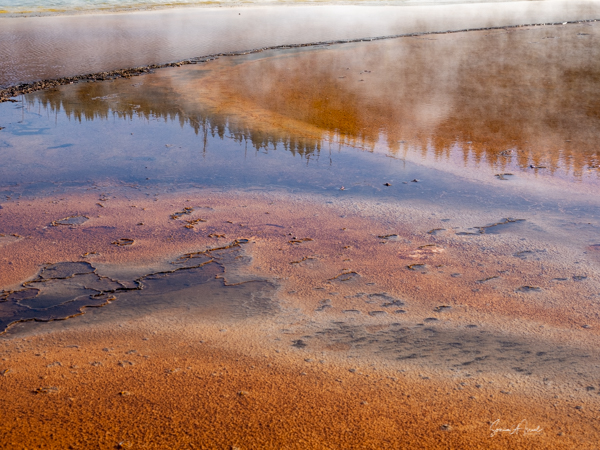

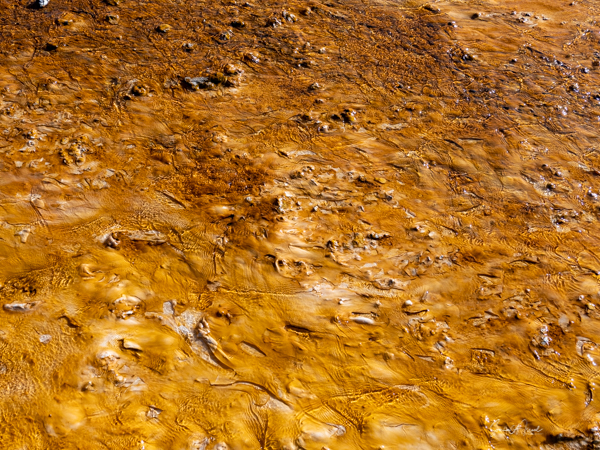
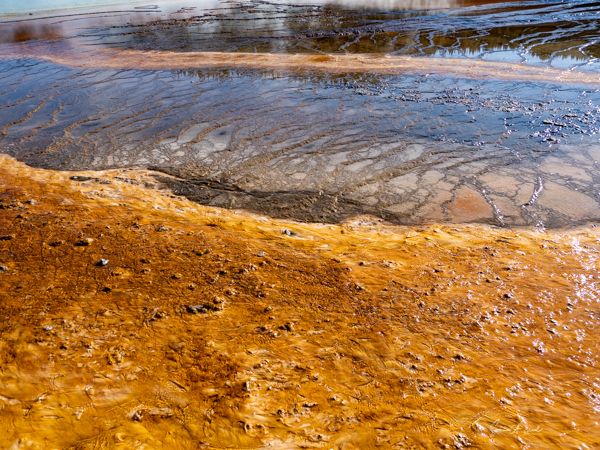
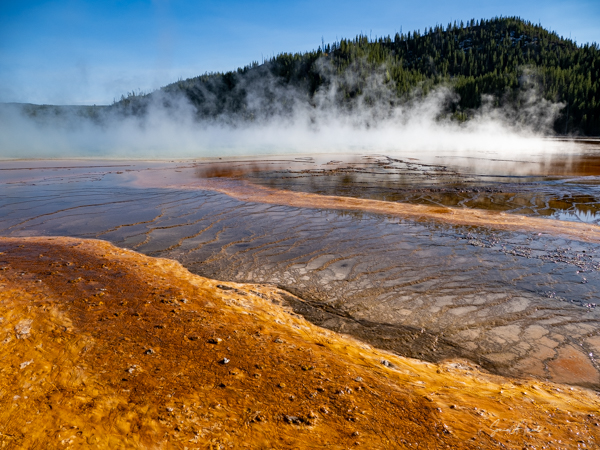
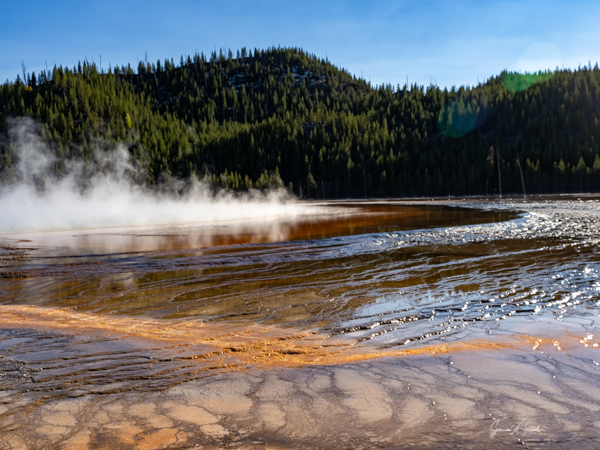
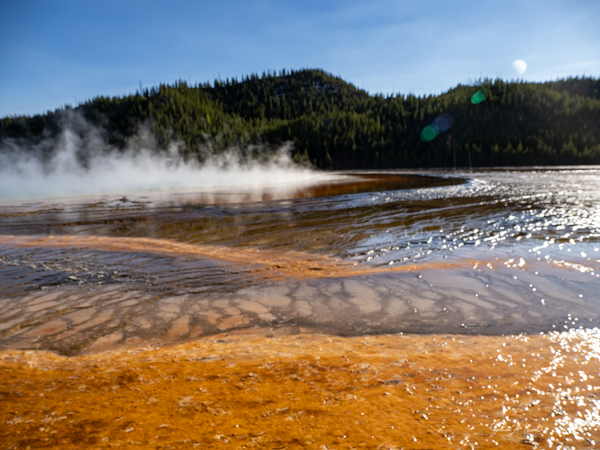
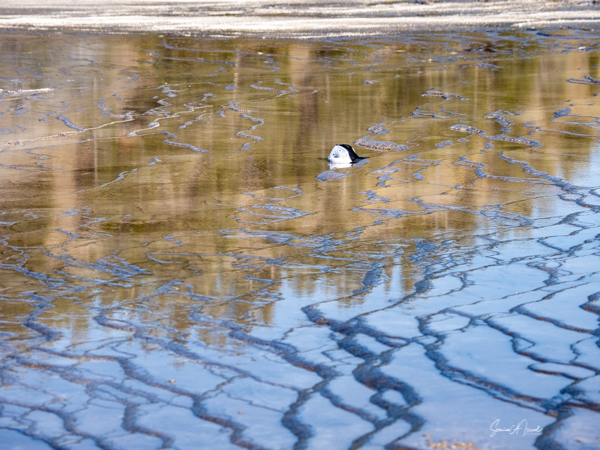
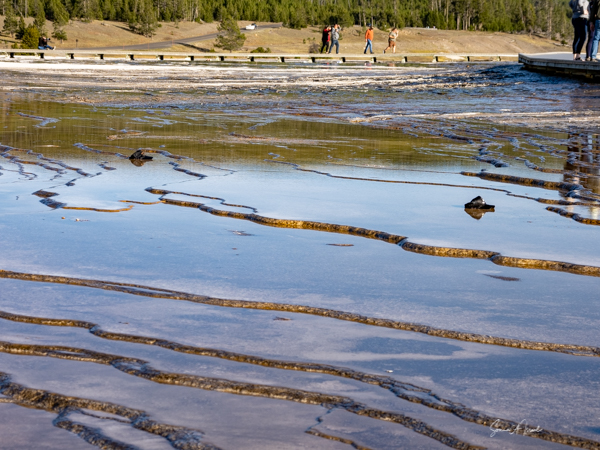
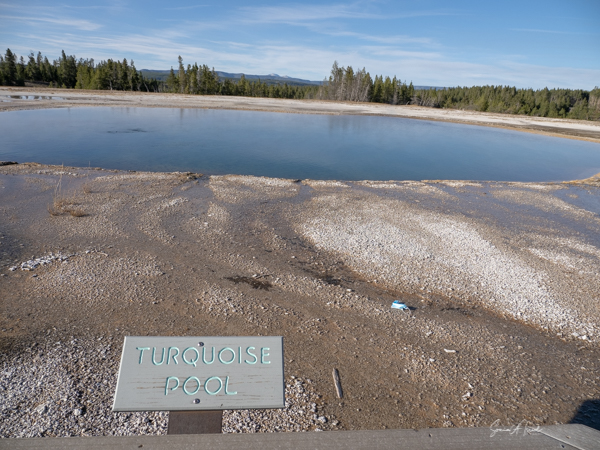

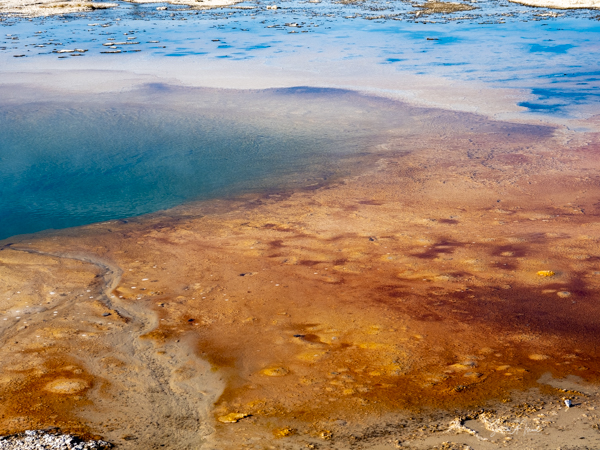
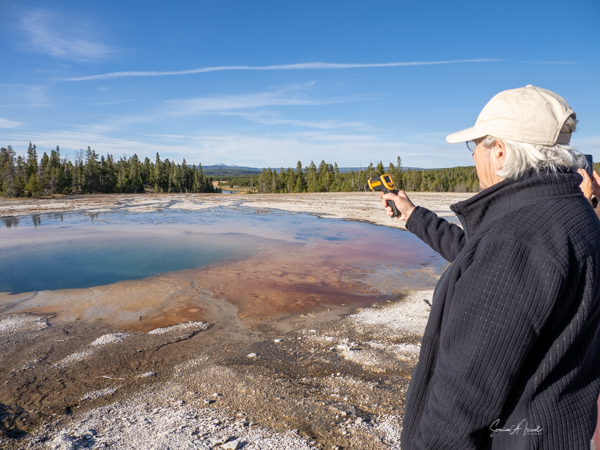
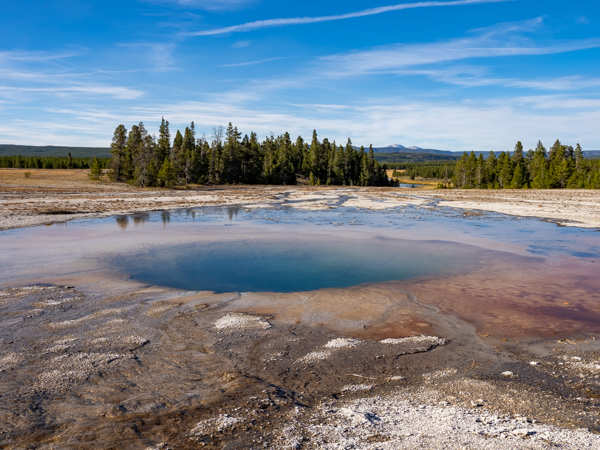
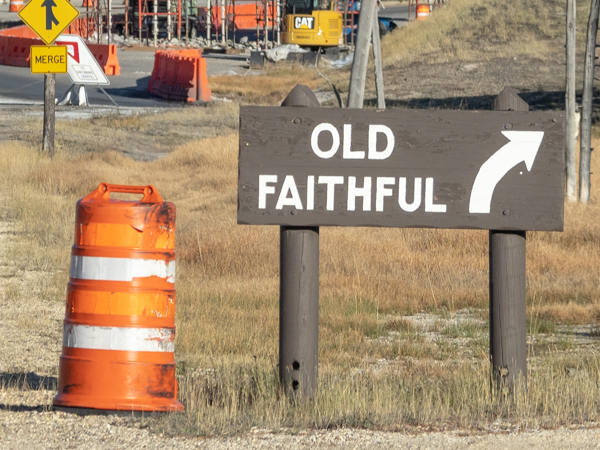
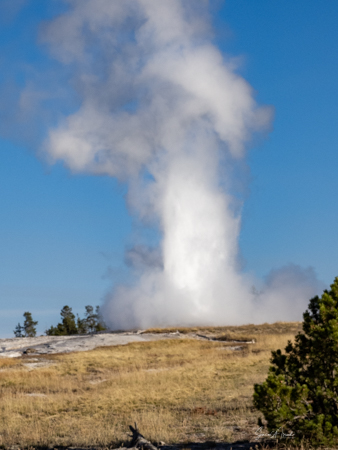

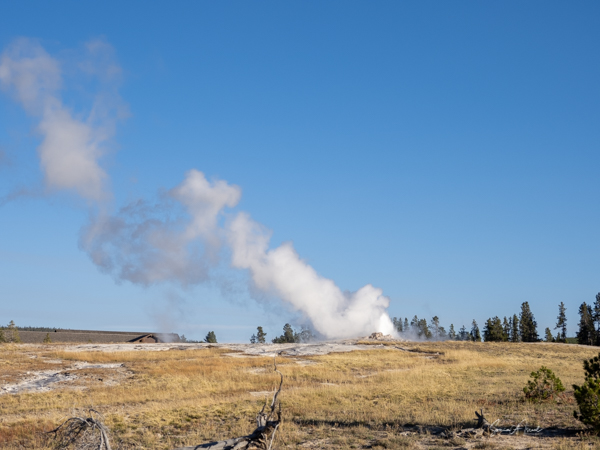
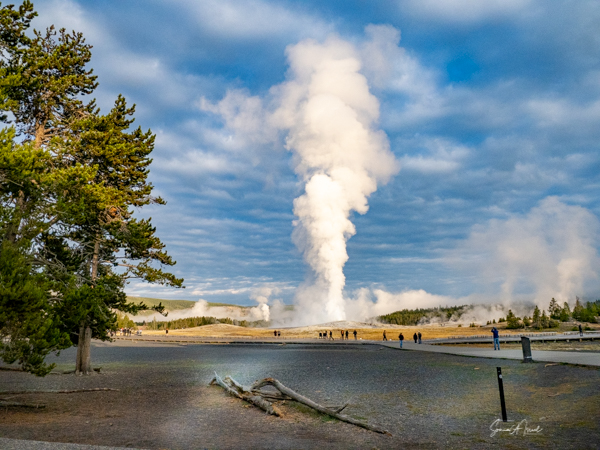
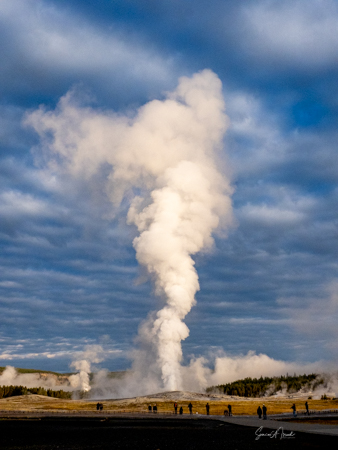
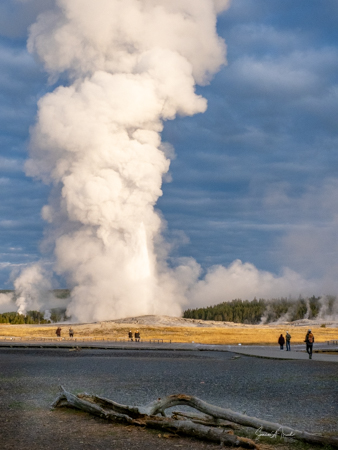
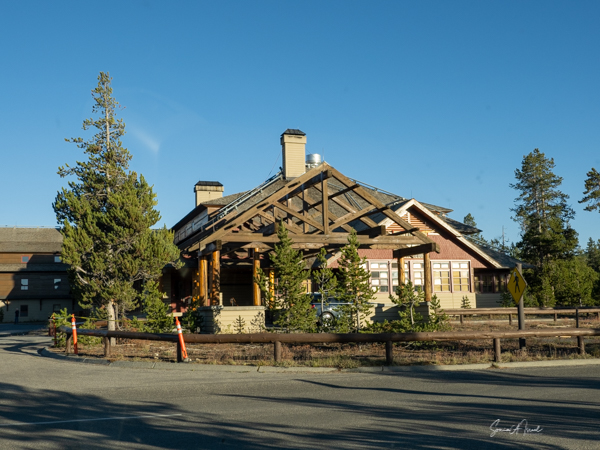
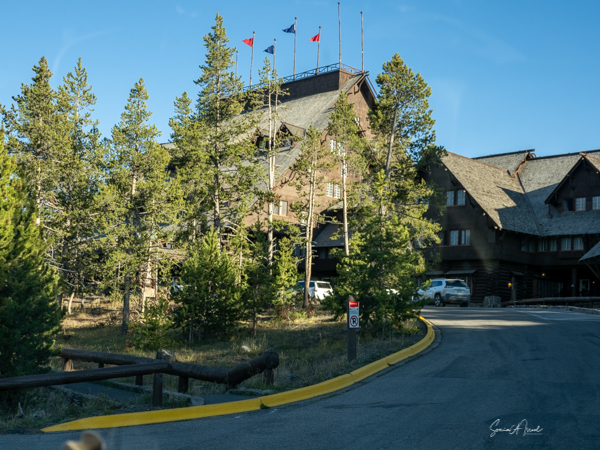








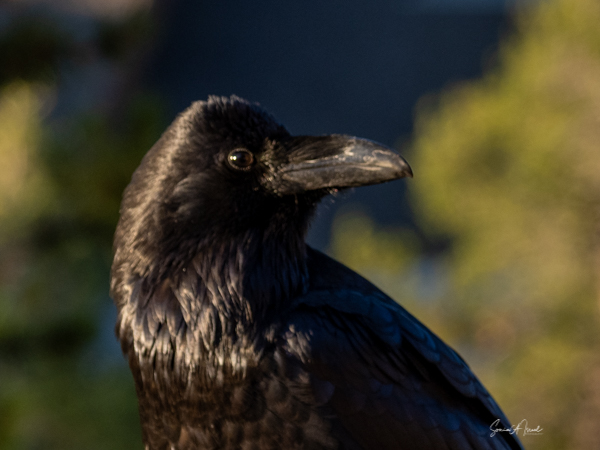











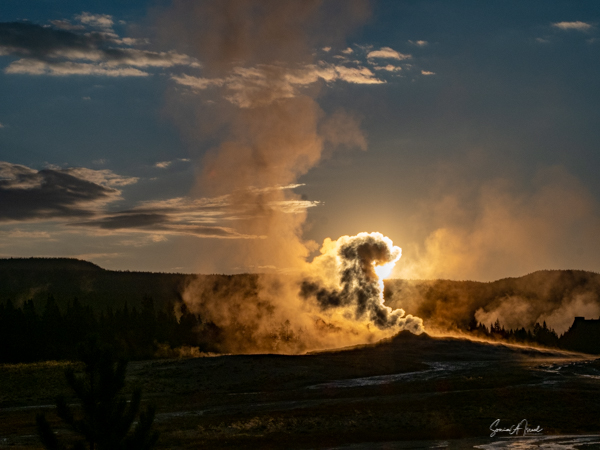
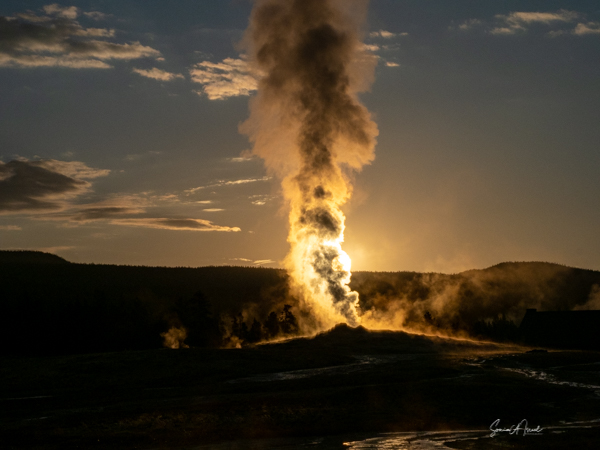
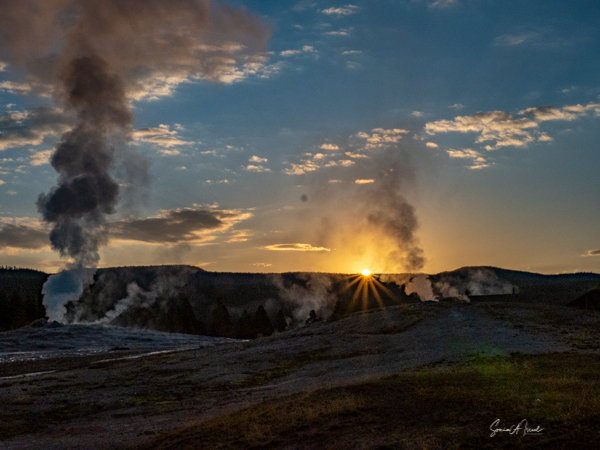
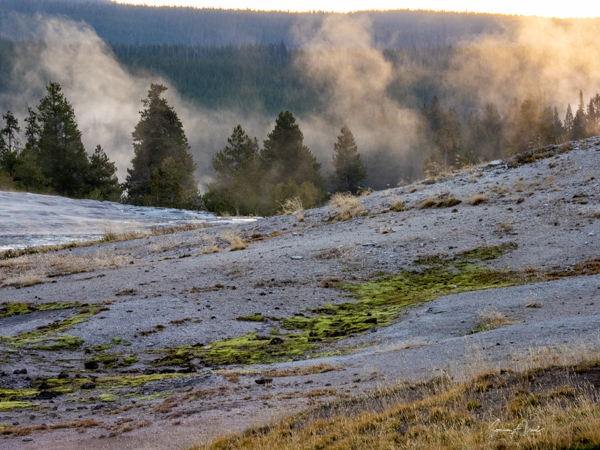

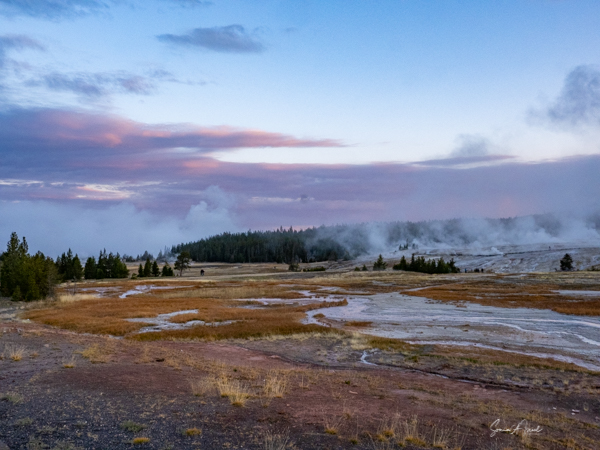
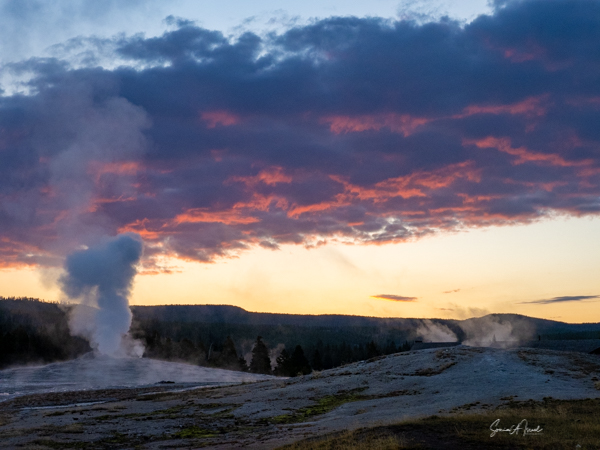
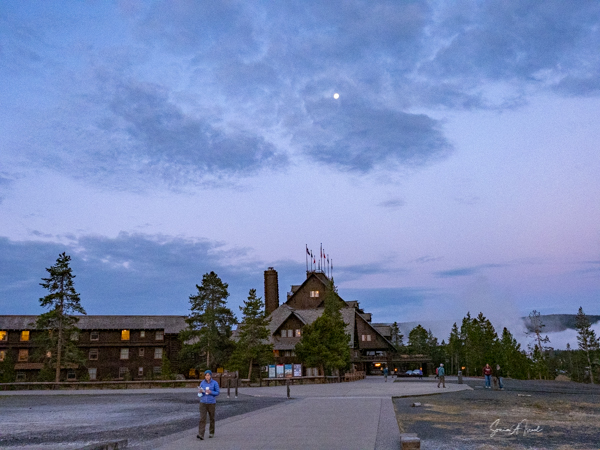

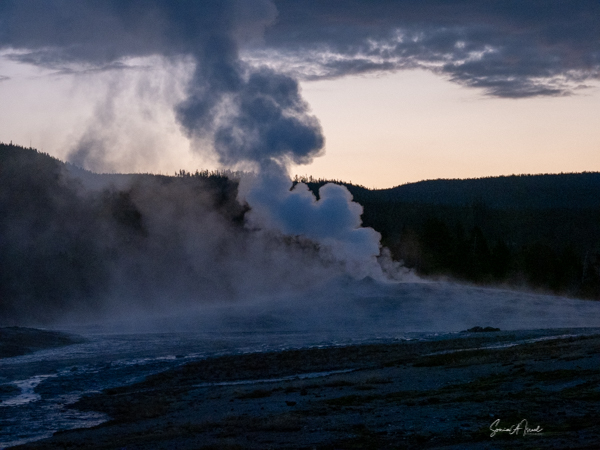
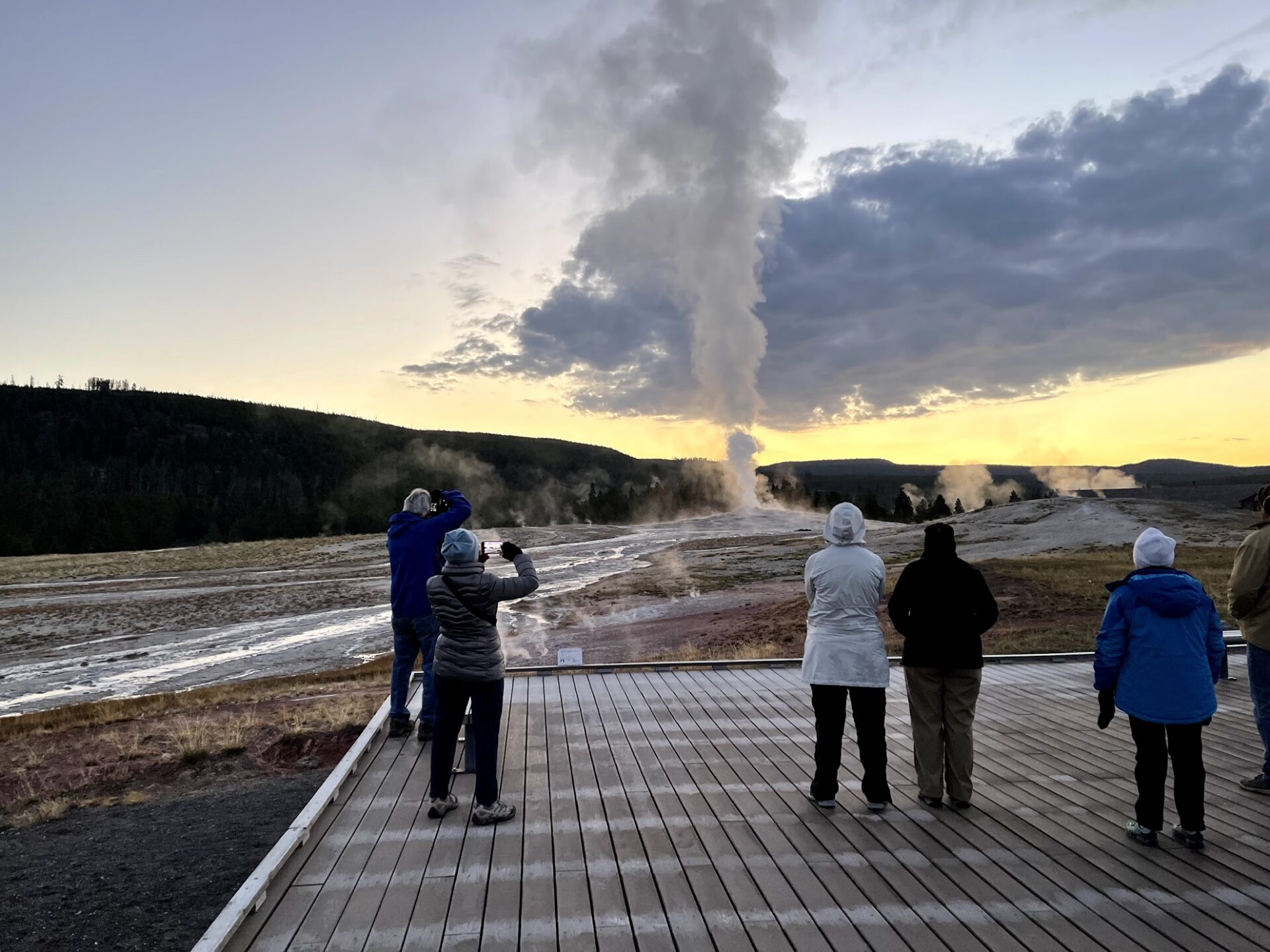
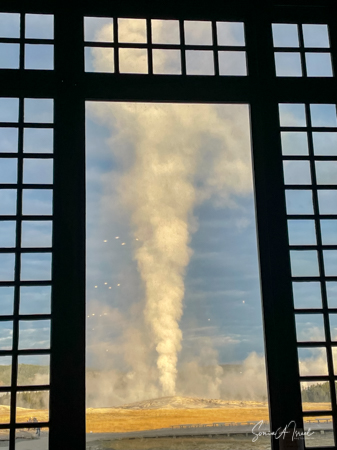
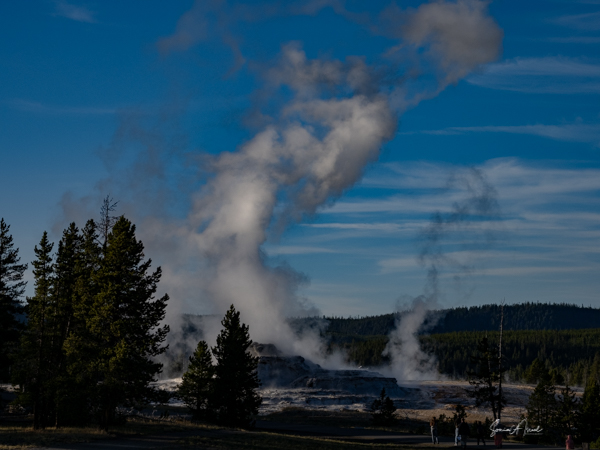

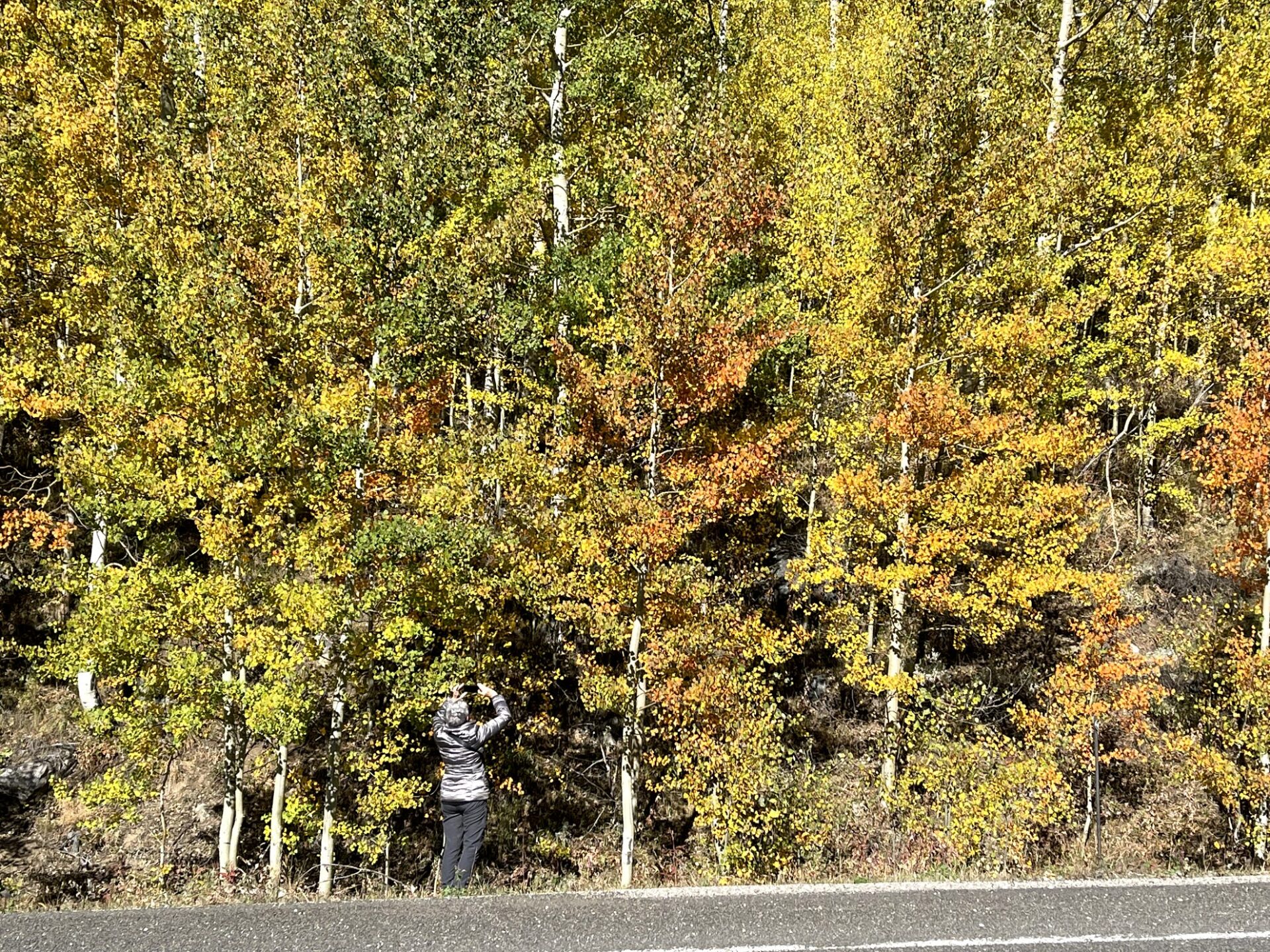

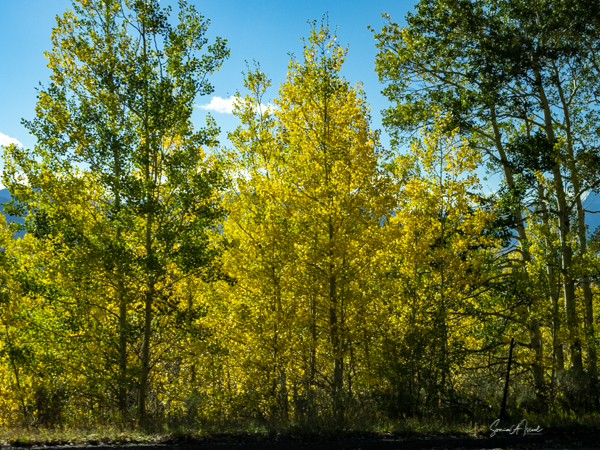
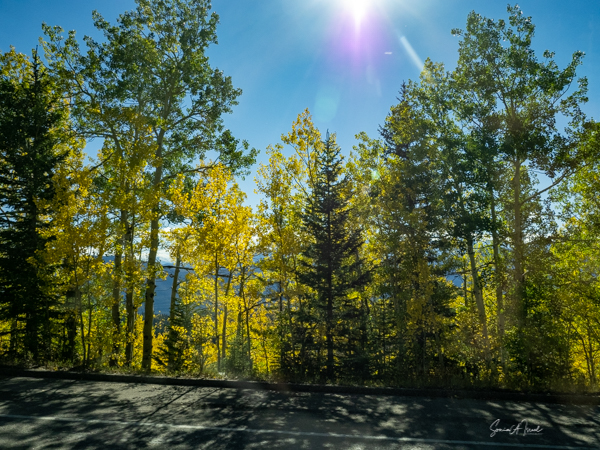
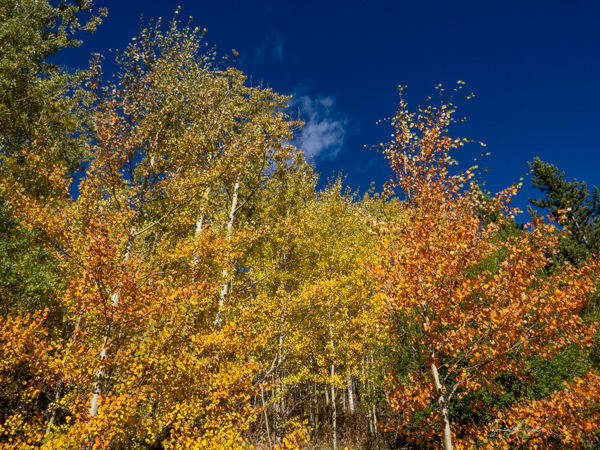
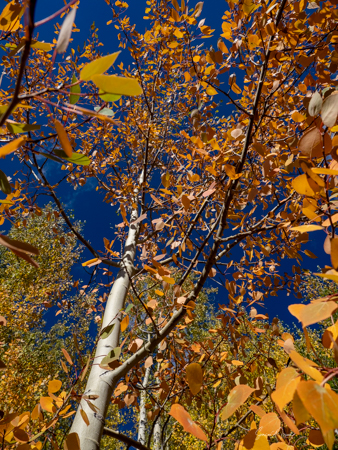
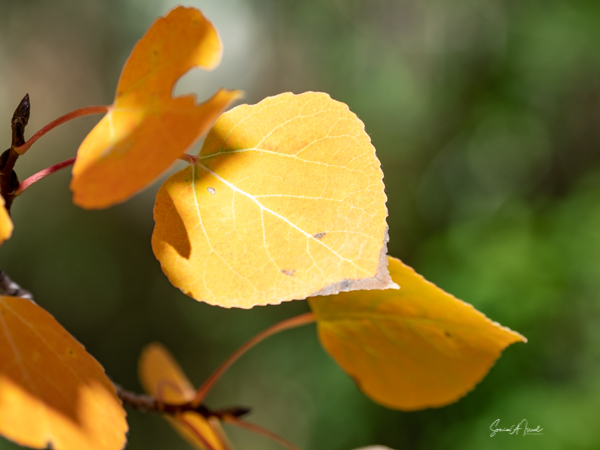
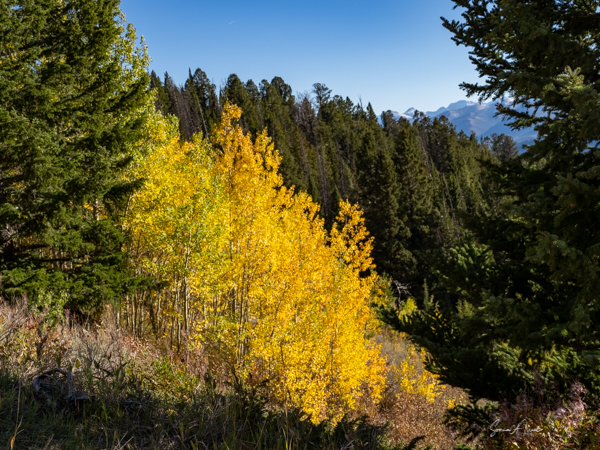
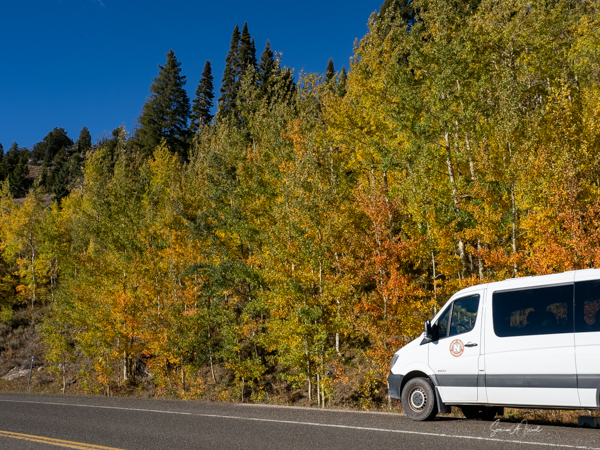
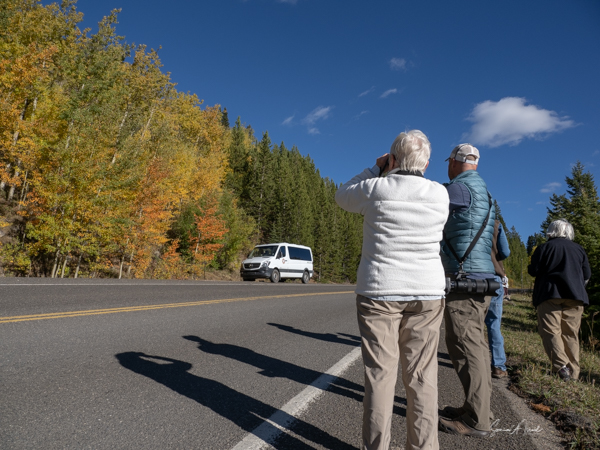
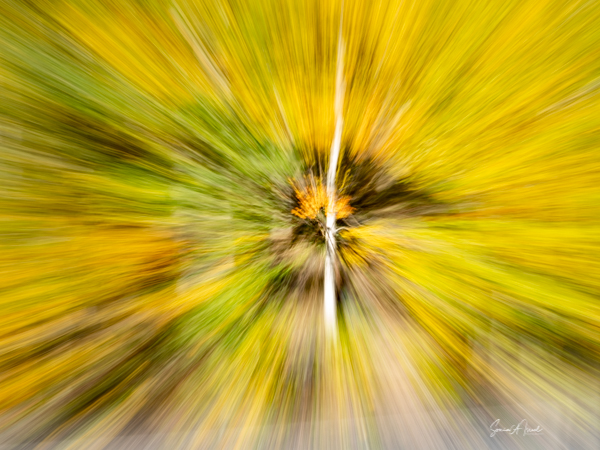
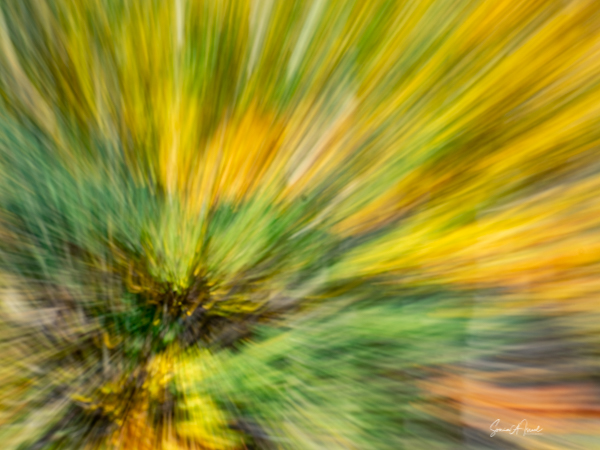
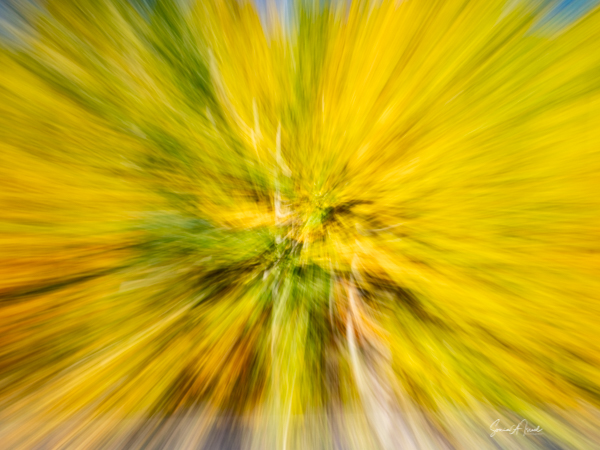

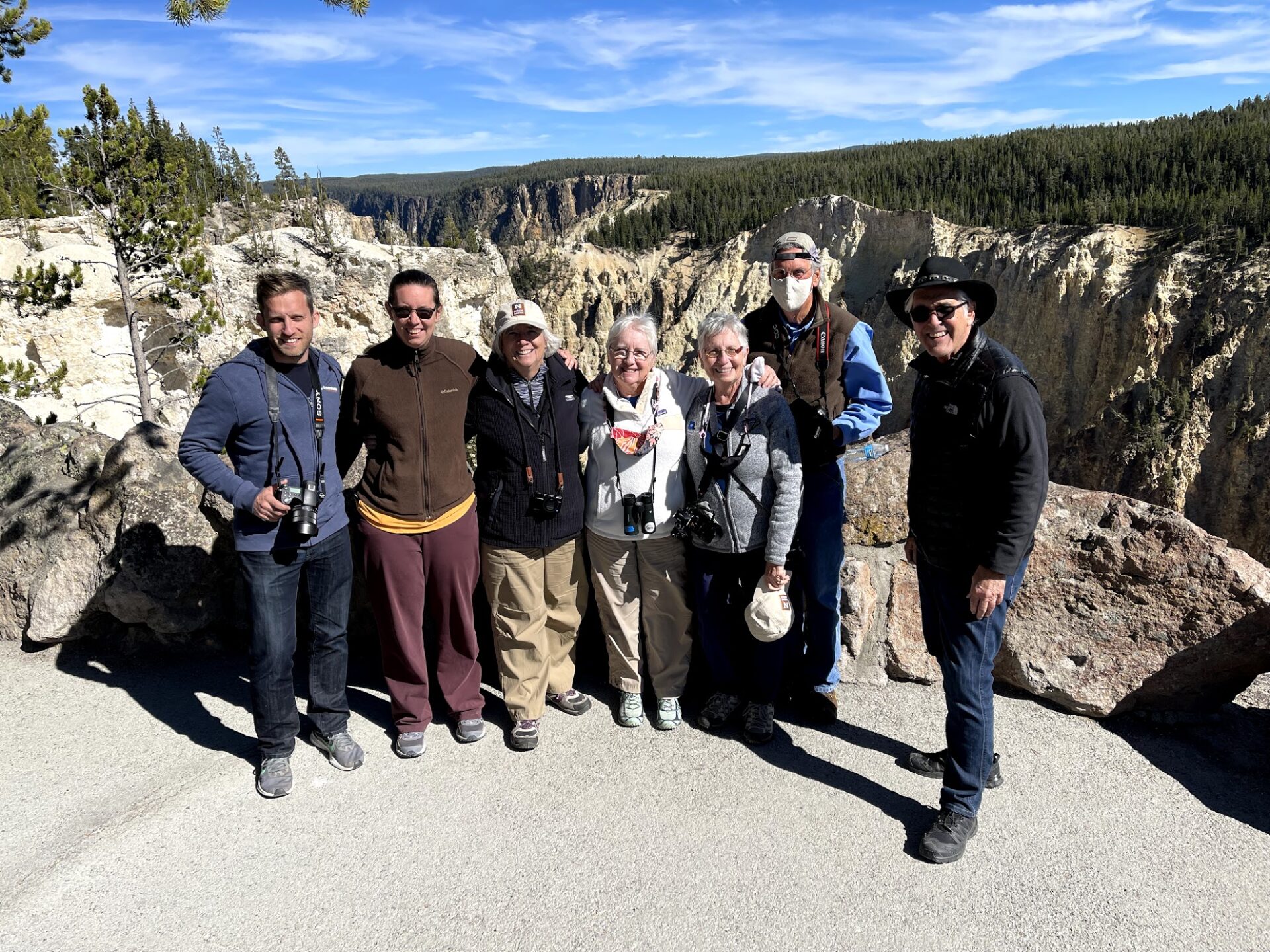



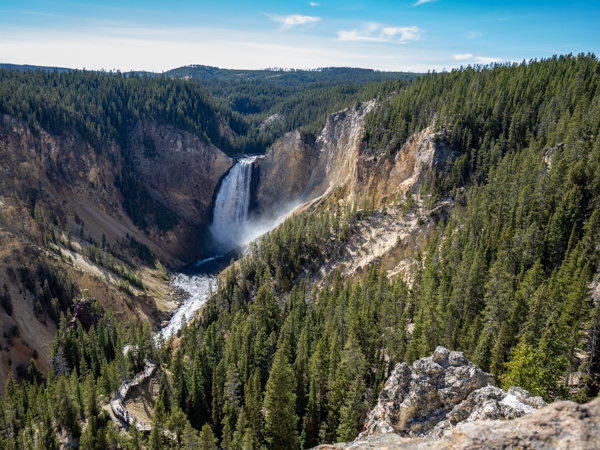
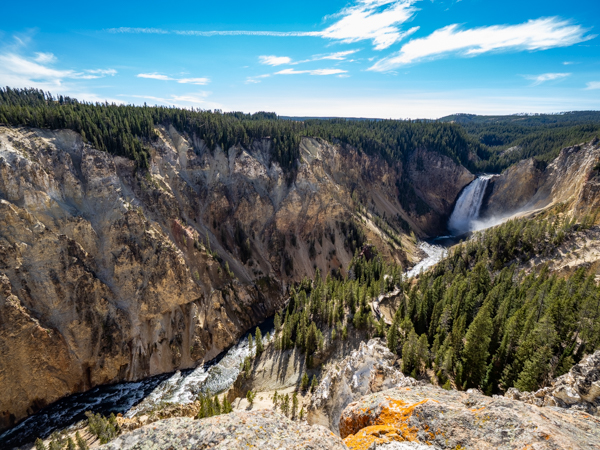
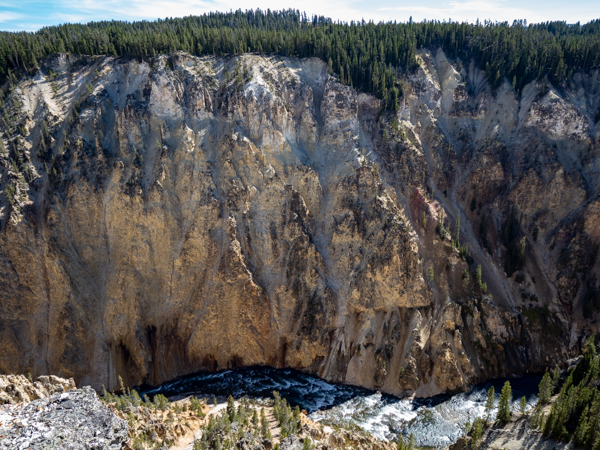

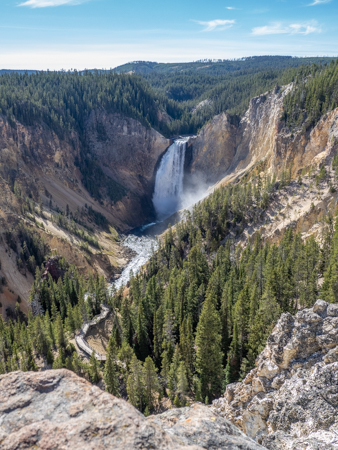
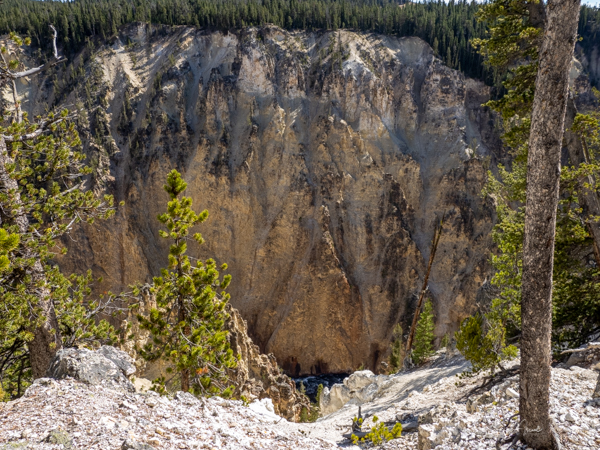
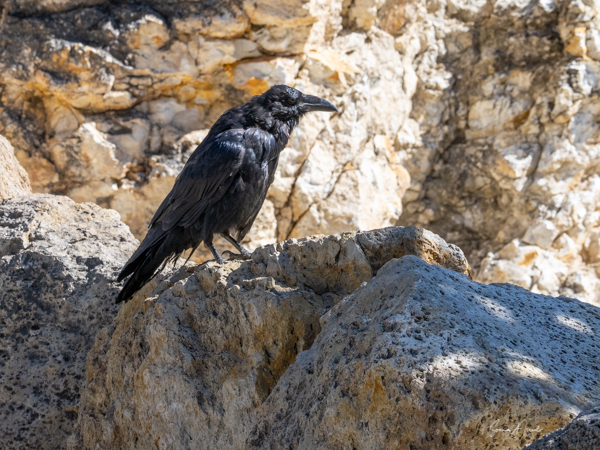
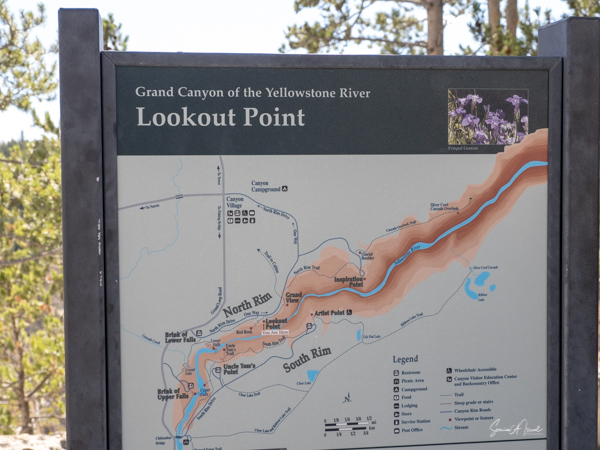



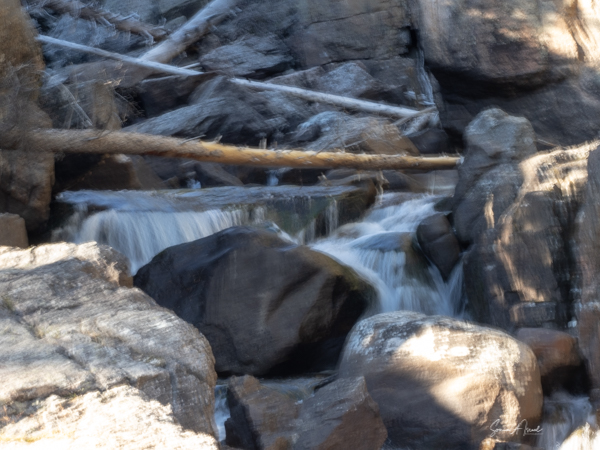
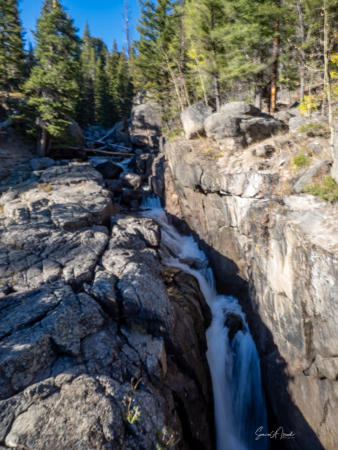
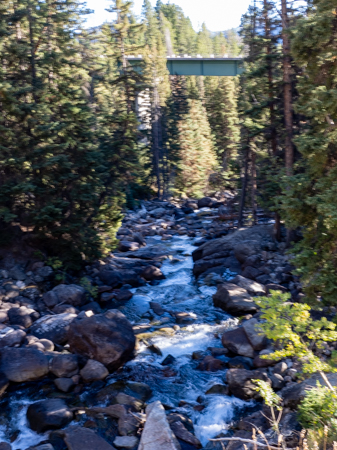
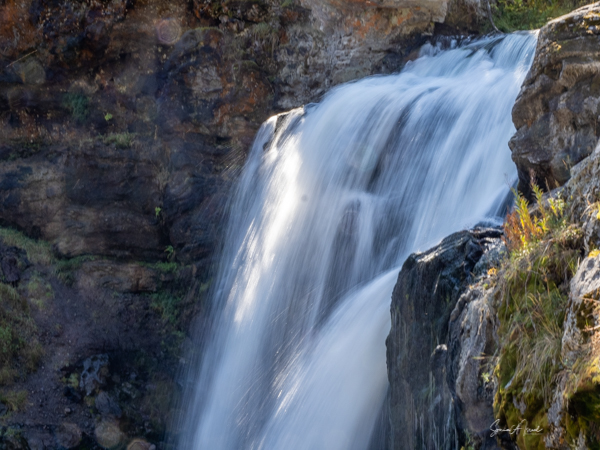
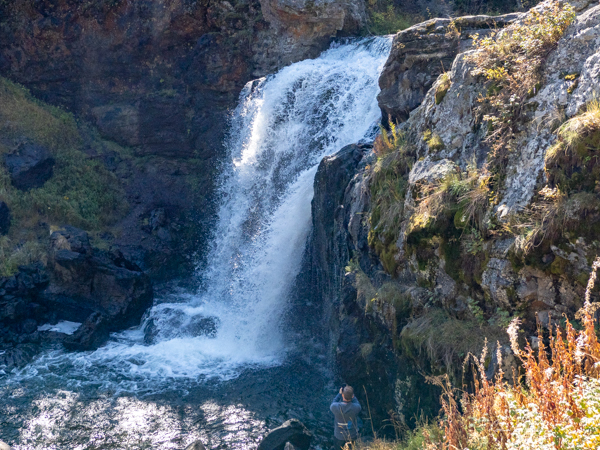
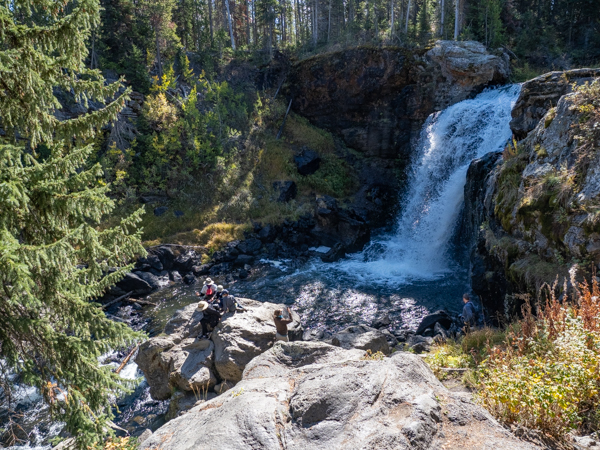
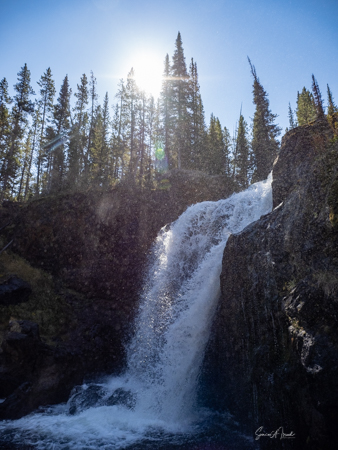
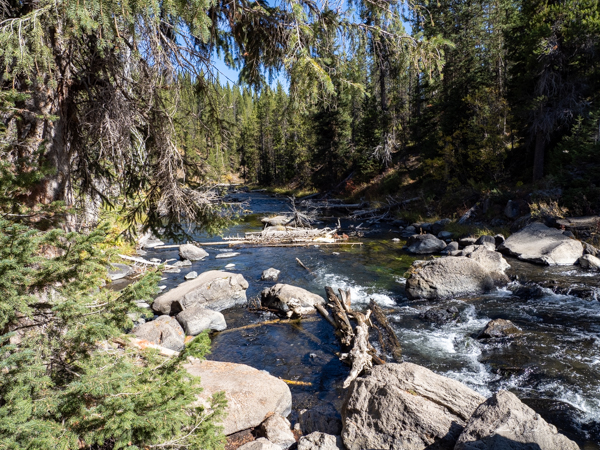


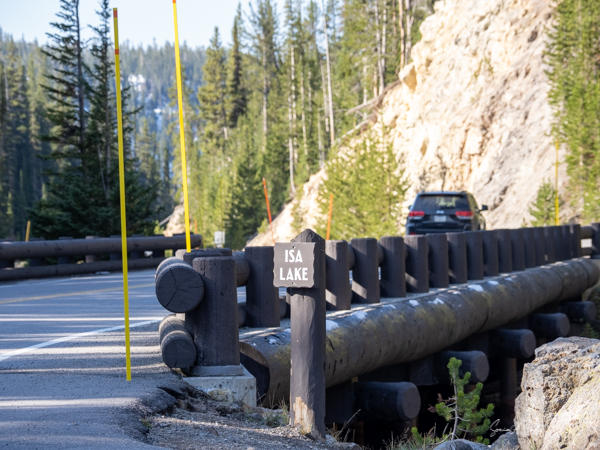


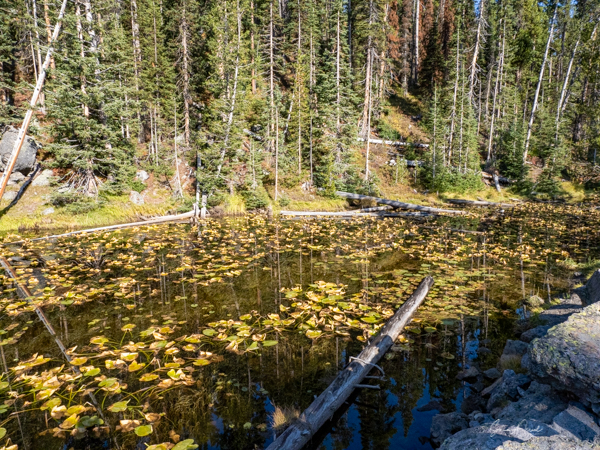
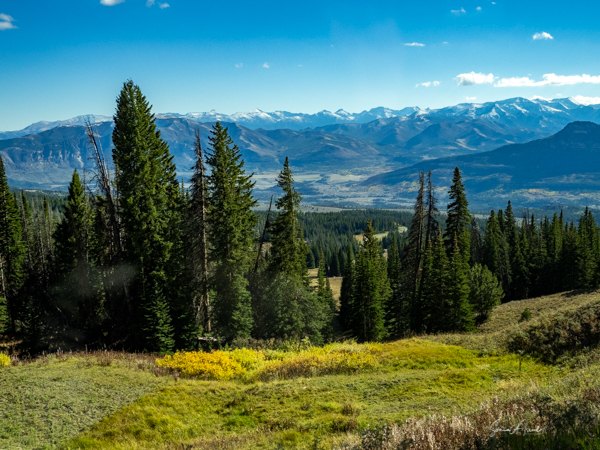
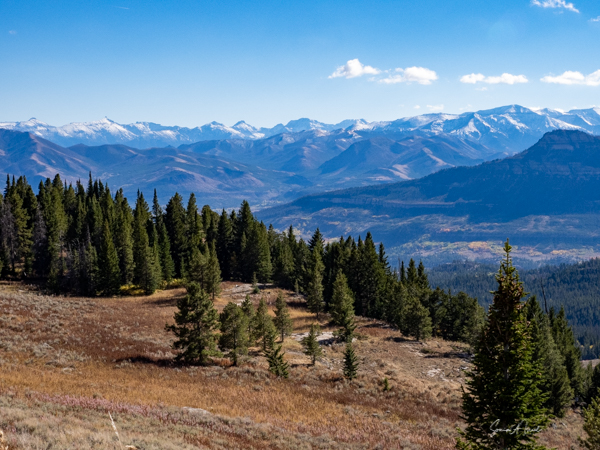
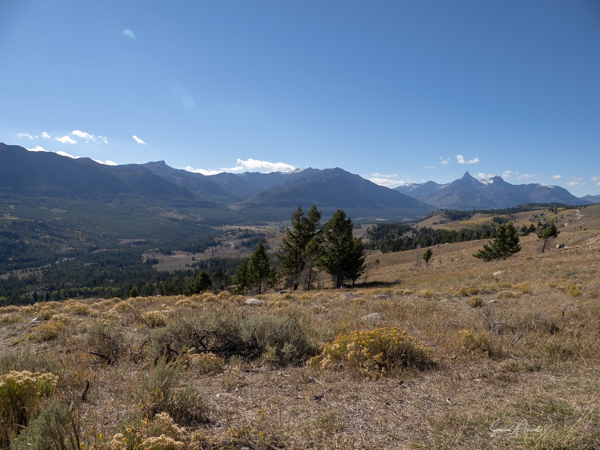
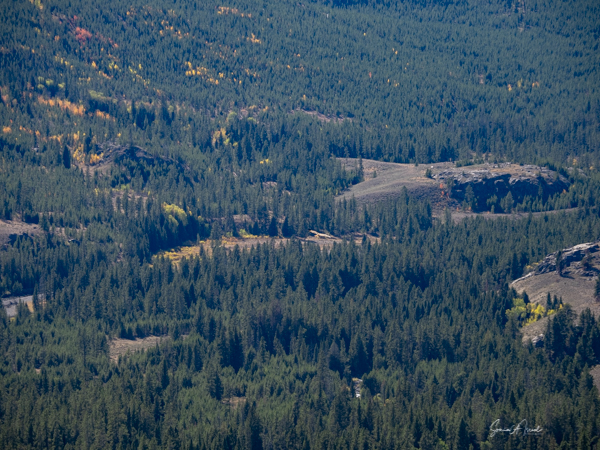
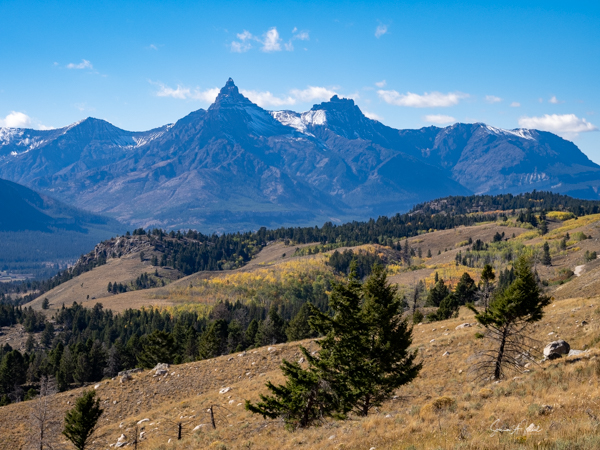
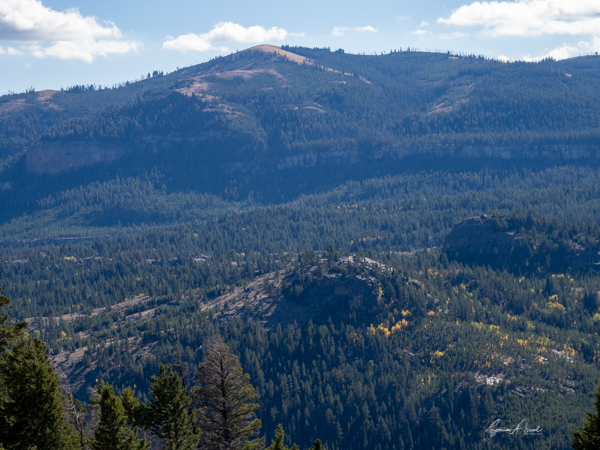
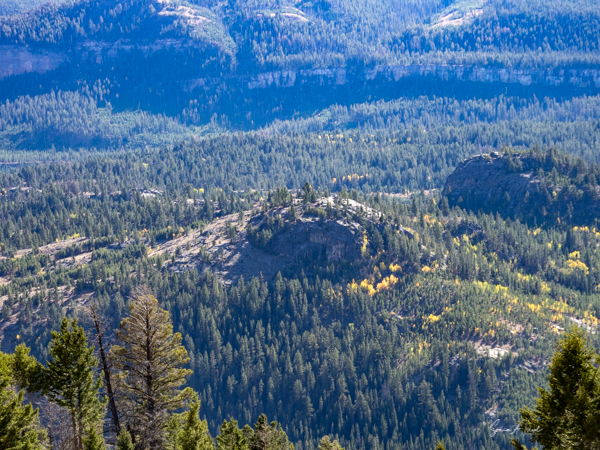
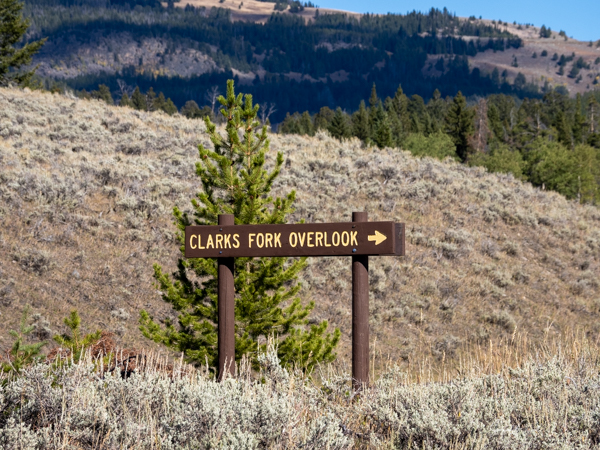

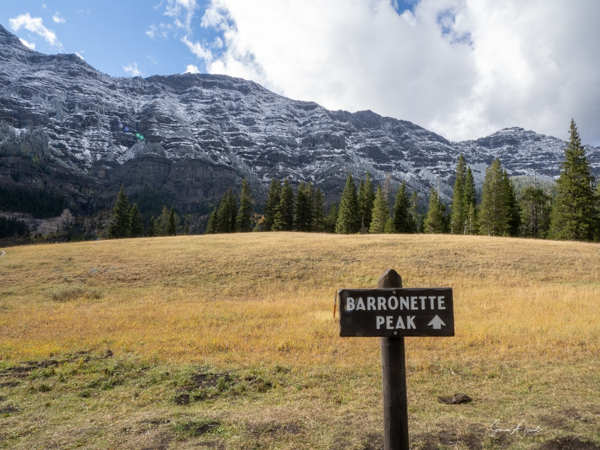
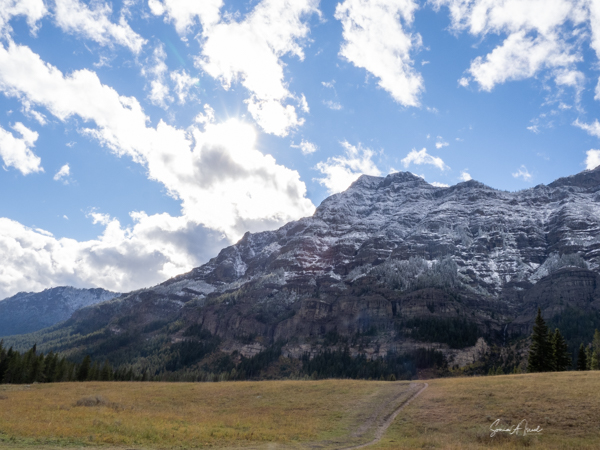
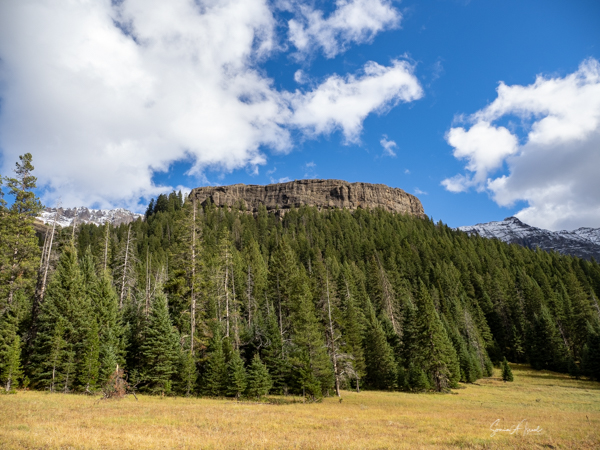

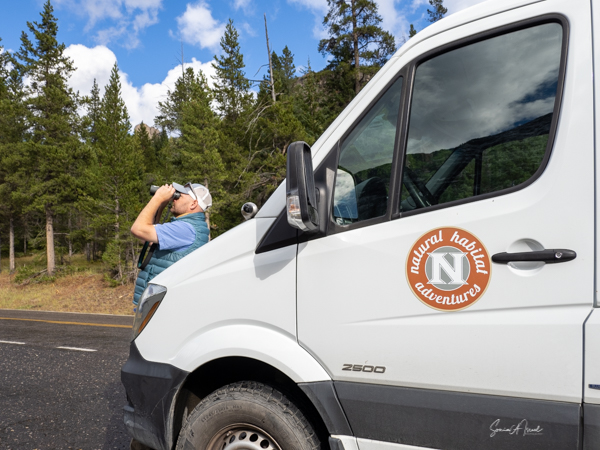
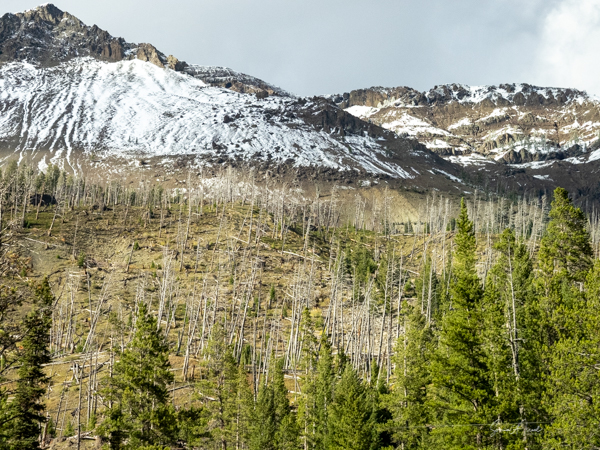

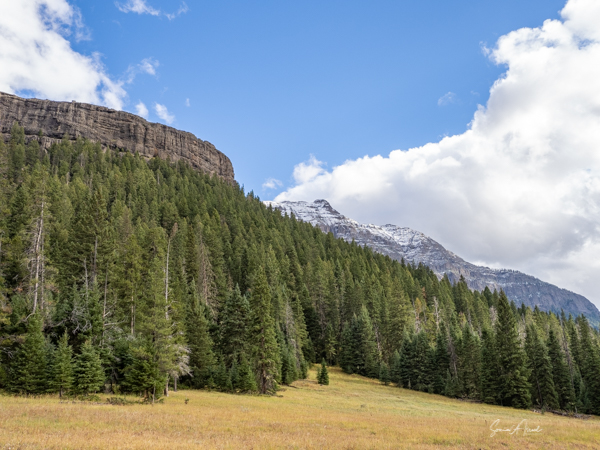
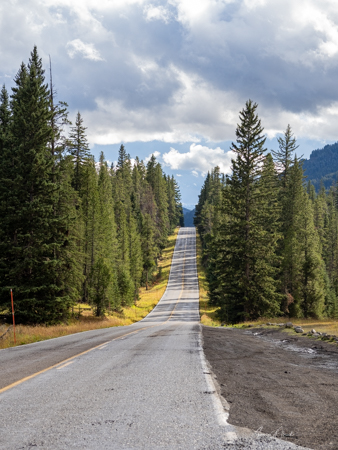
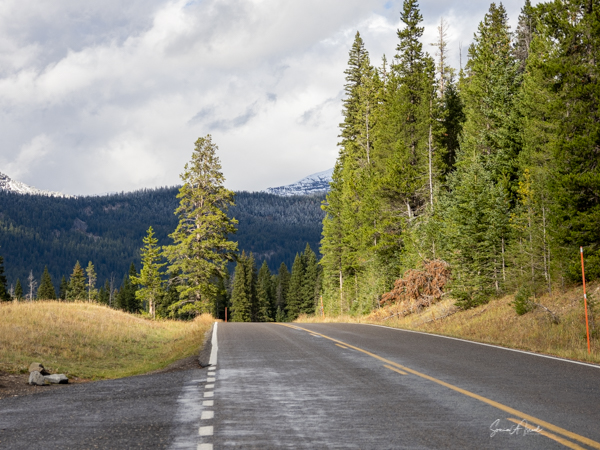

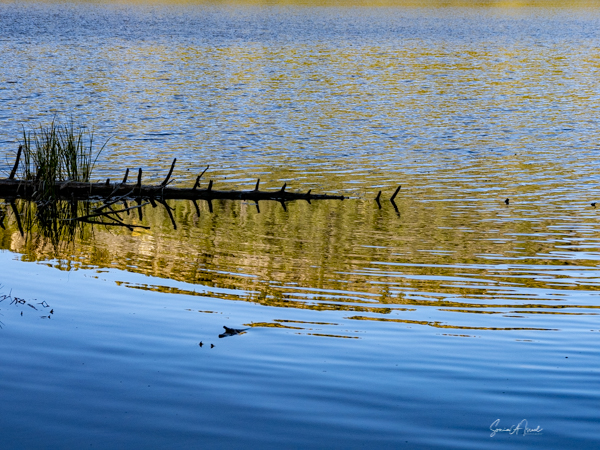
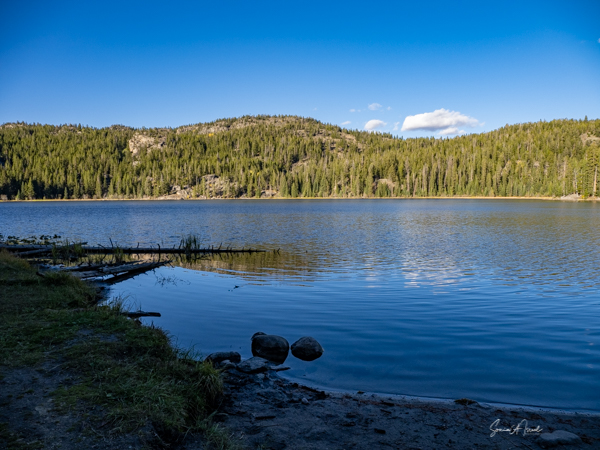
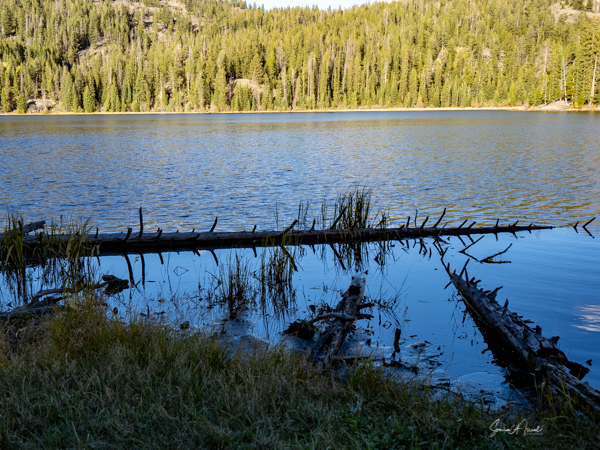
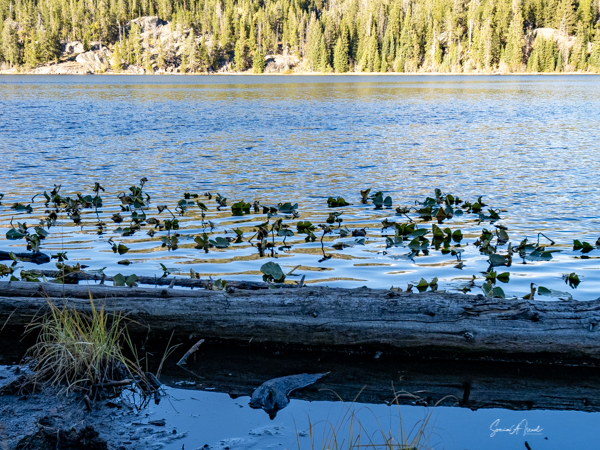

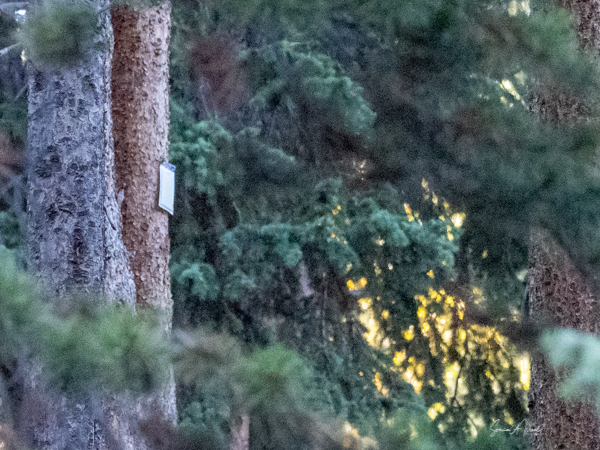
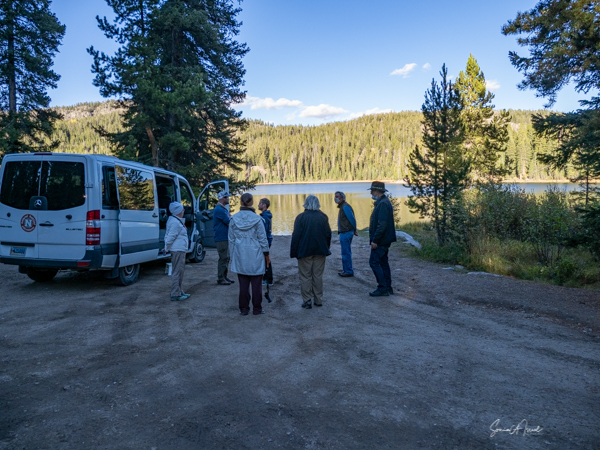

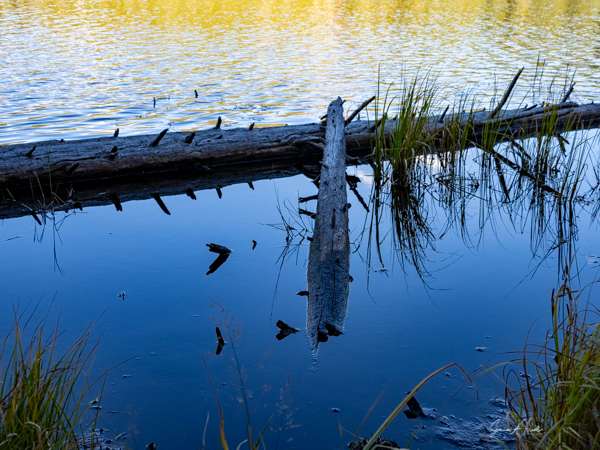
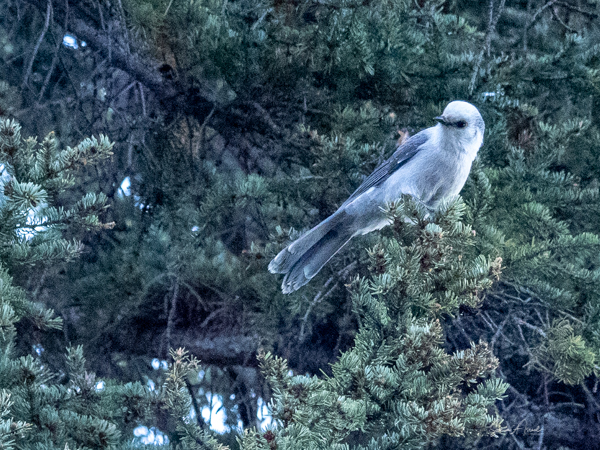

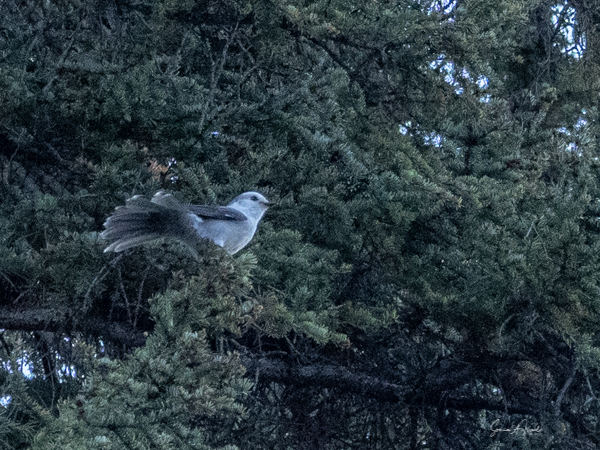

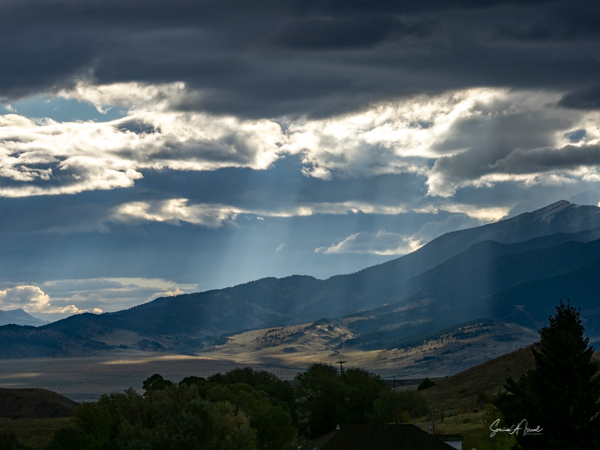
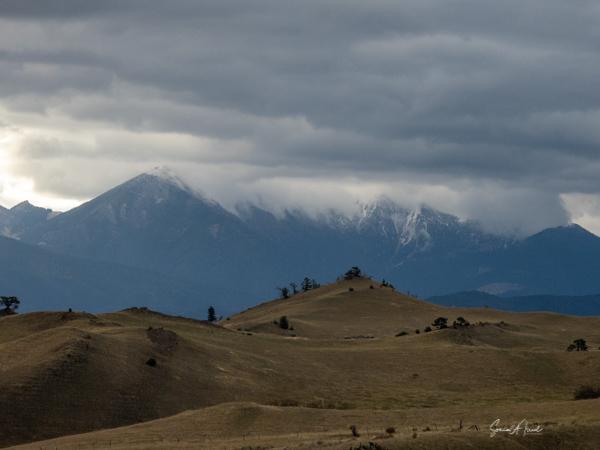
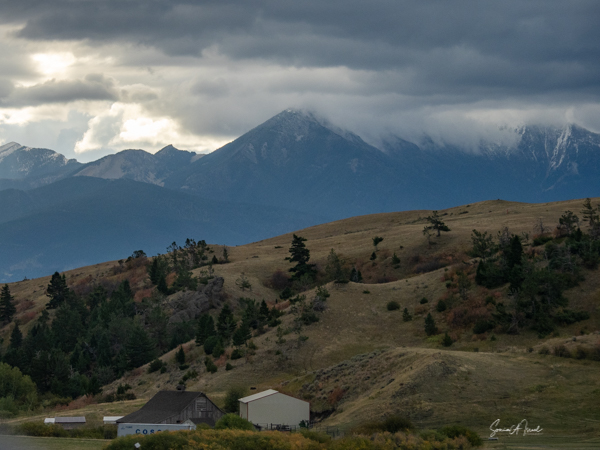
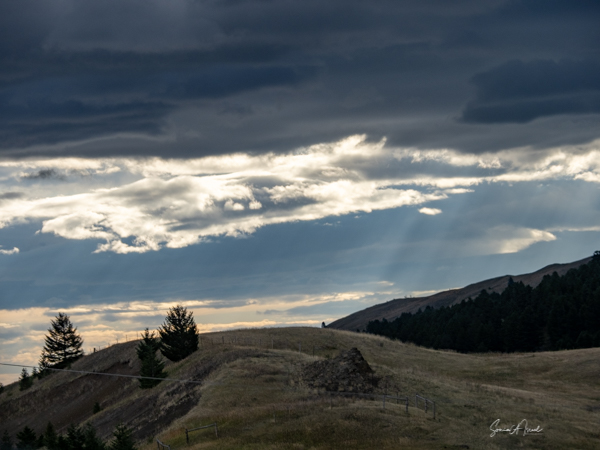
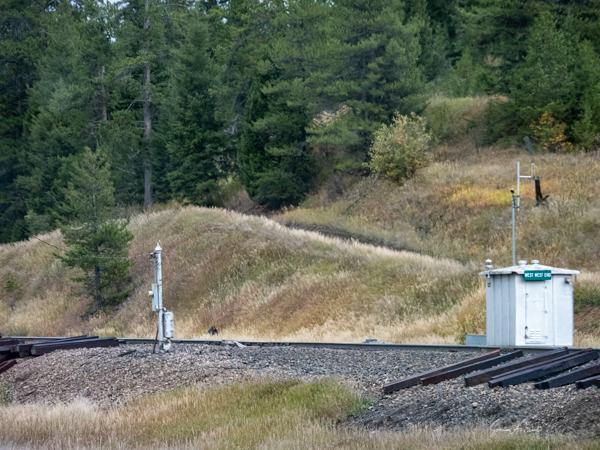
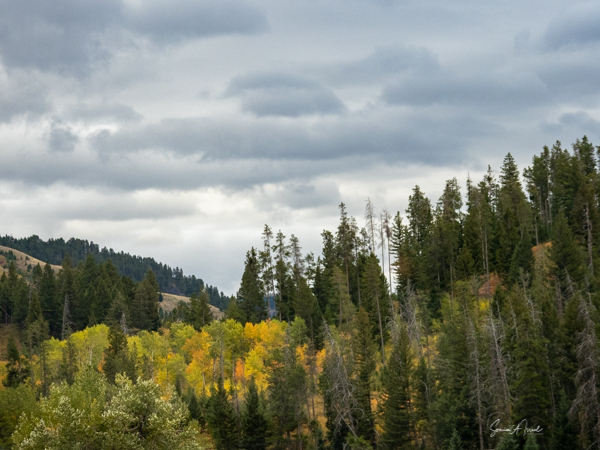
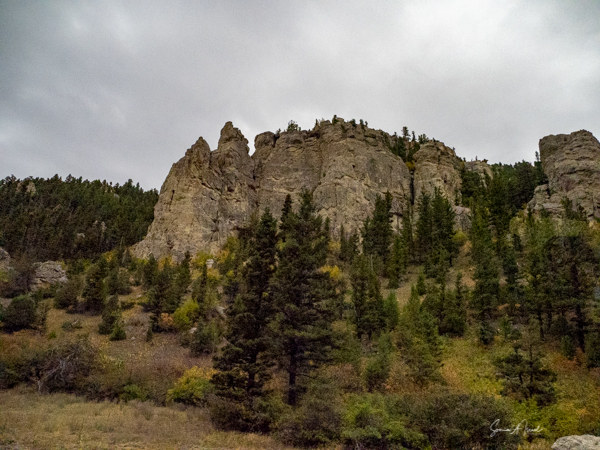
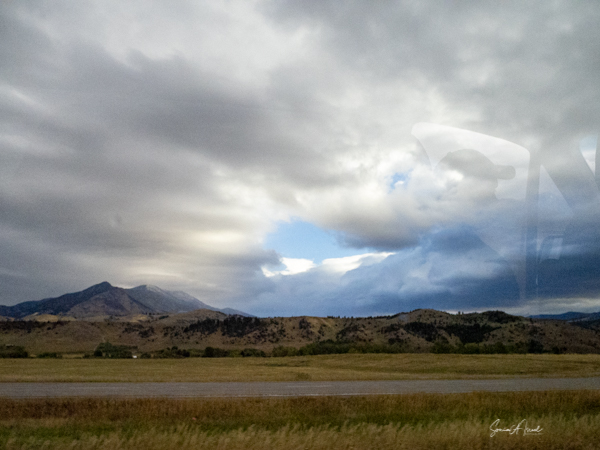

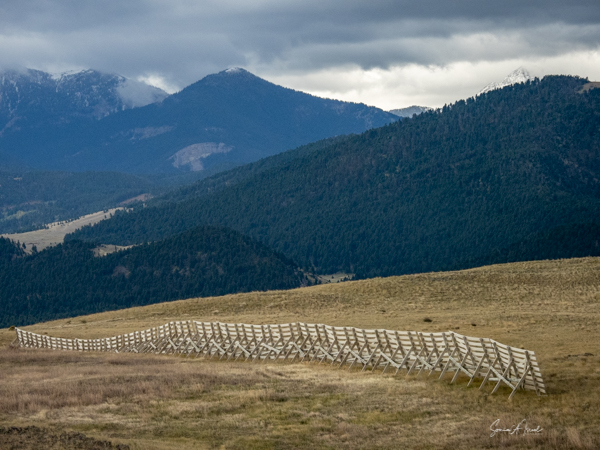

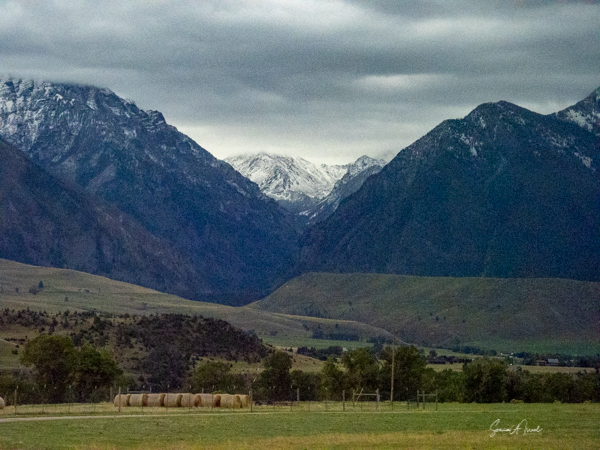
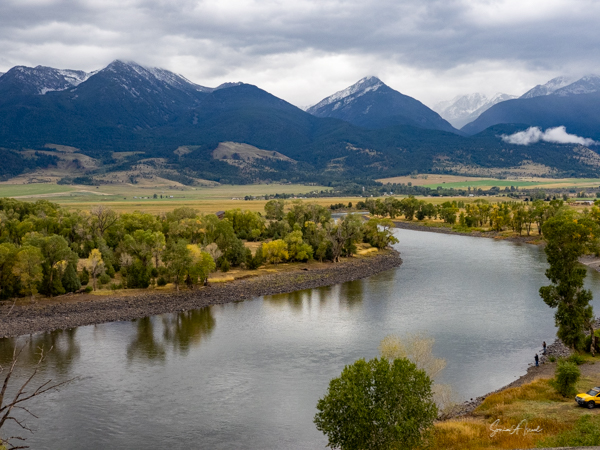
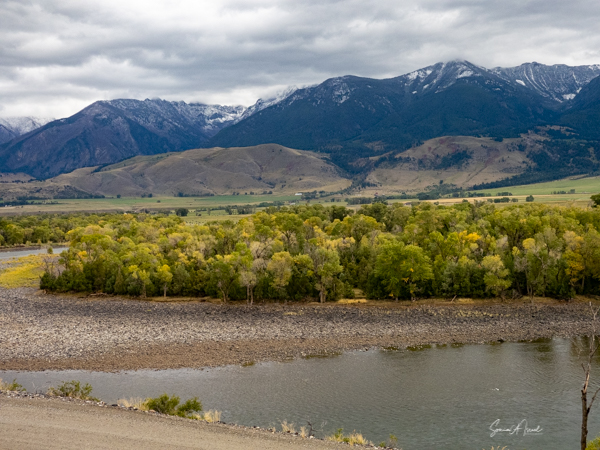
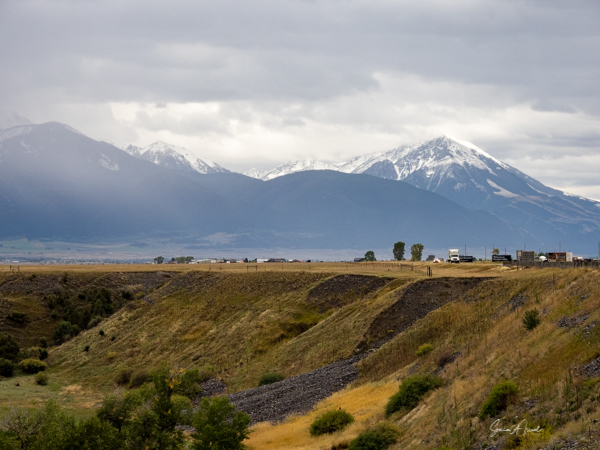
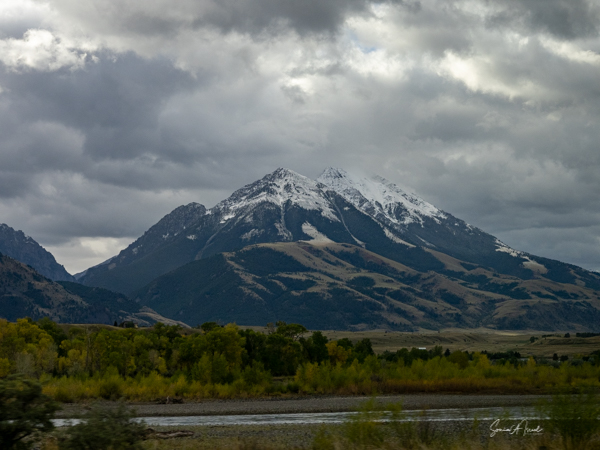
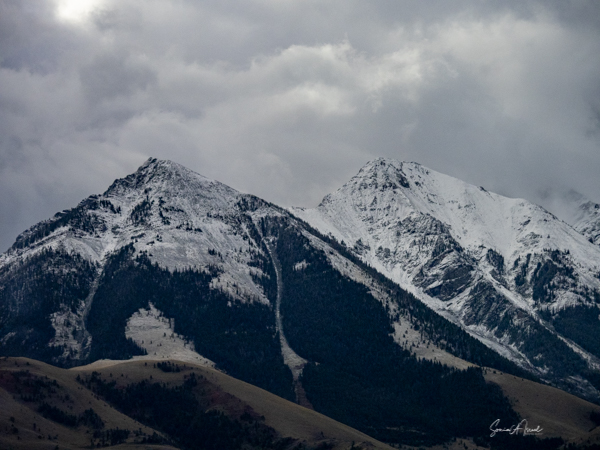
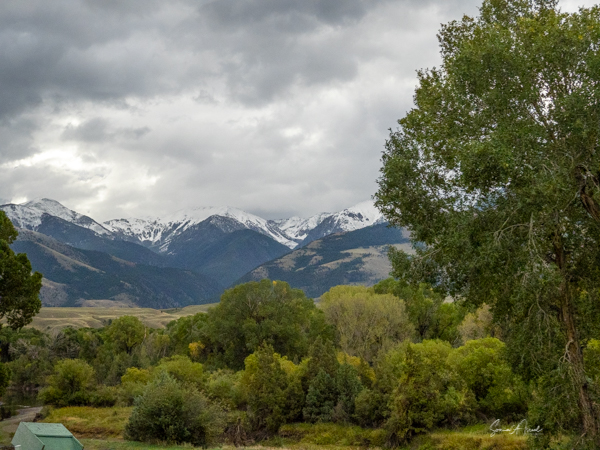
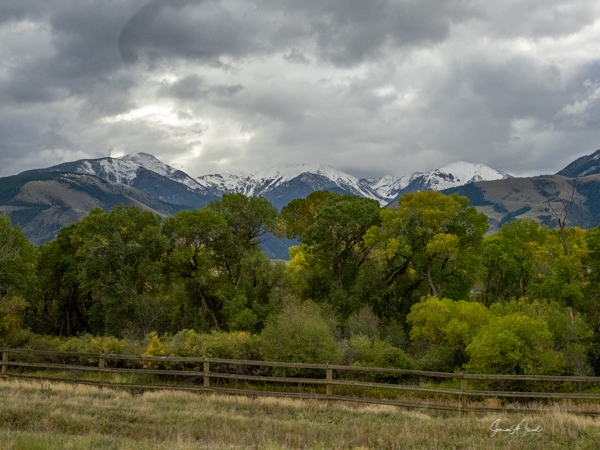
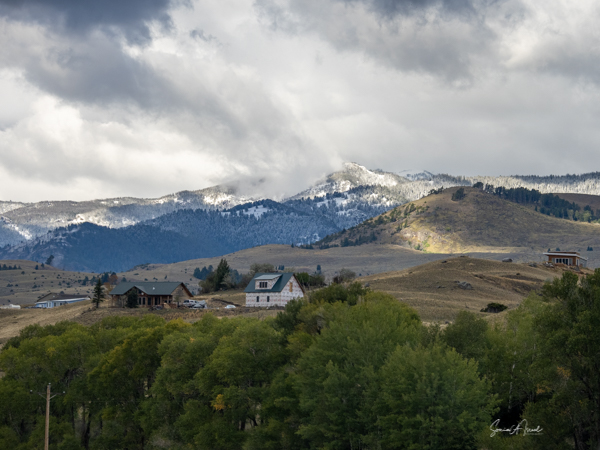
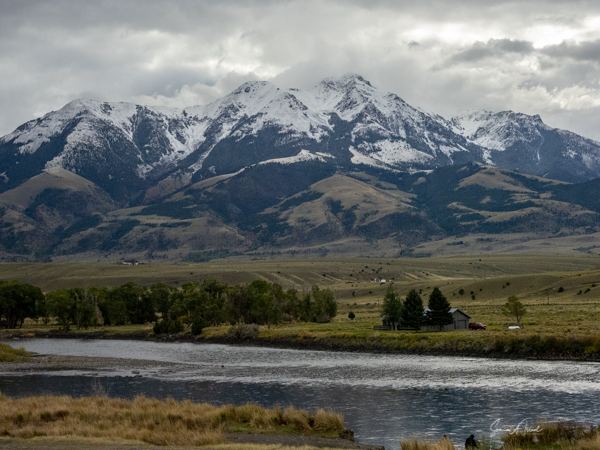

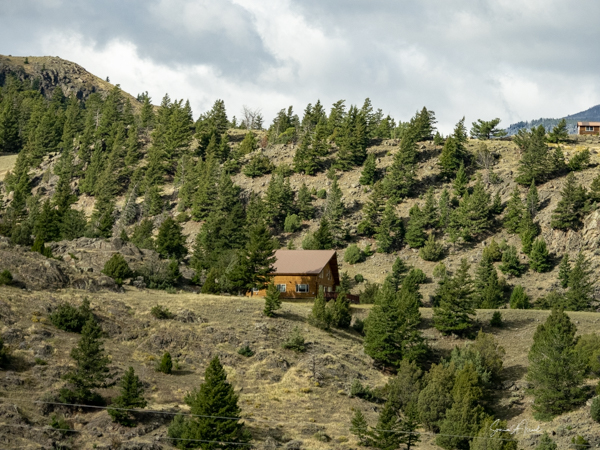
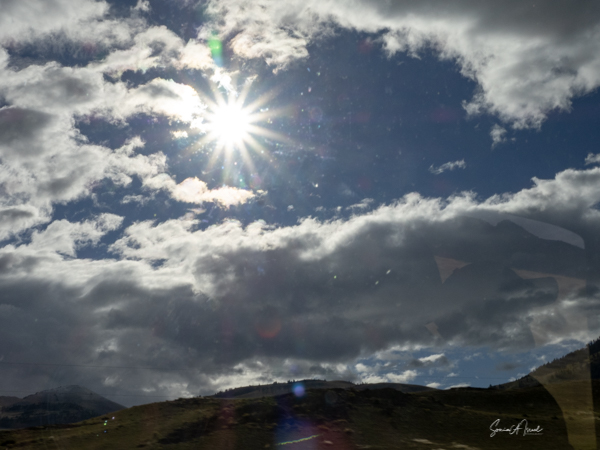
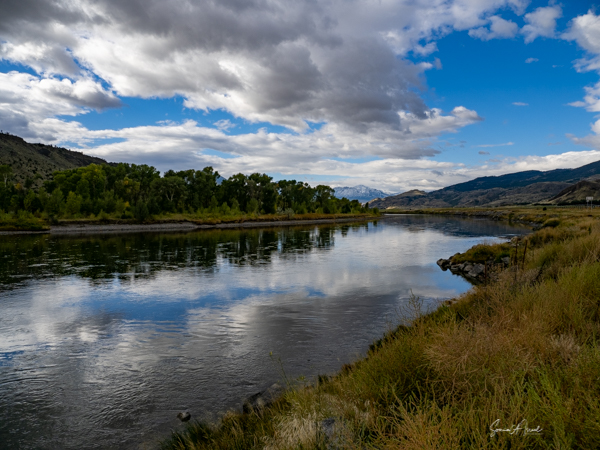

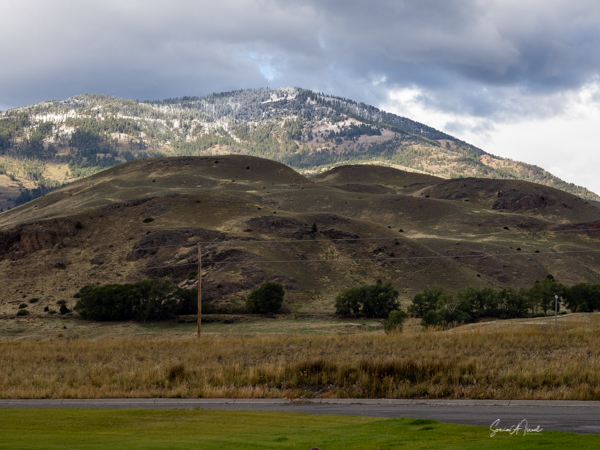
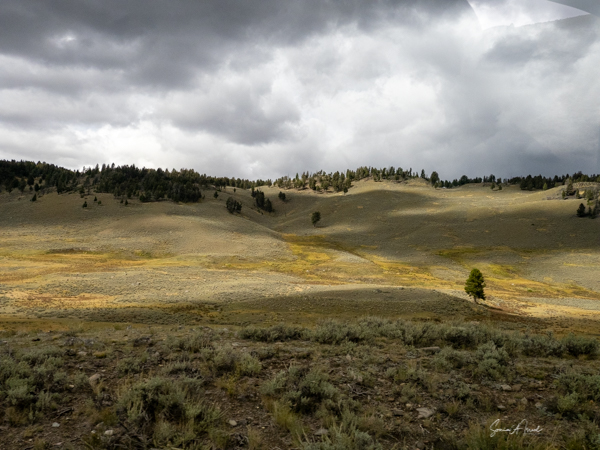
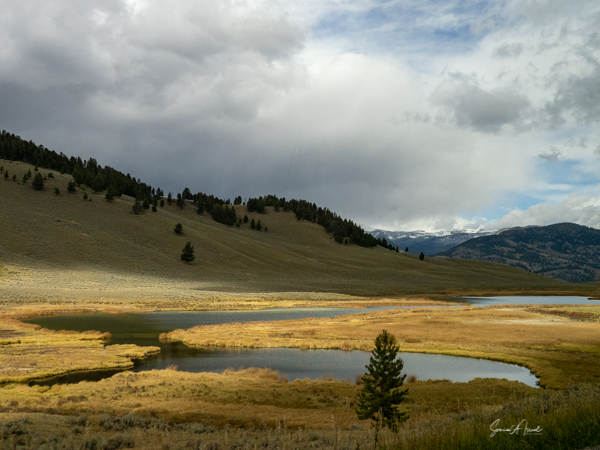
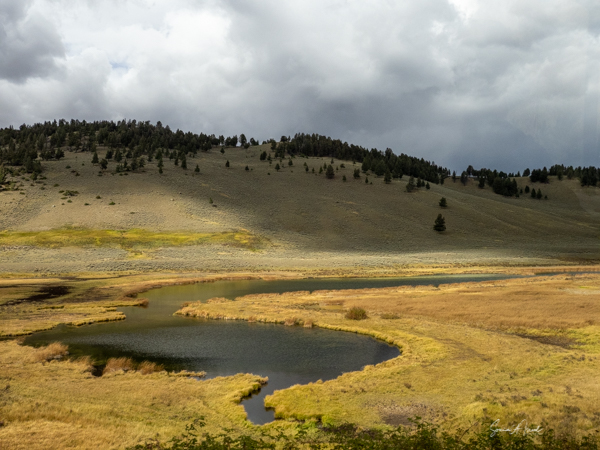
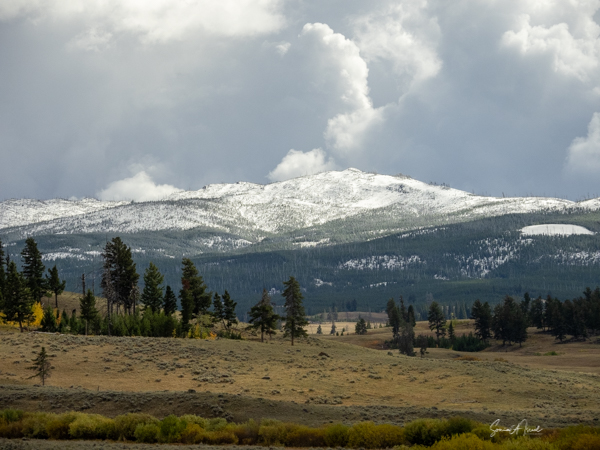
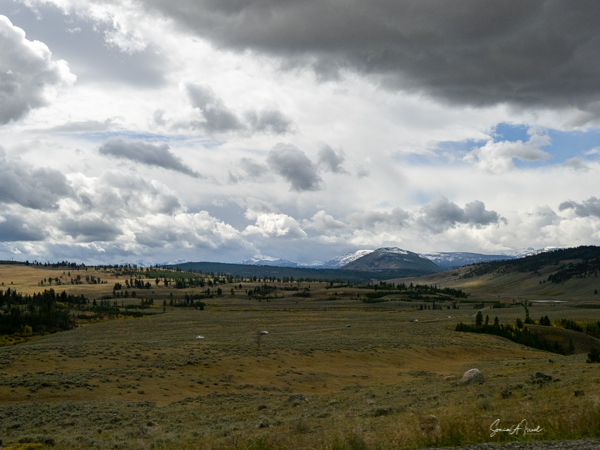

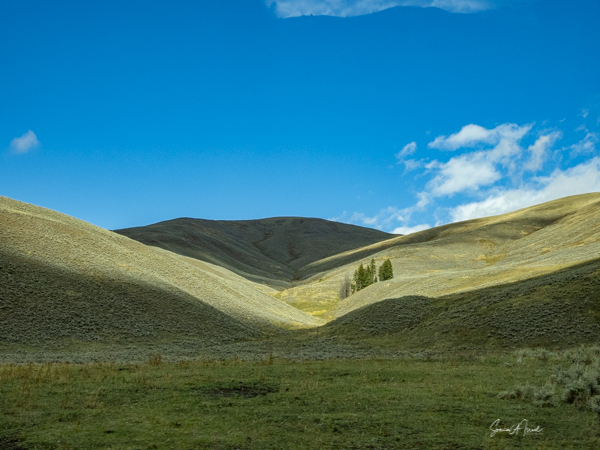
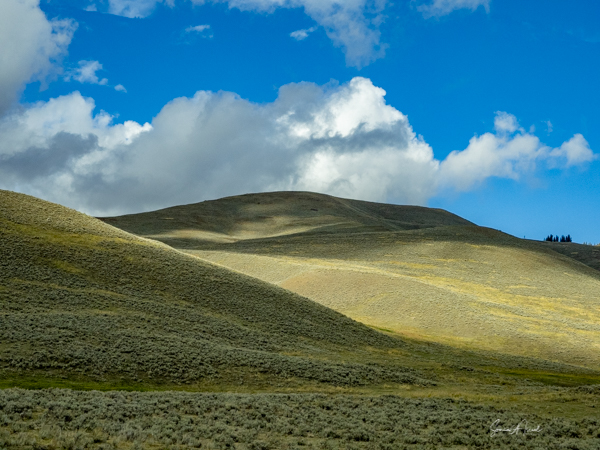
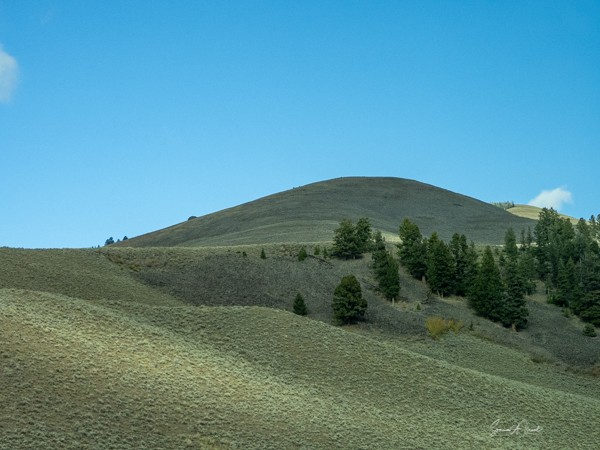
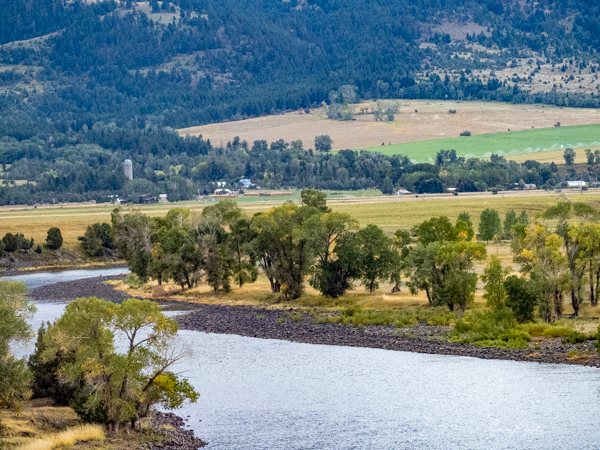
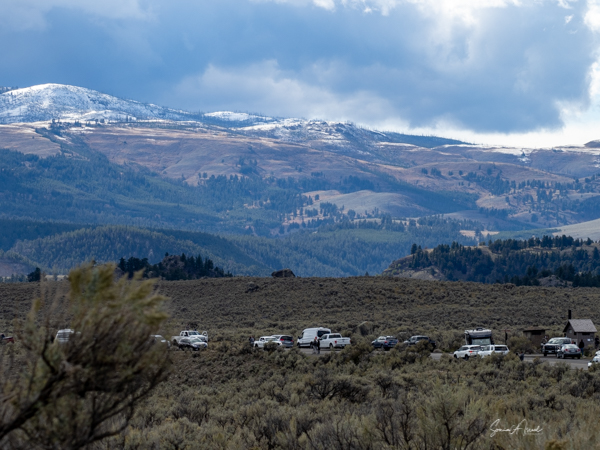
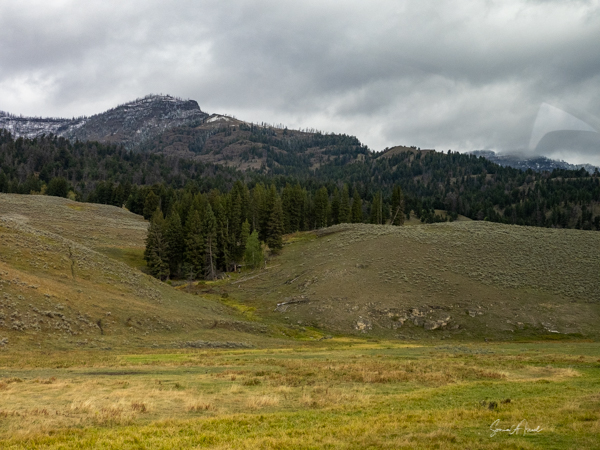
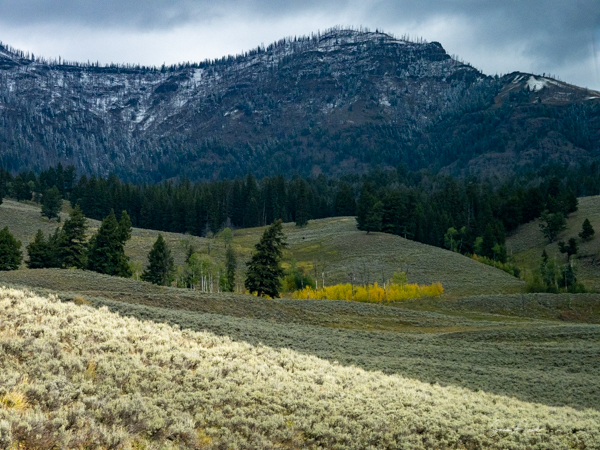
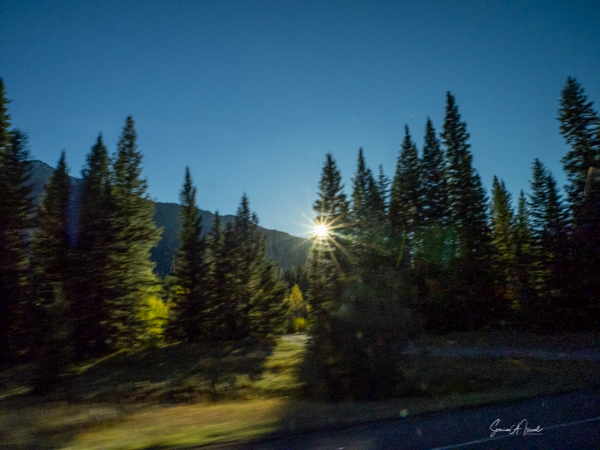
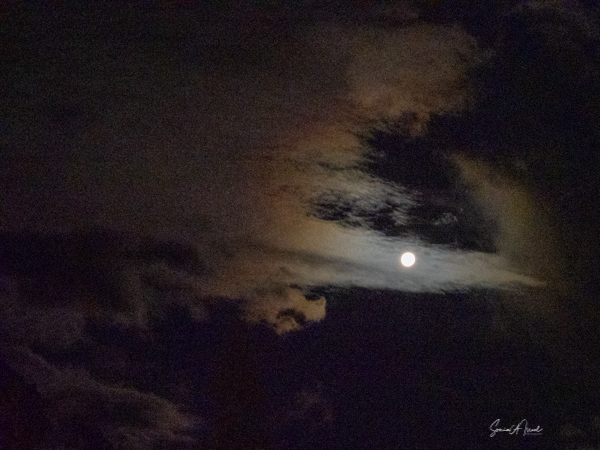

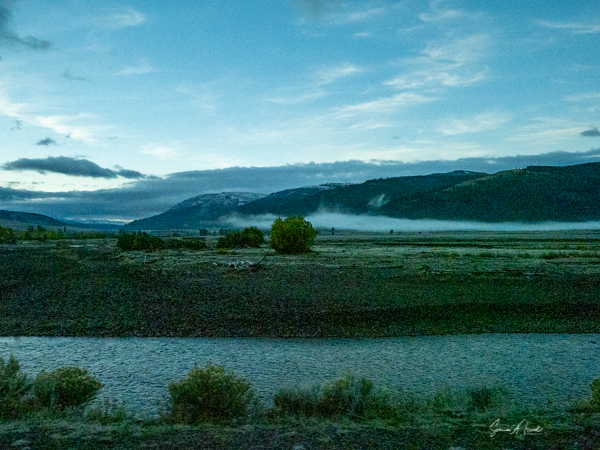
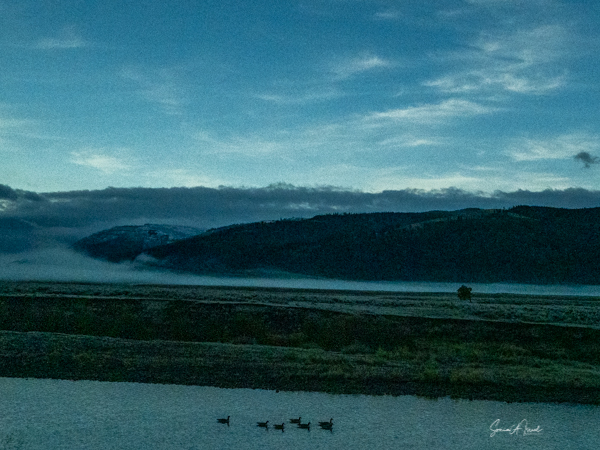
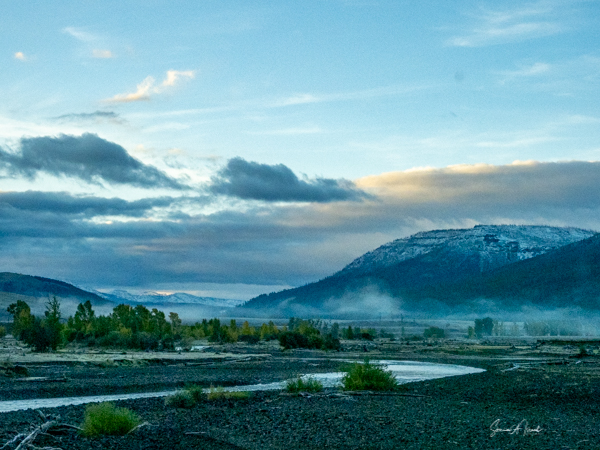
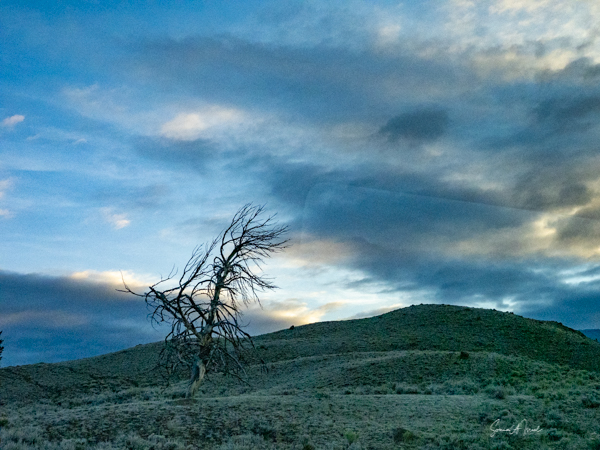
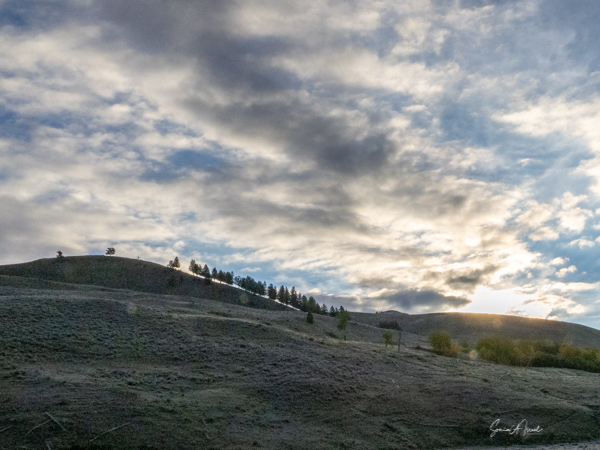
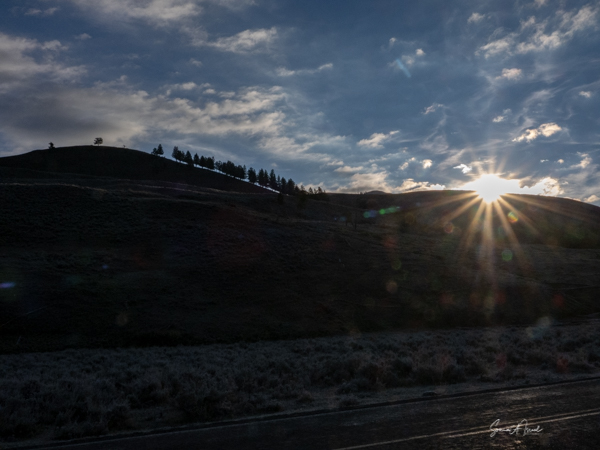
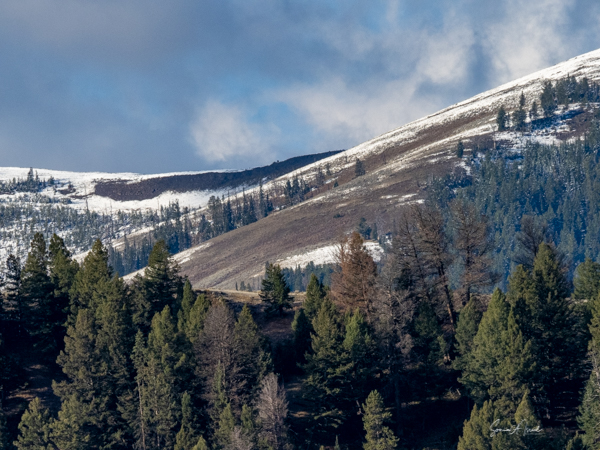
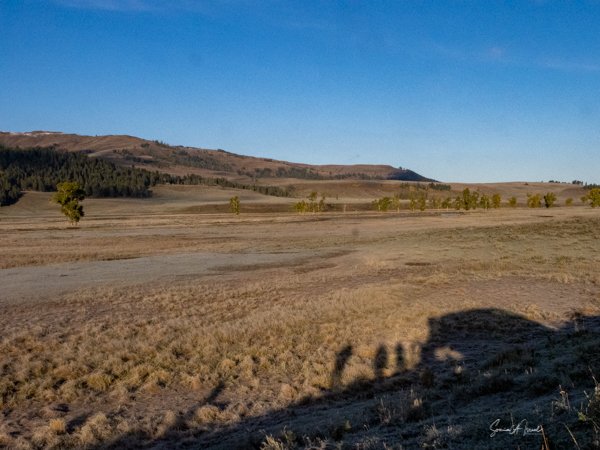


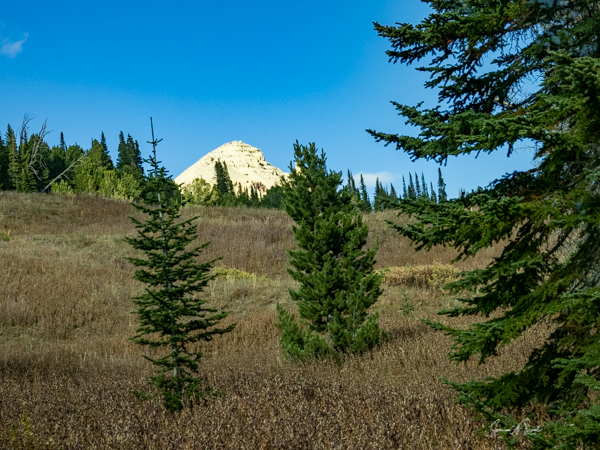
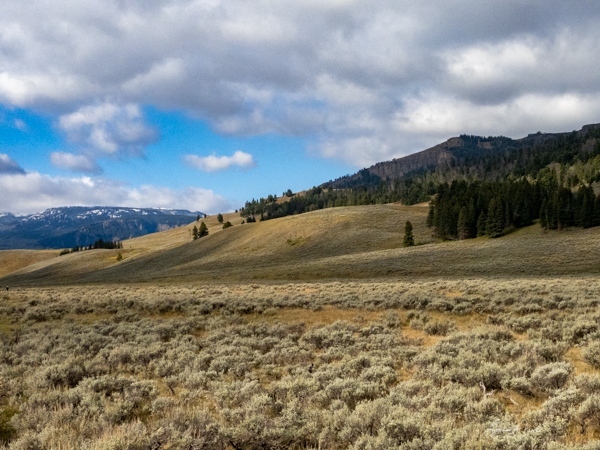
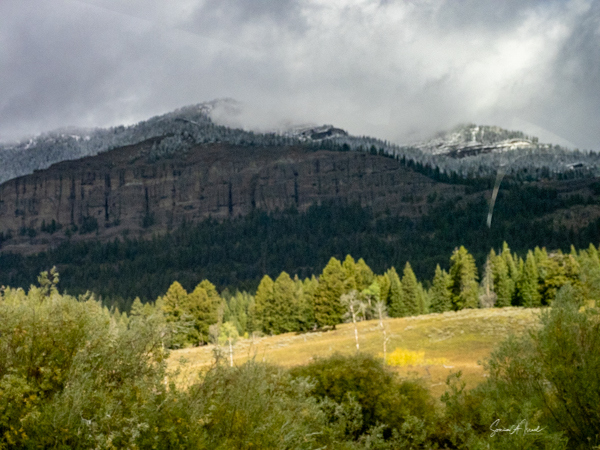
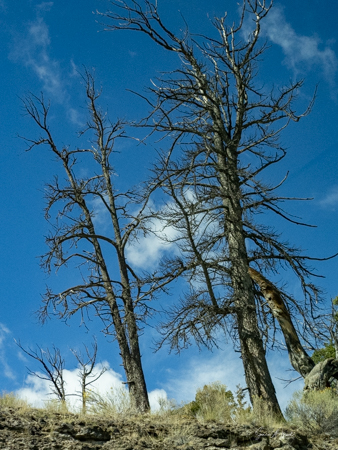
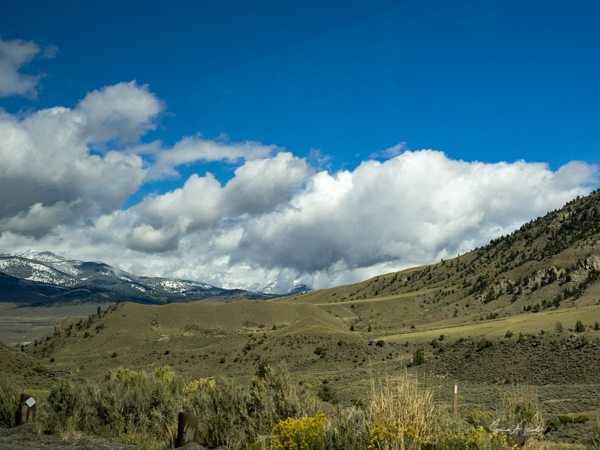
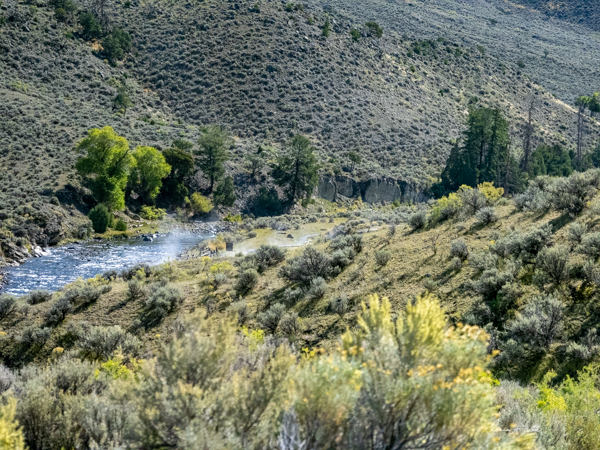

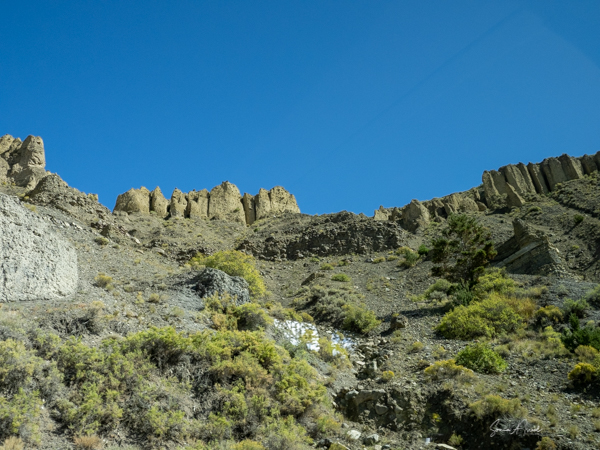
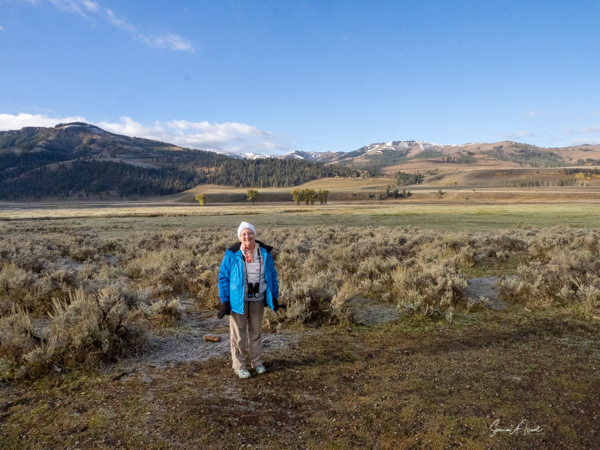











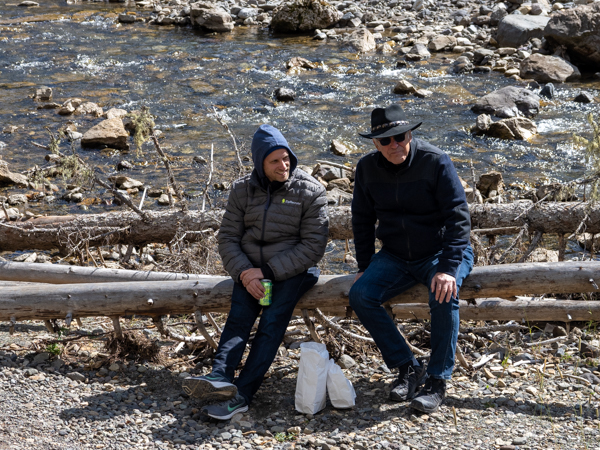
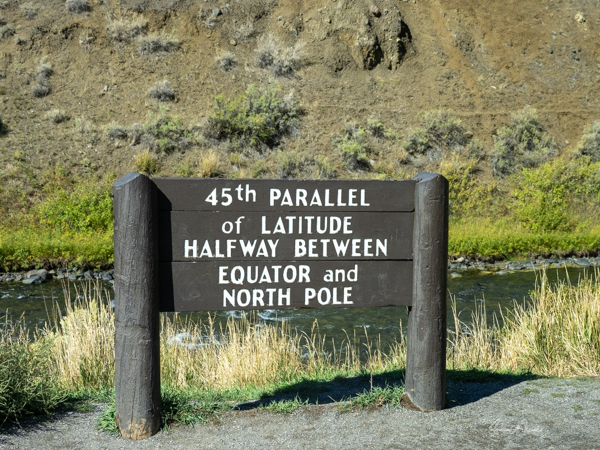
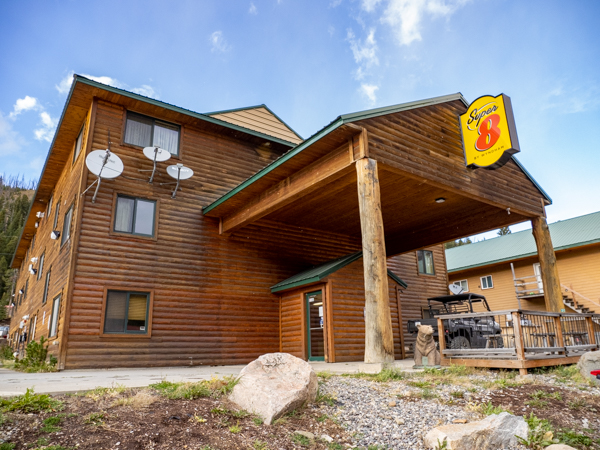
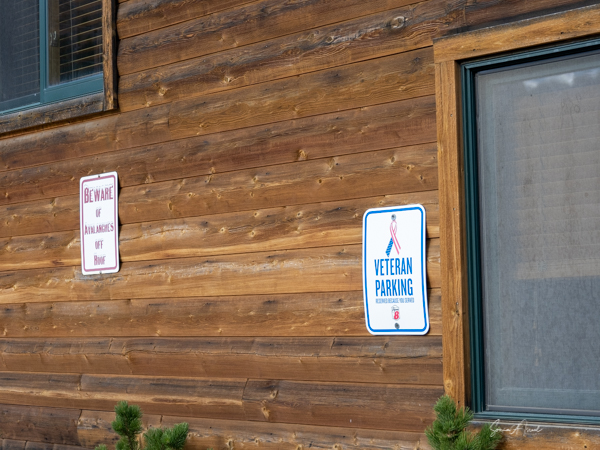
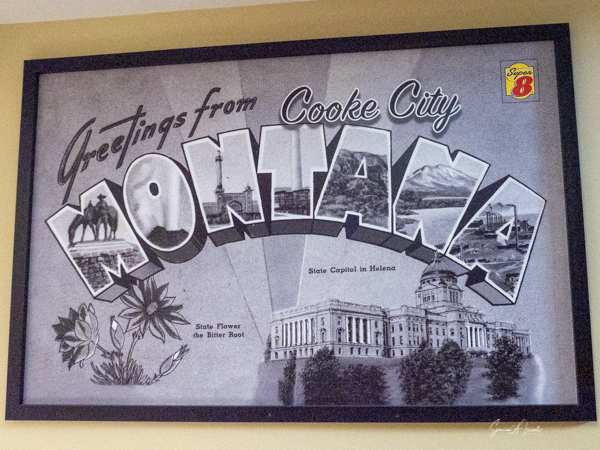

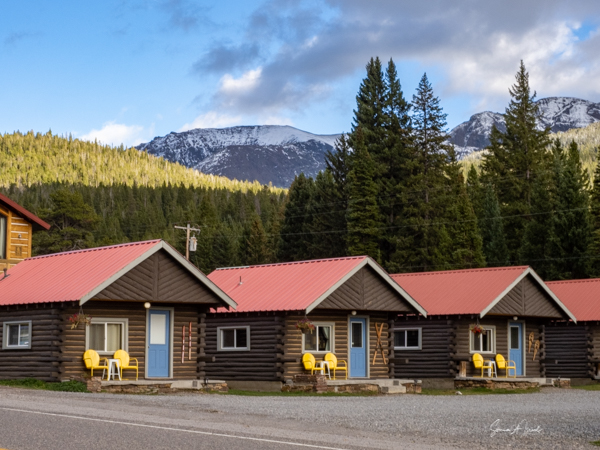
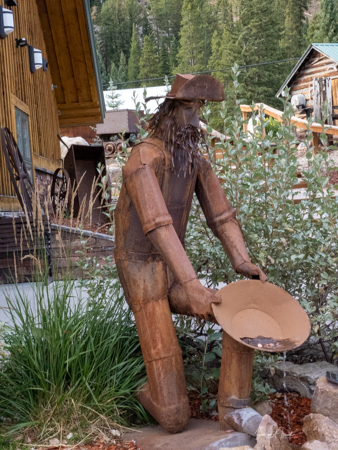
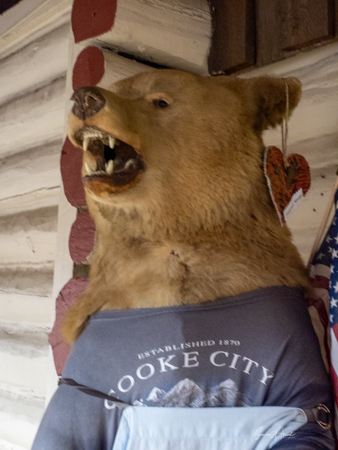
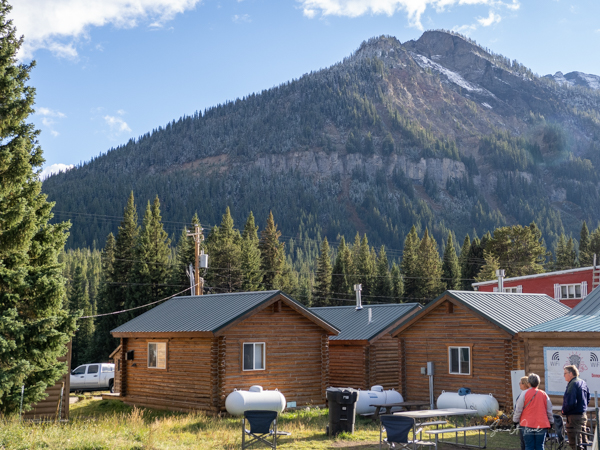
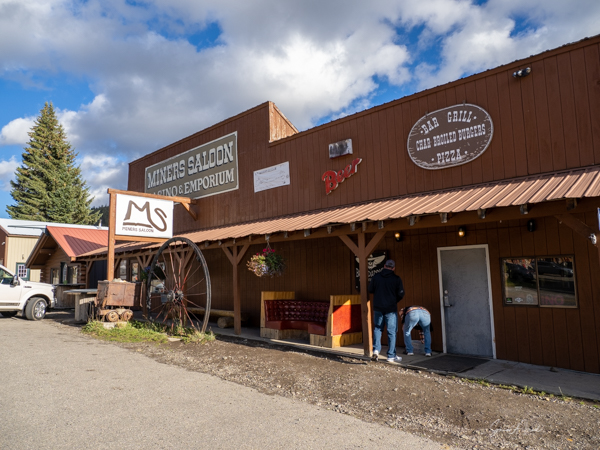
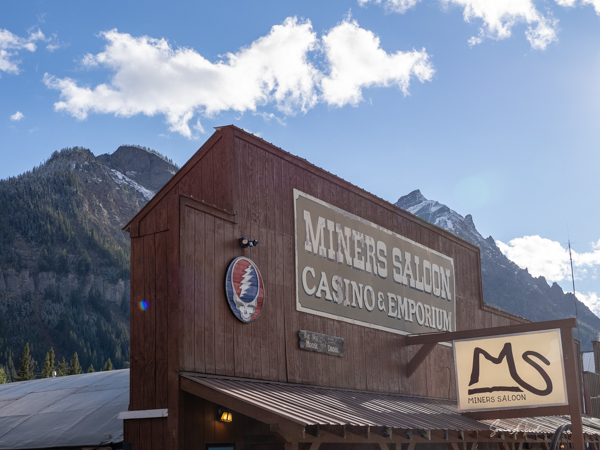
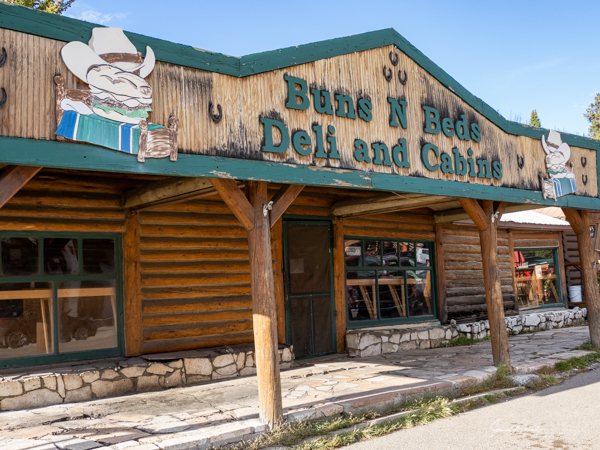
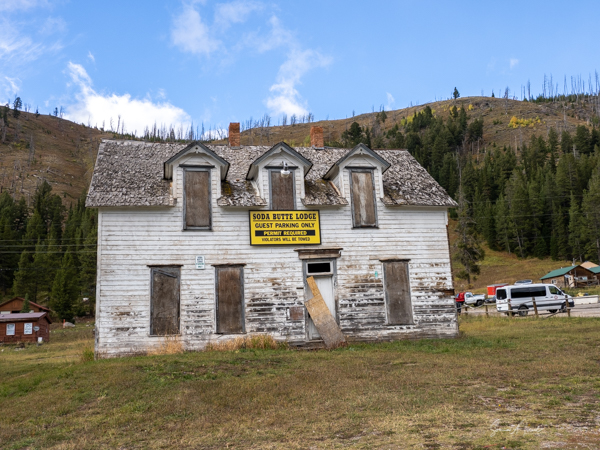
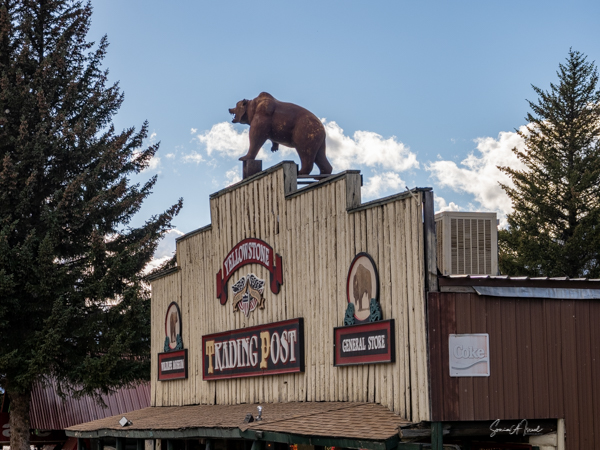
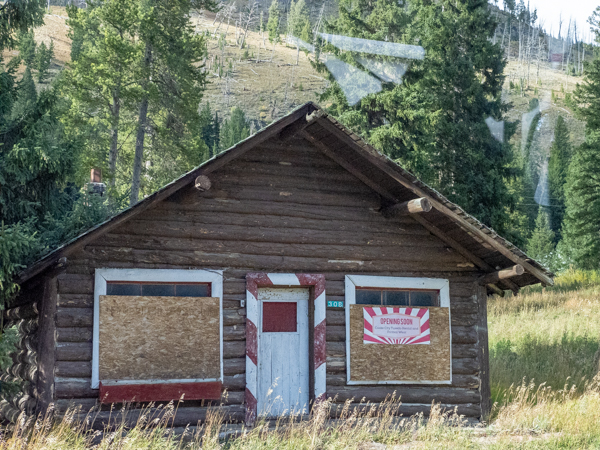
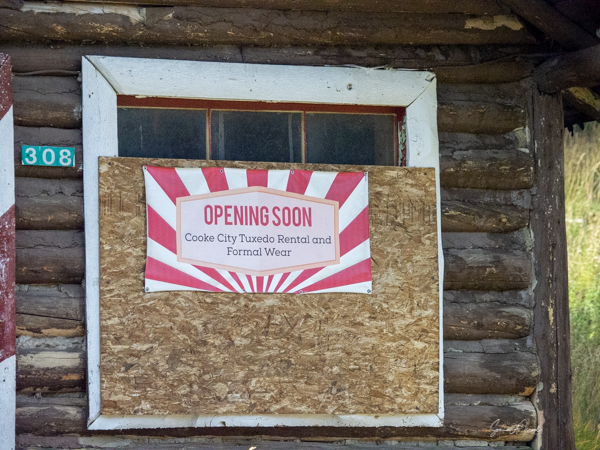











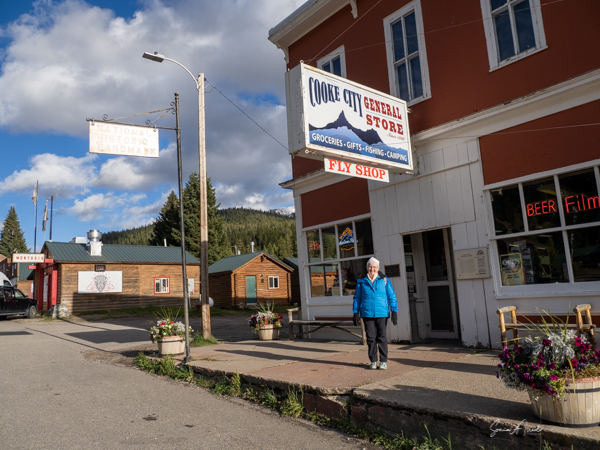

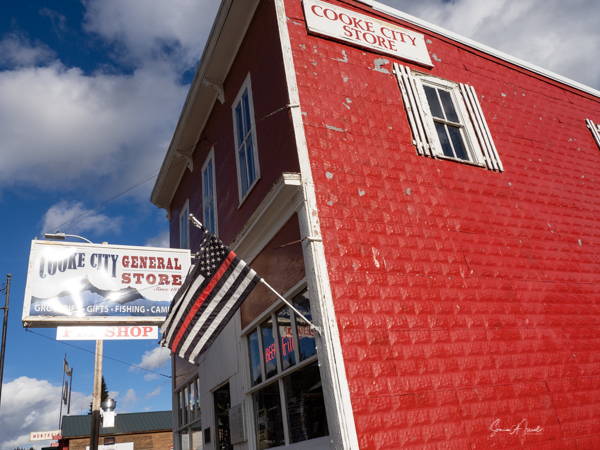
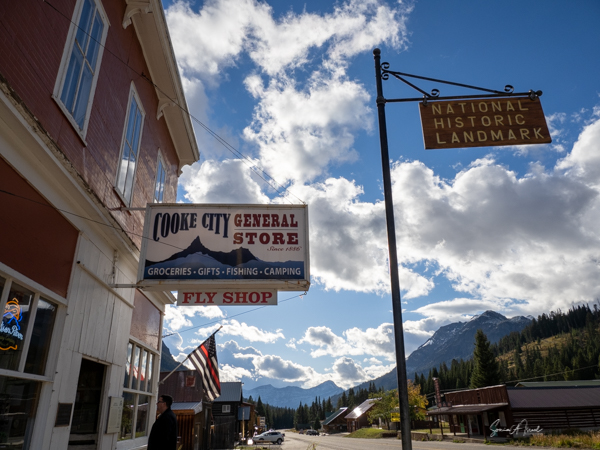







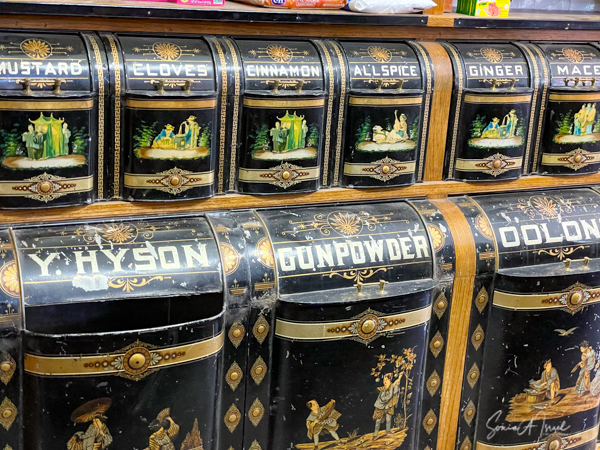




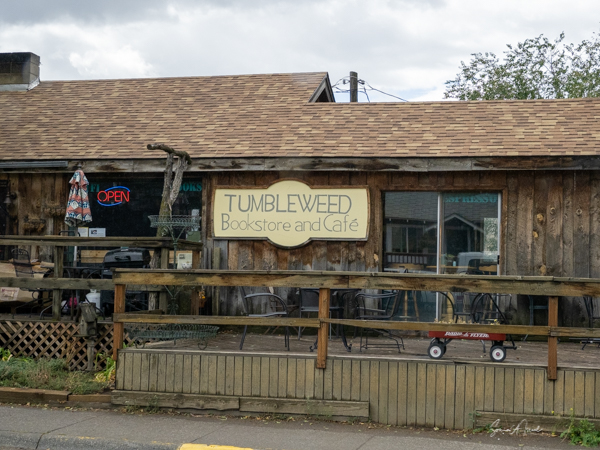



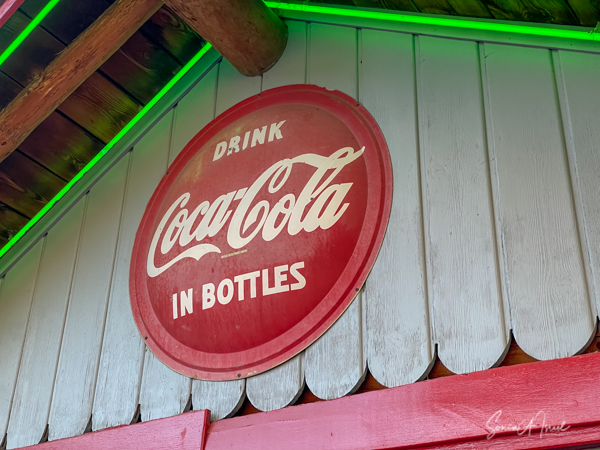



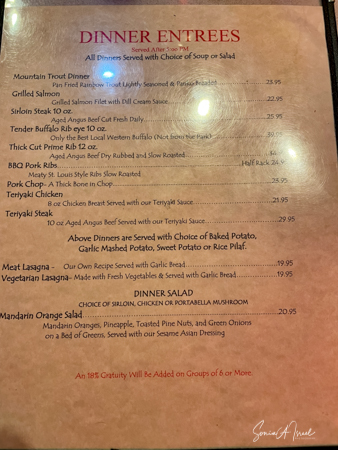
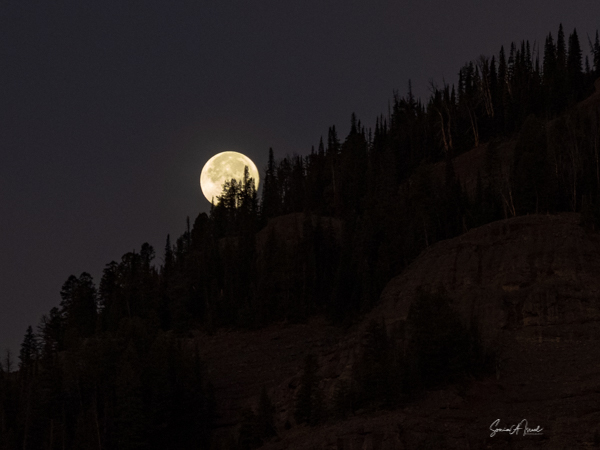
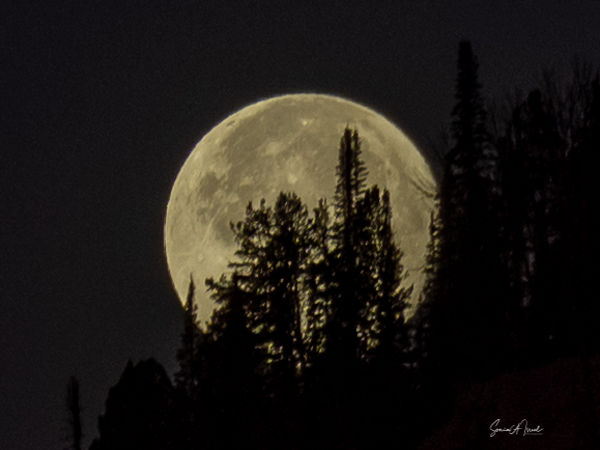
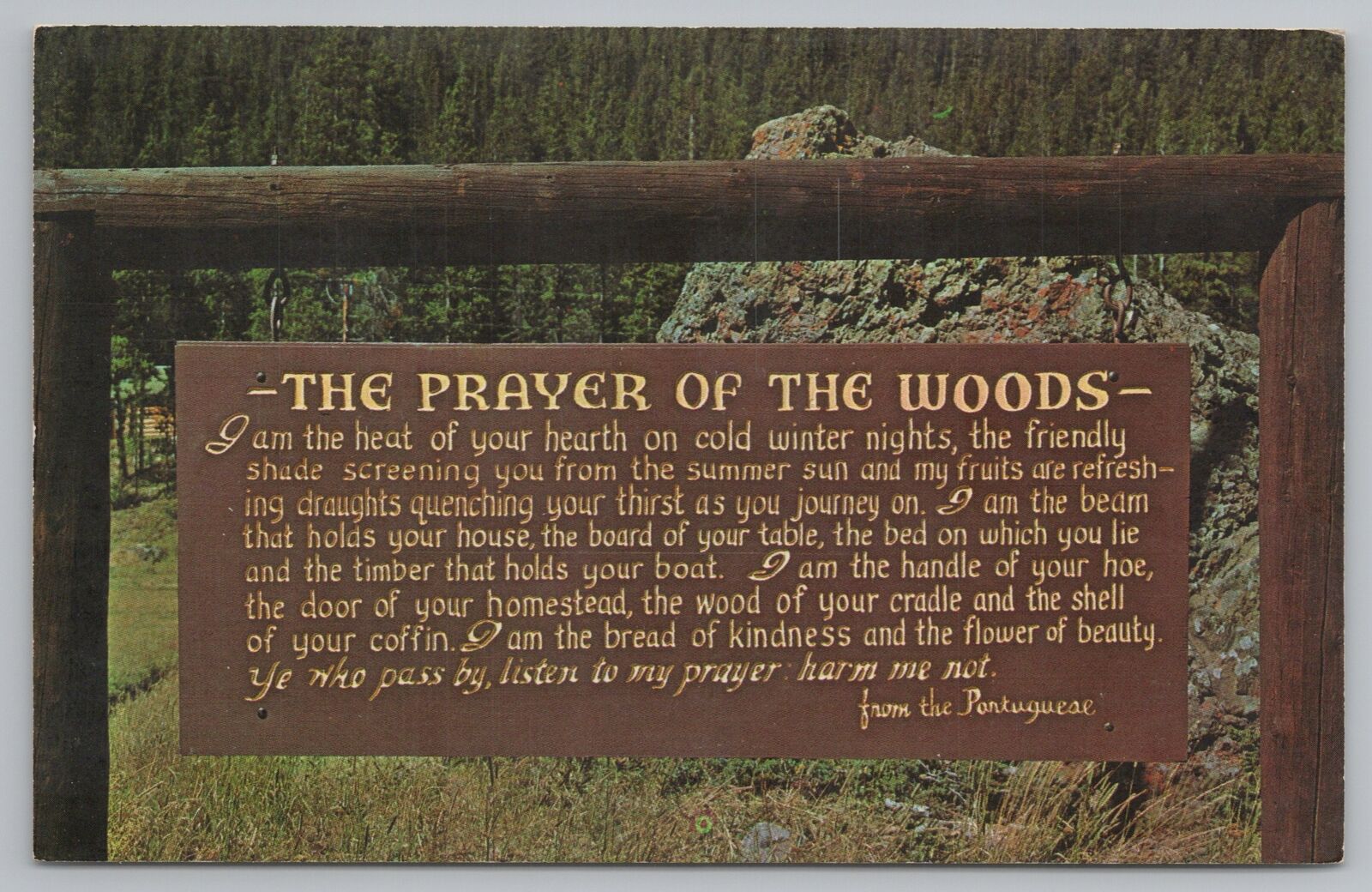
Leave a Reply